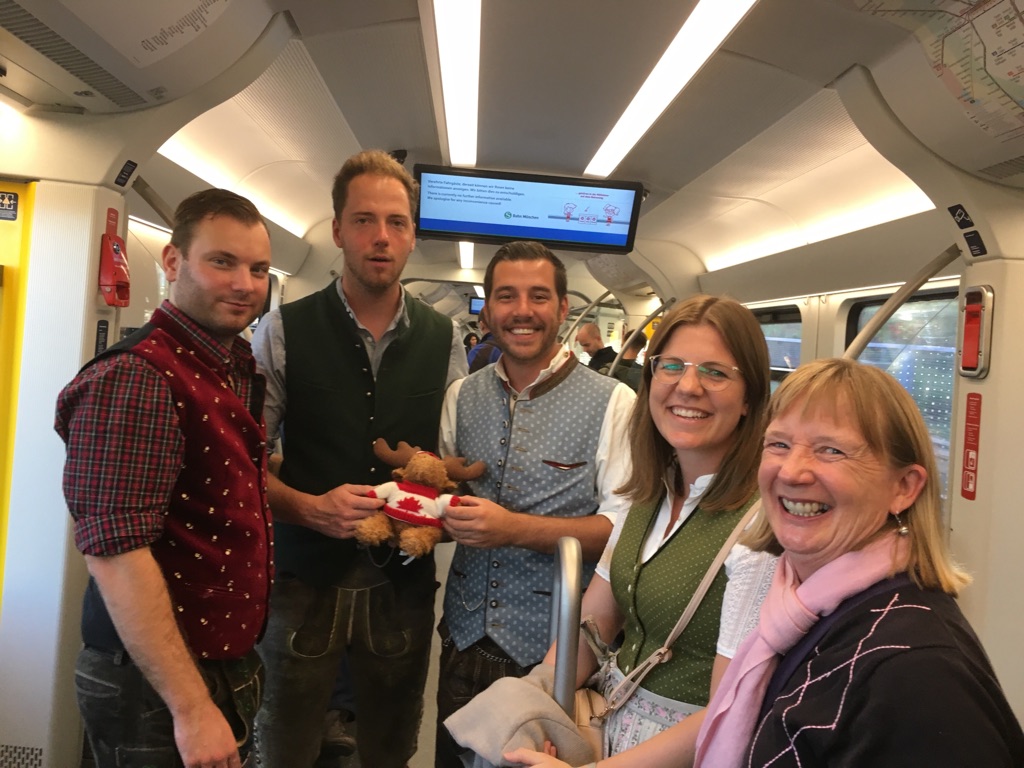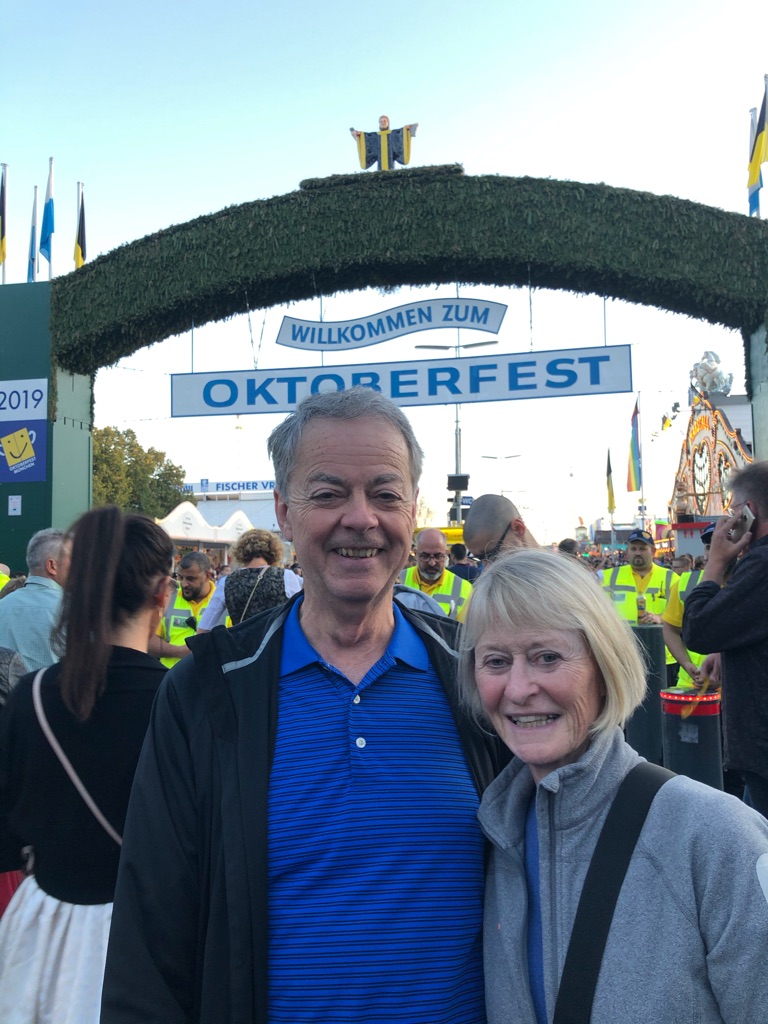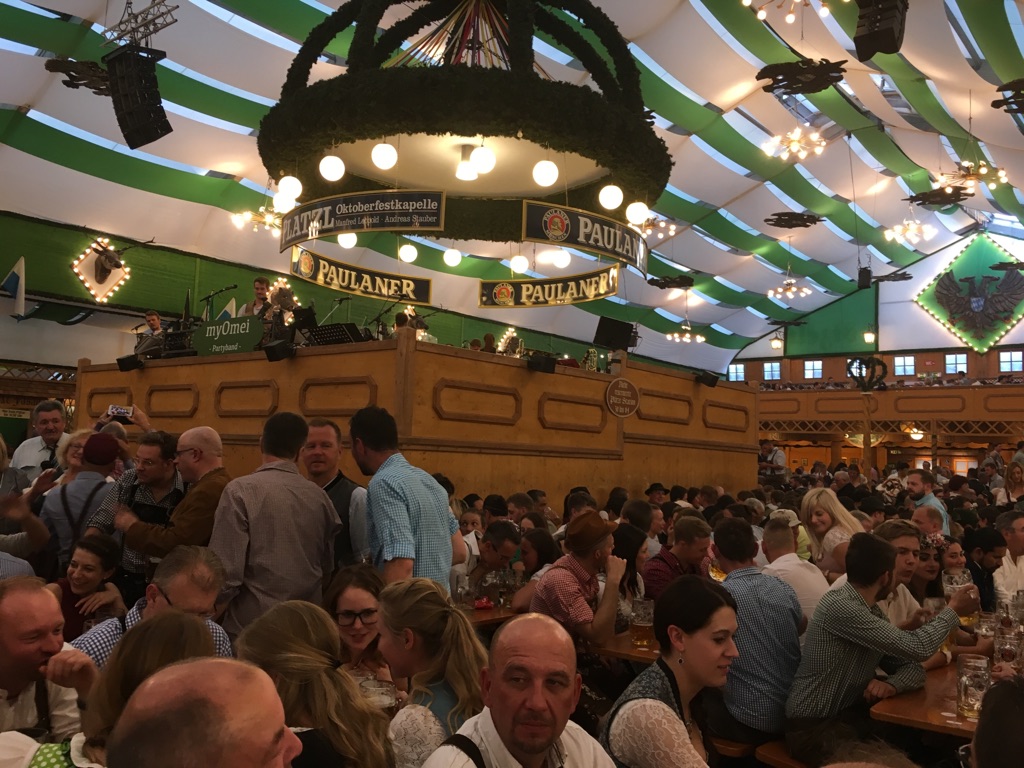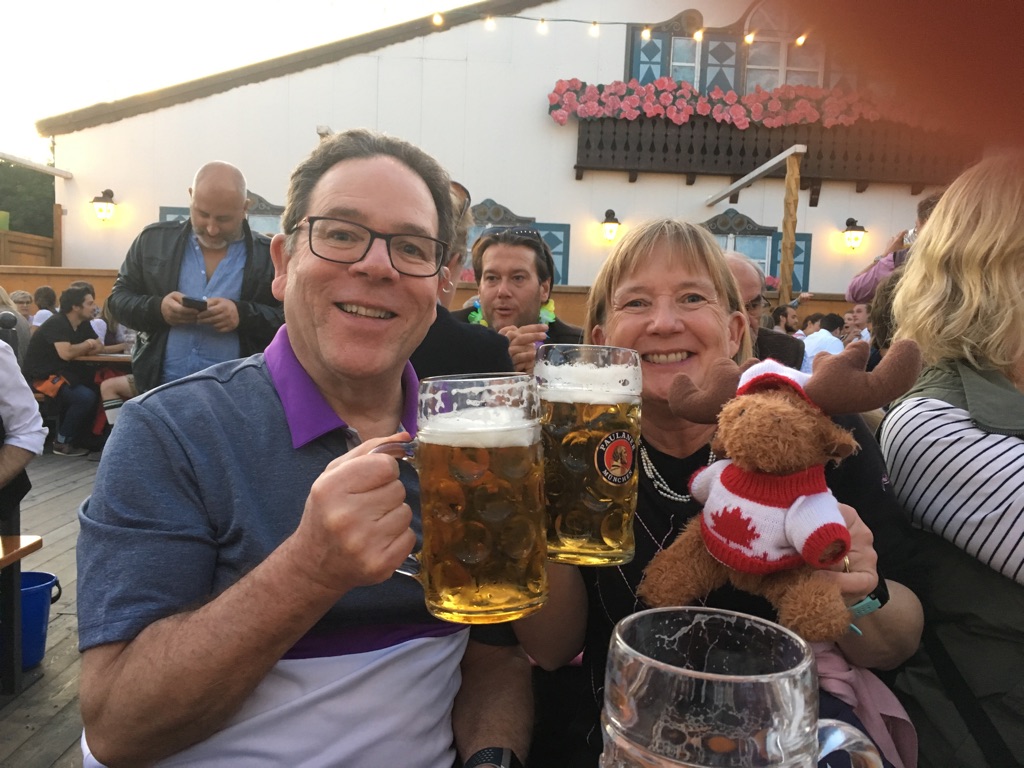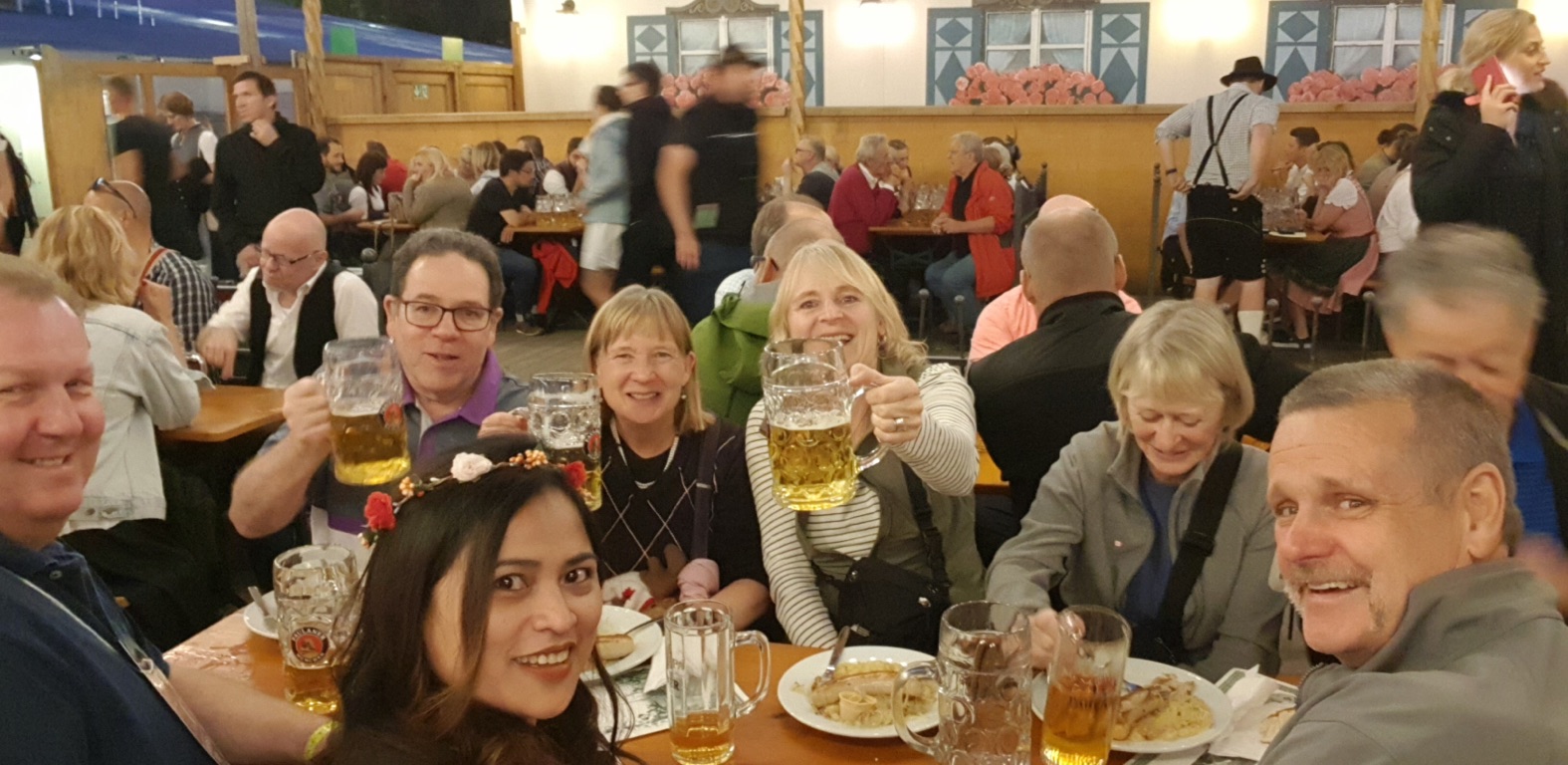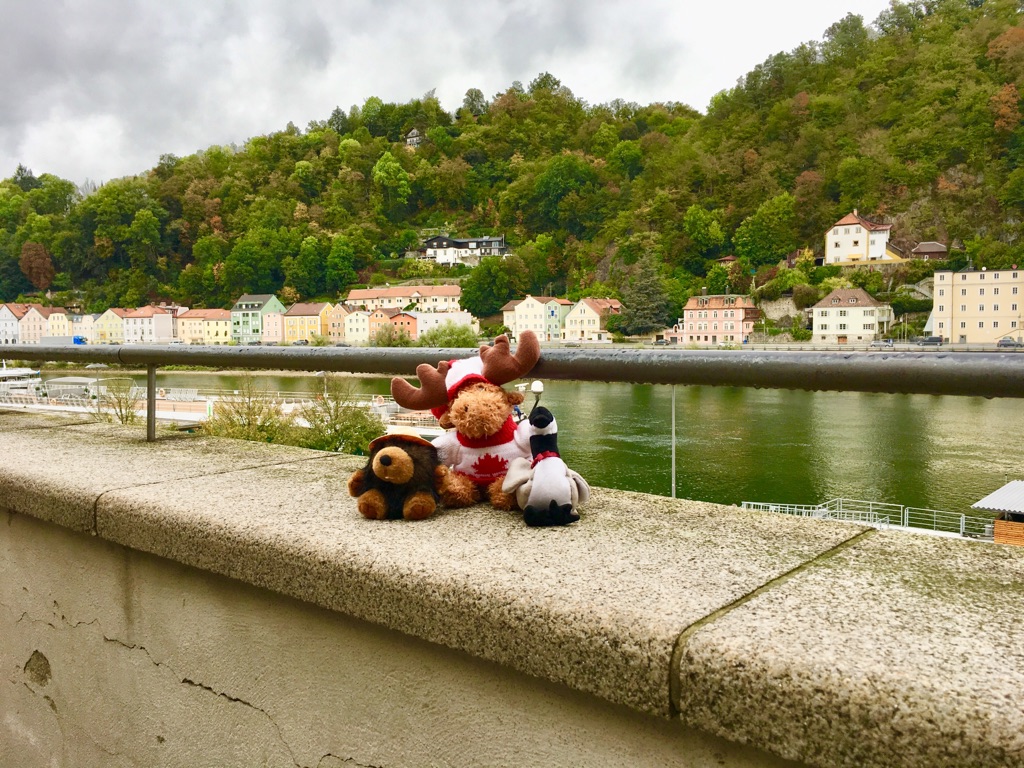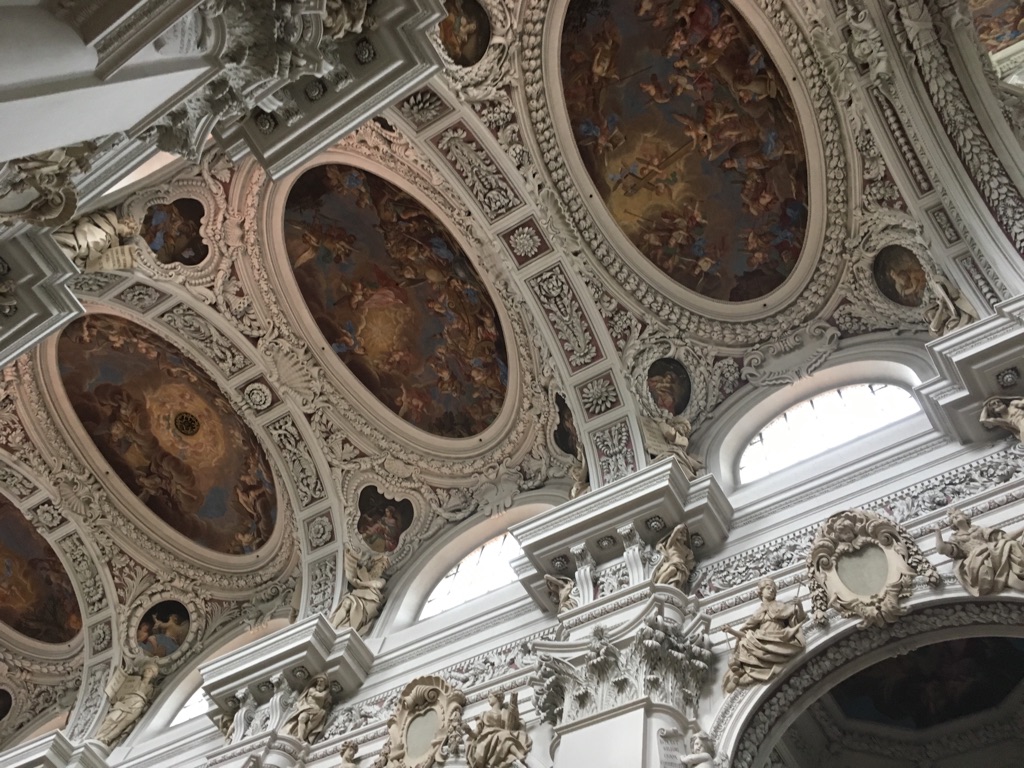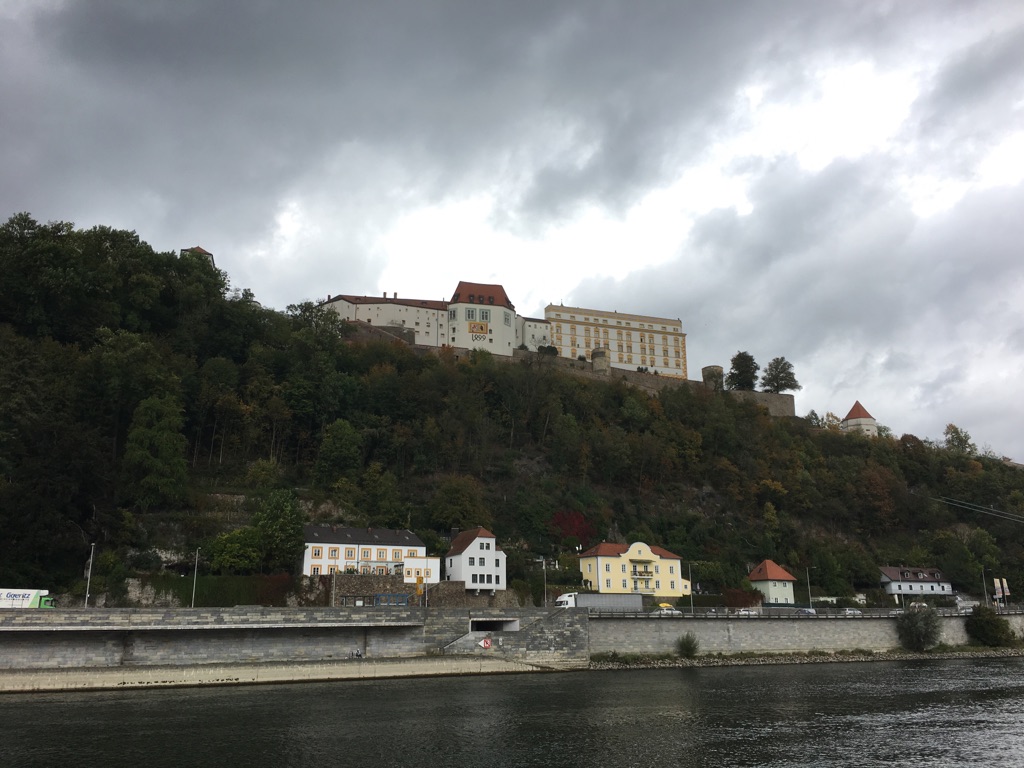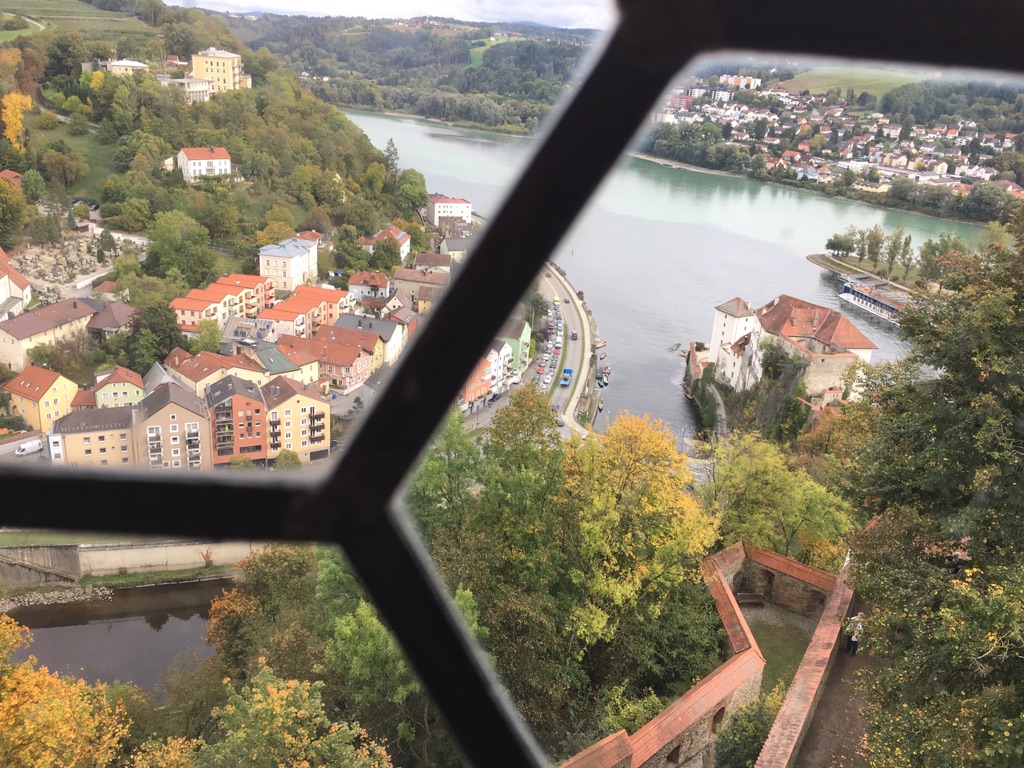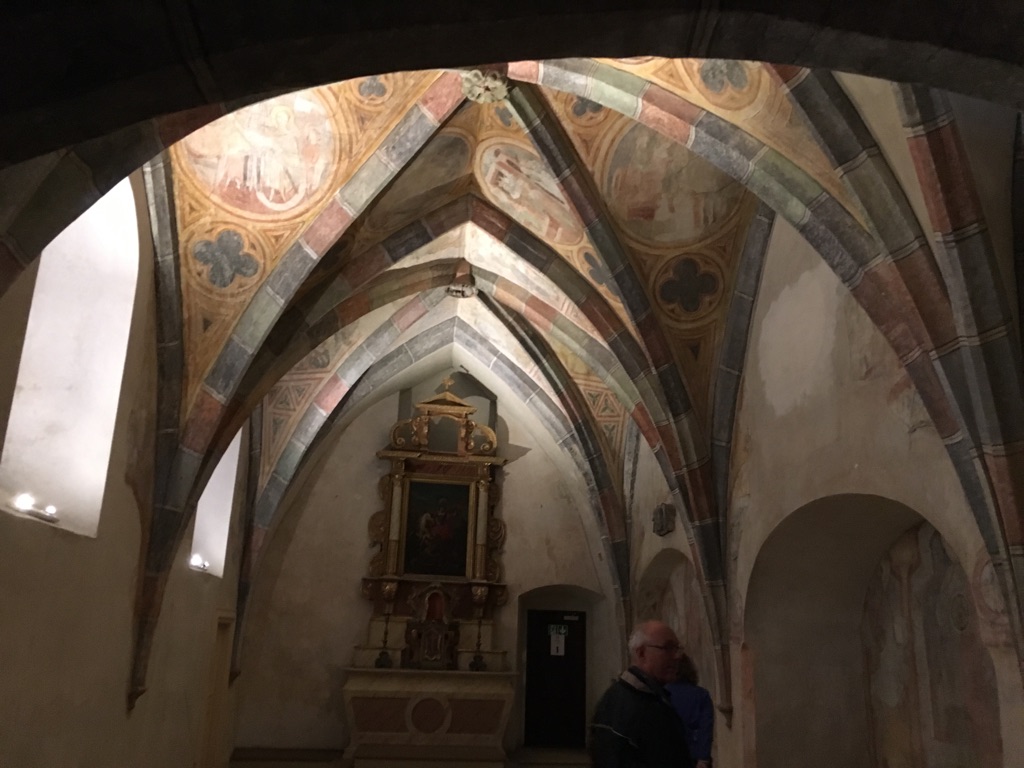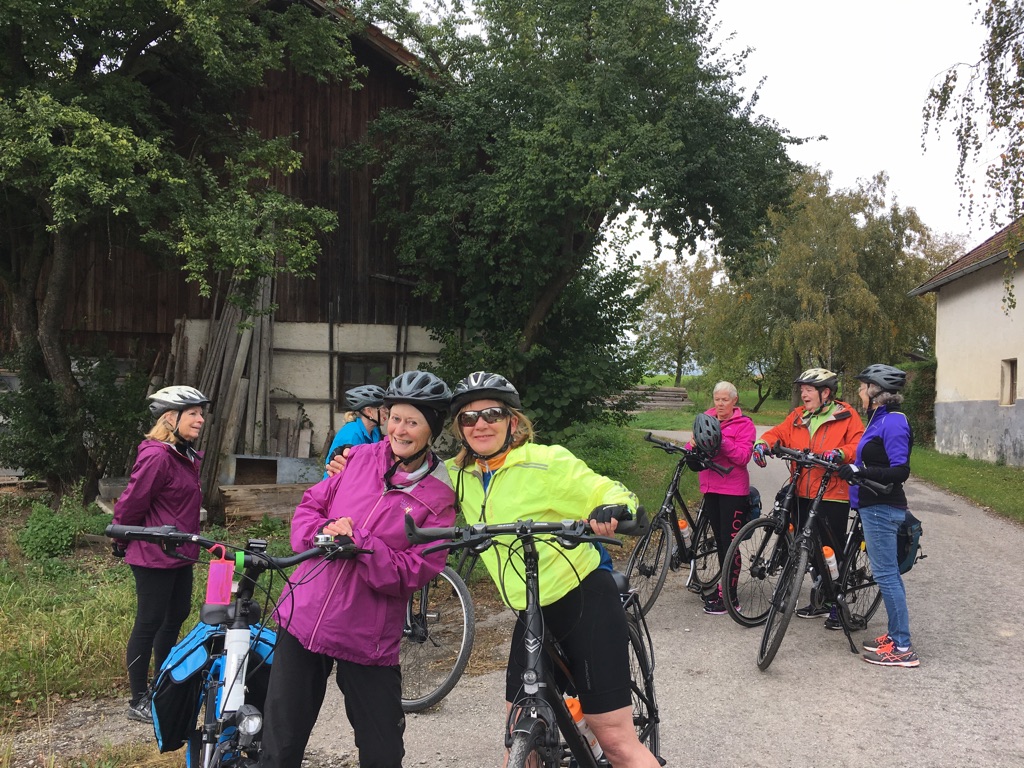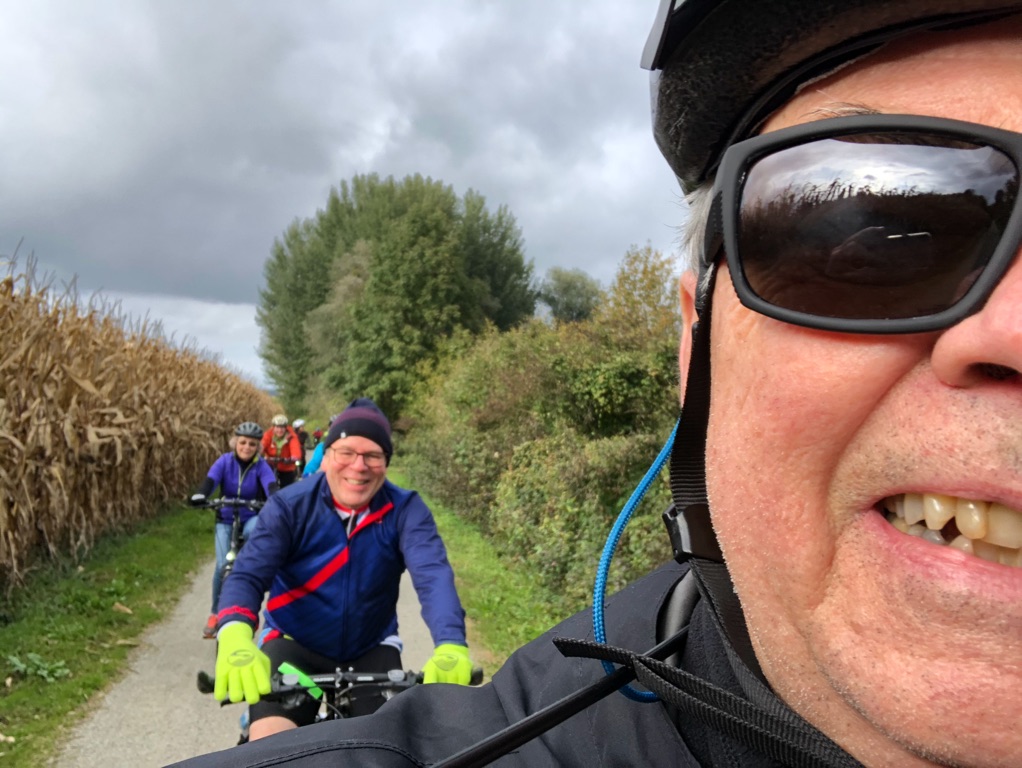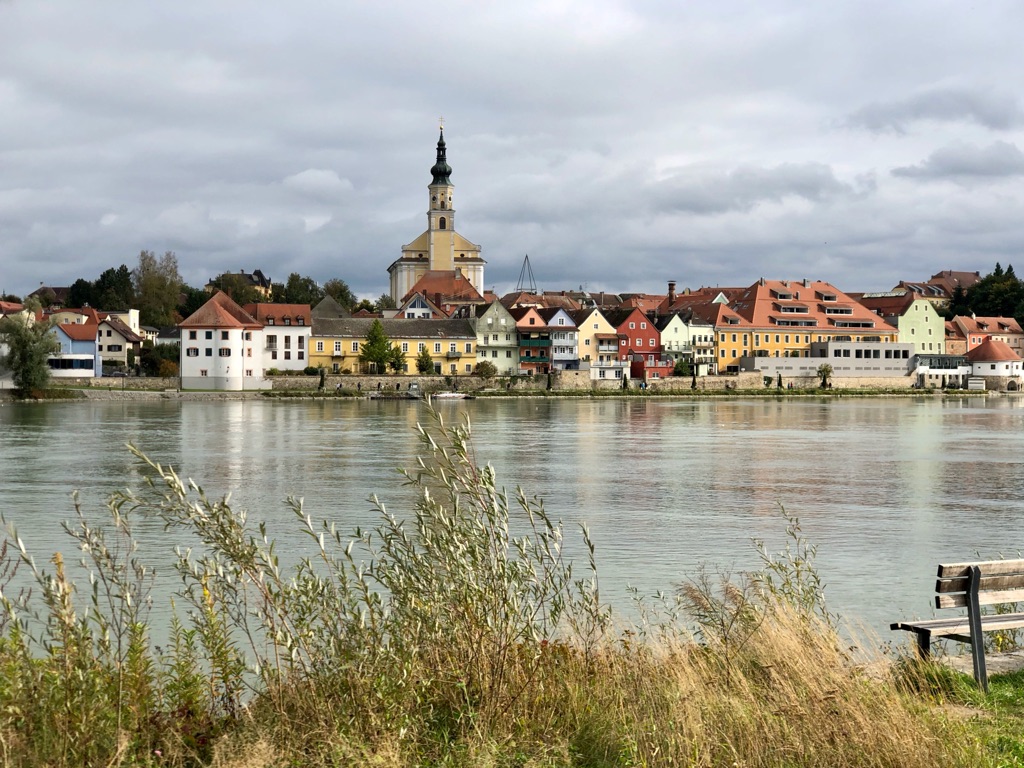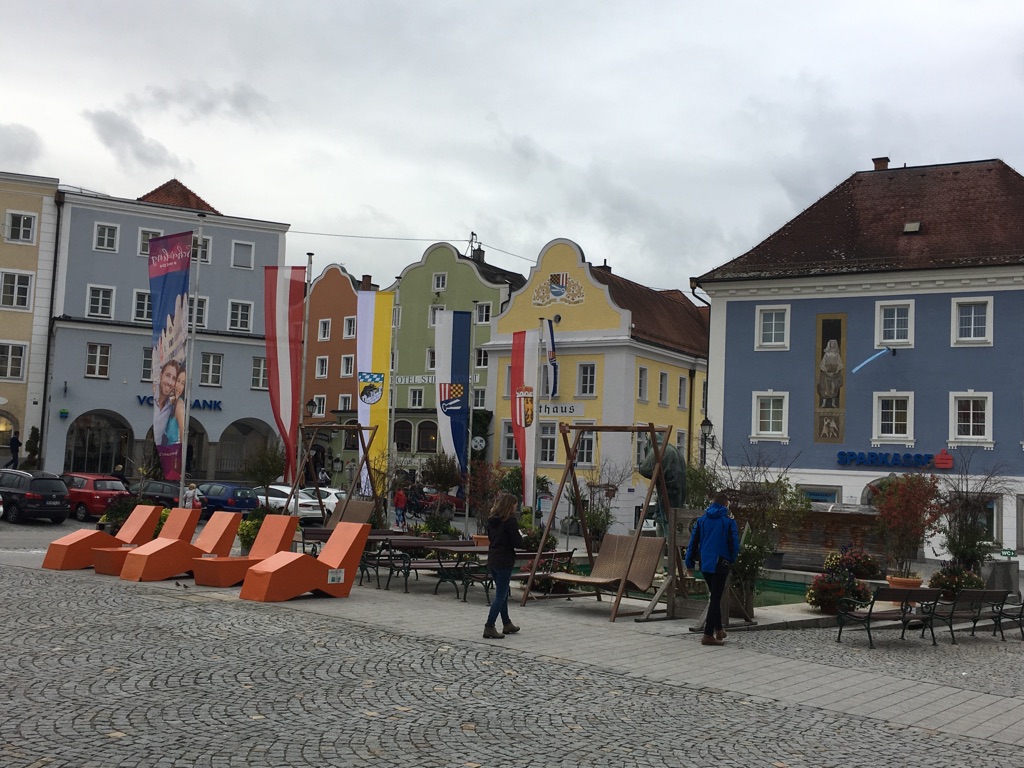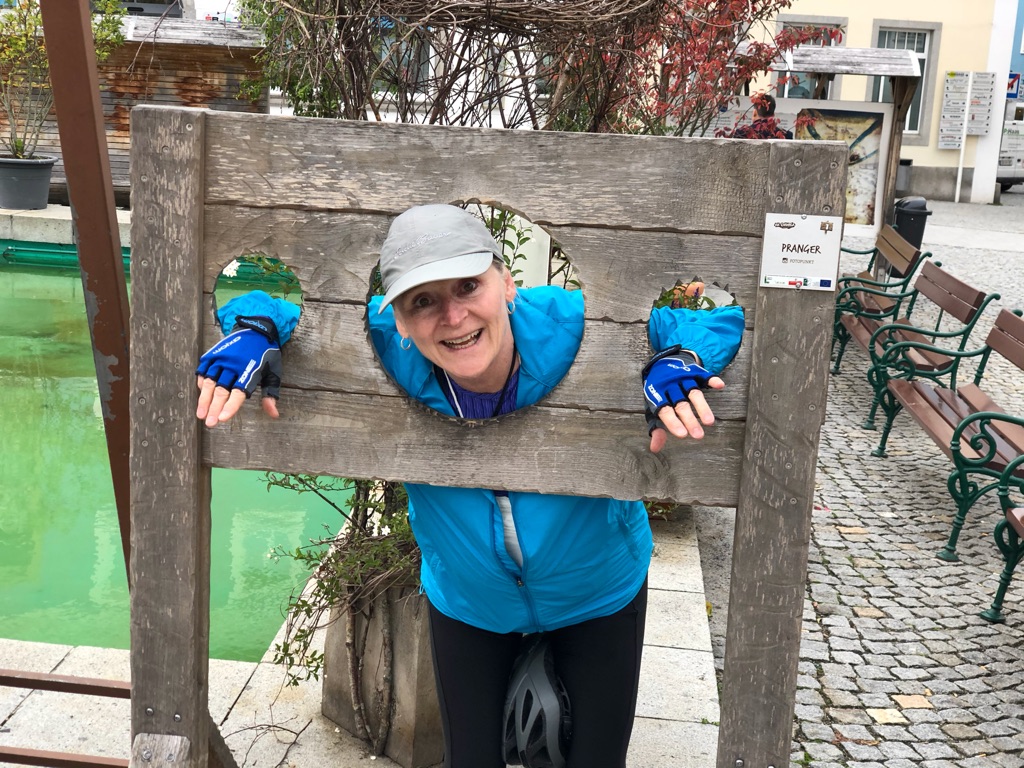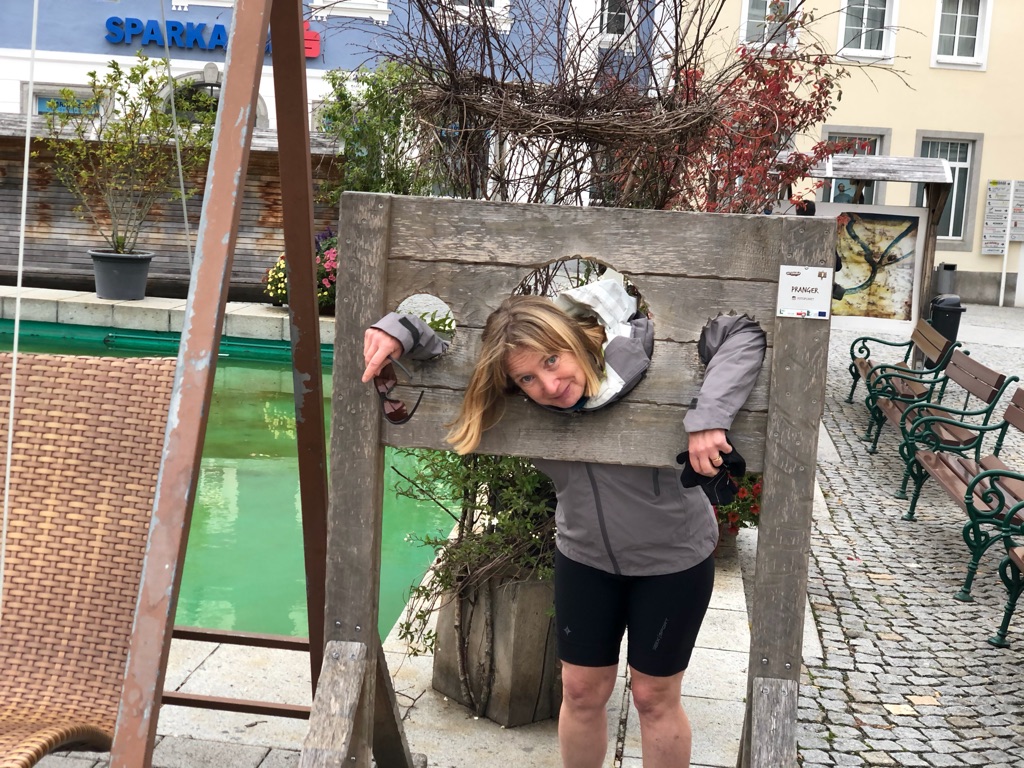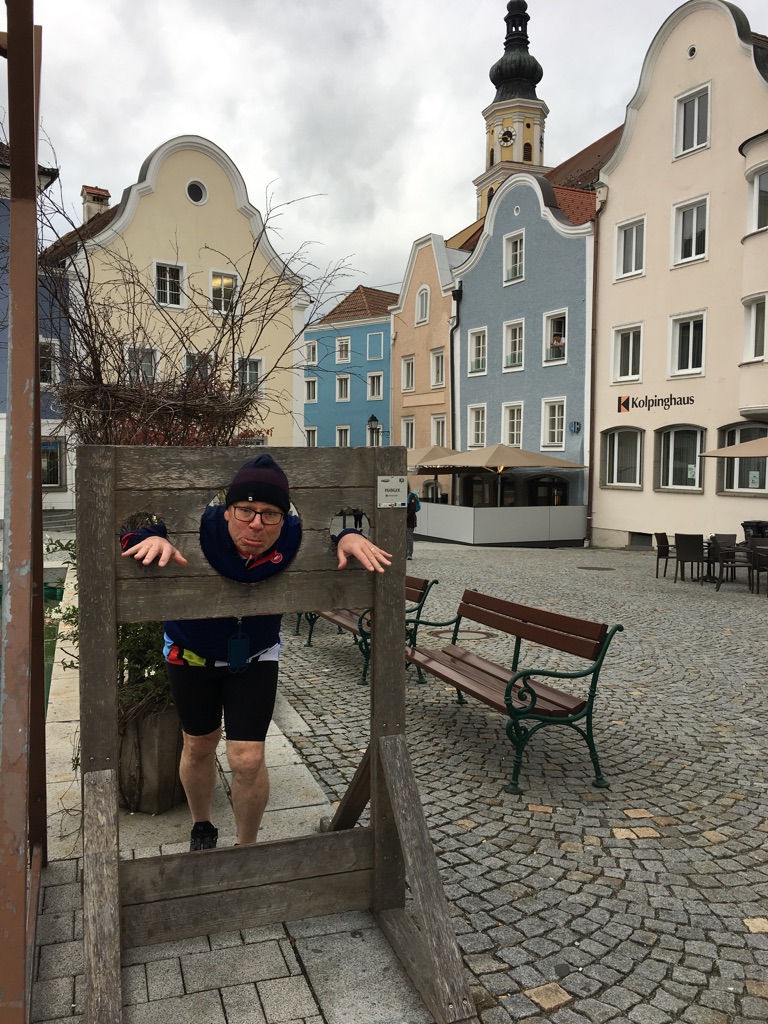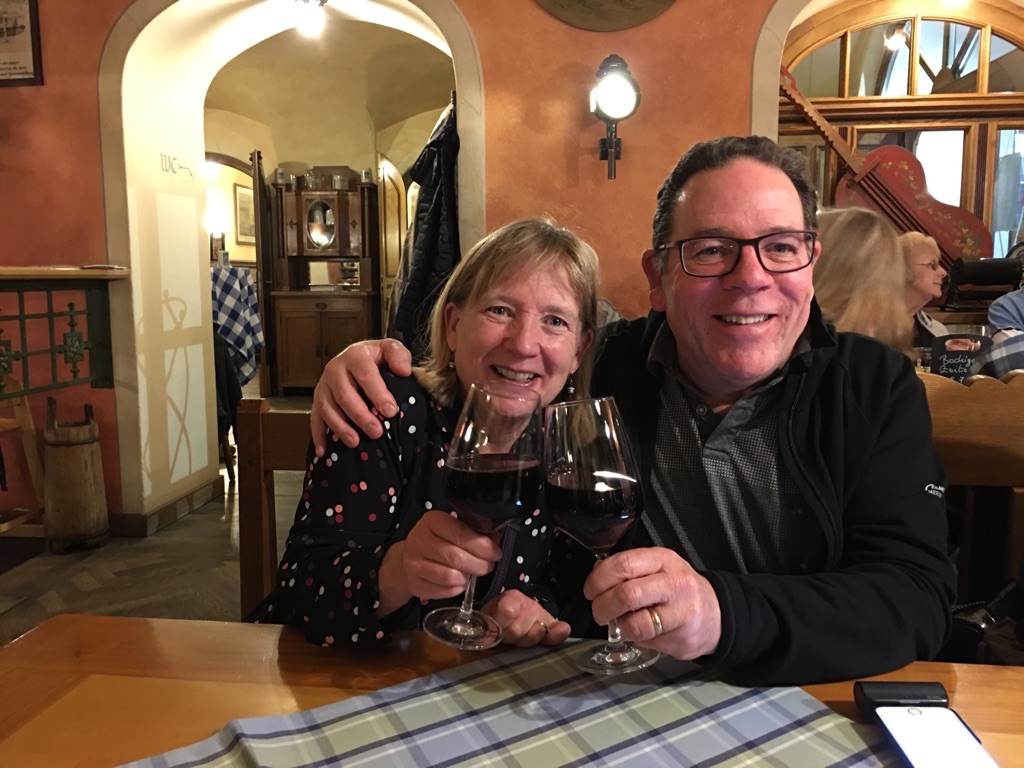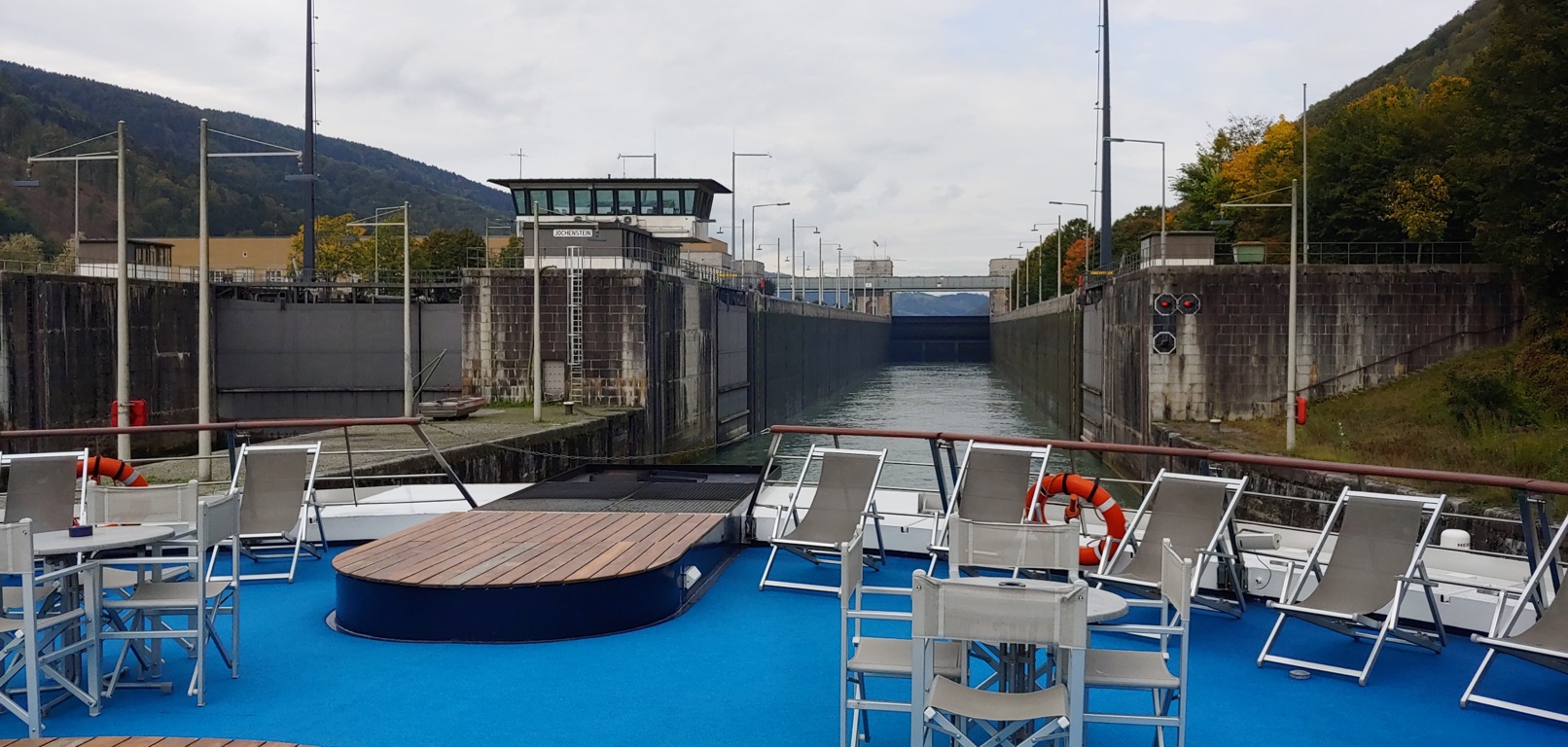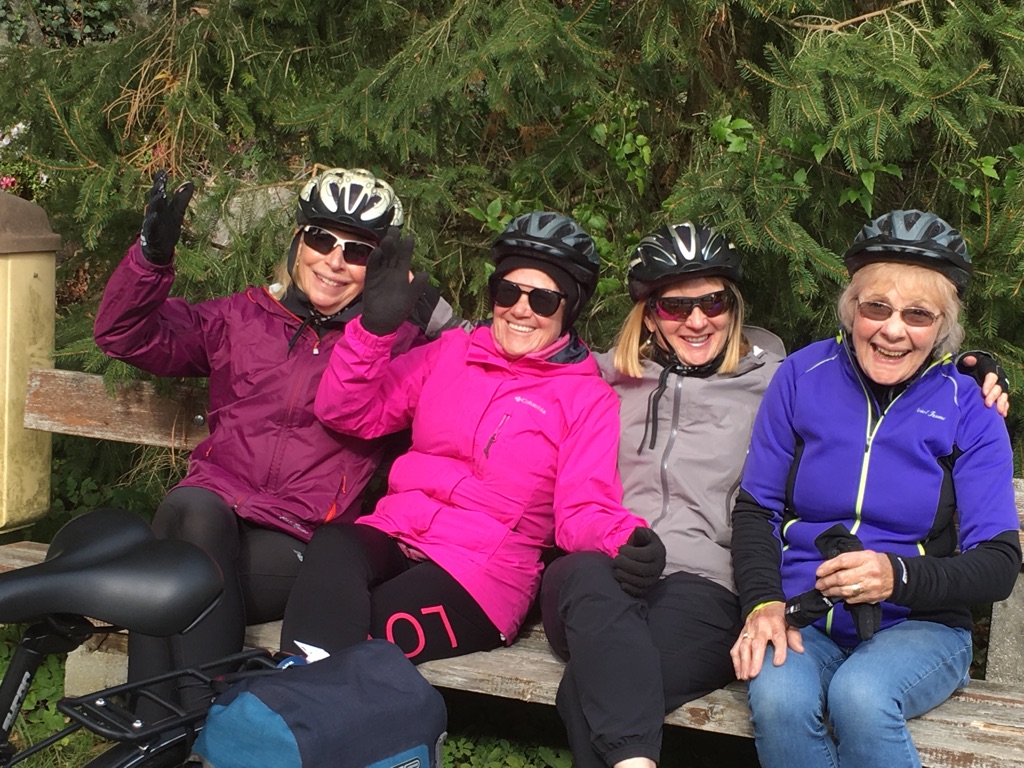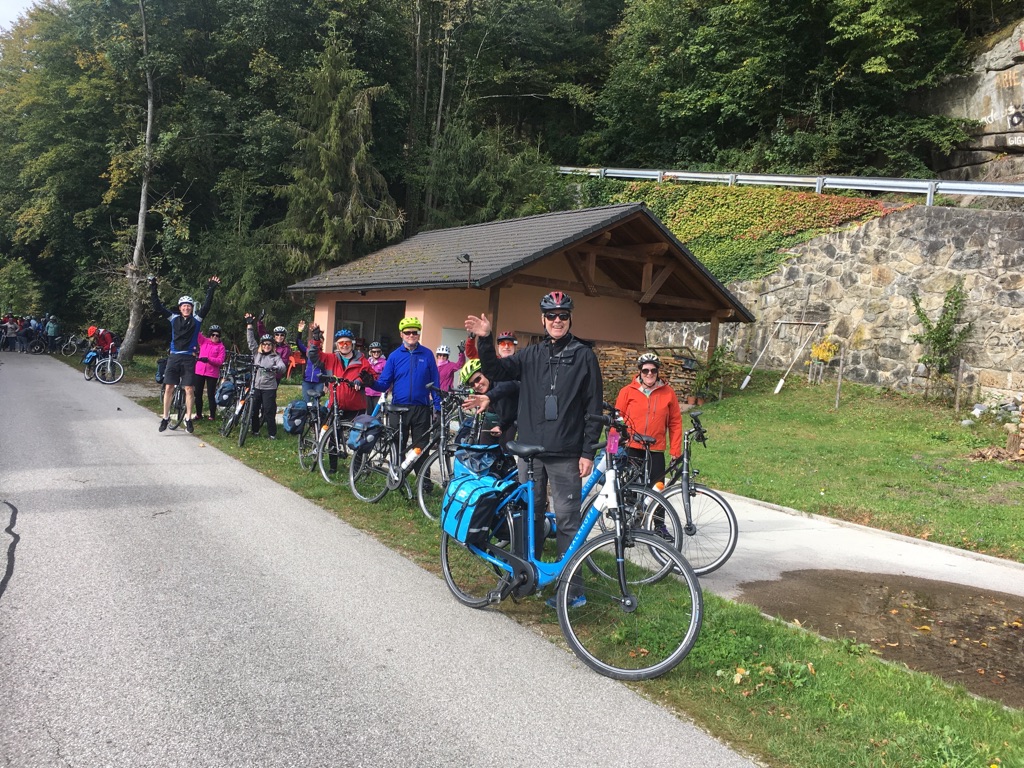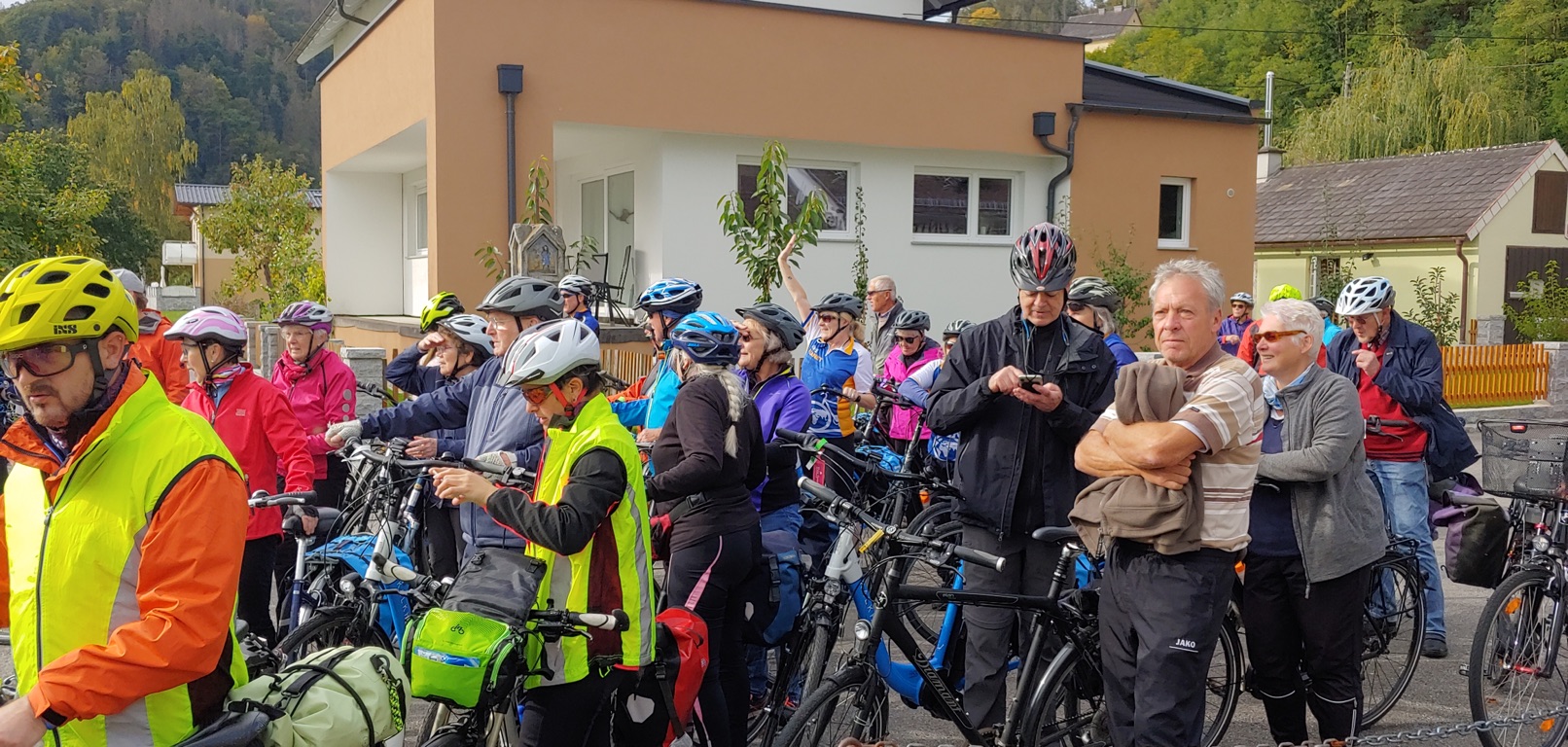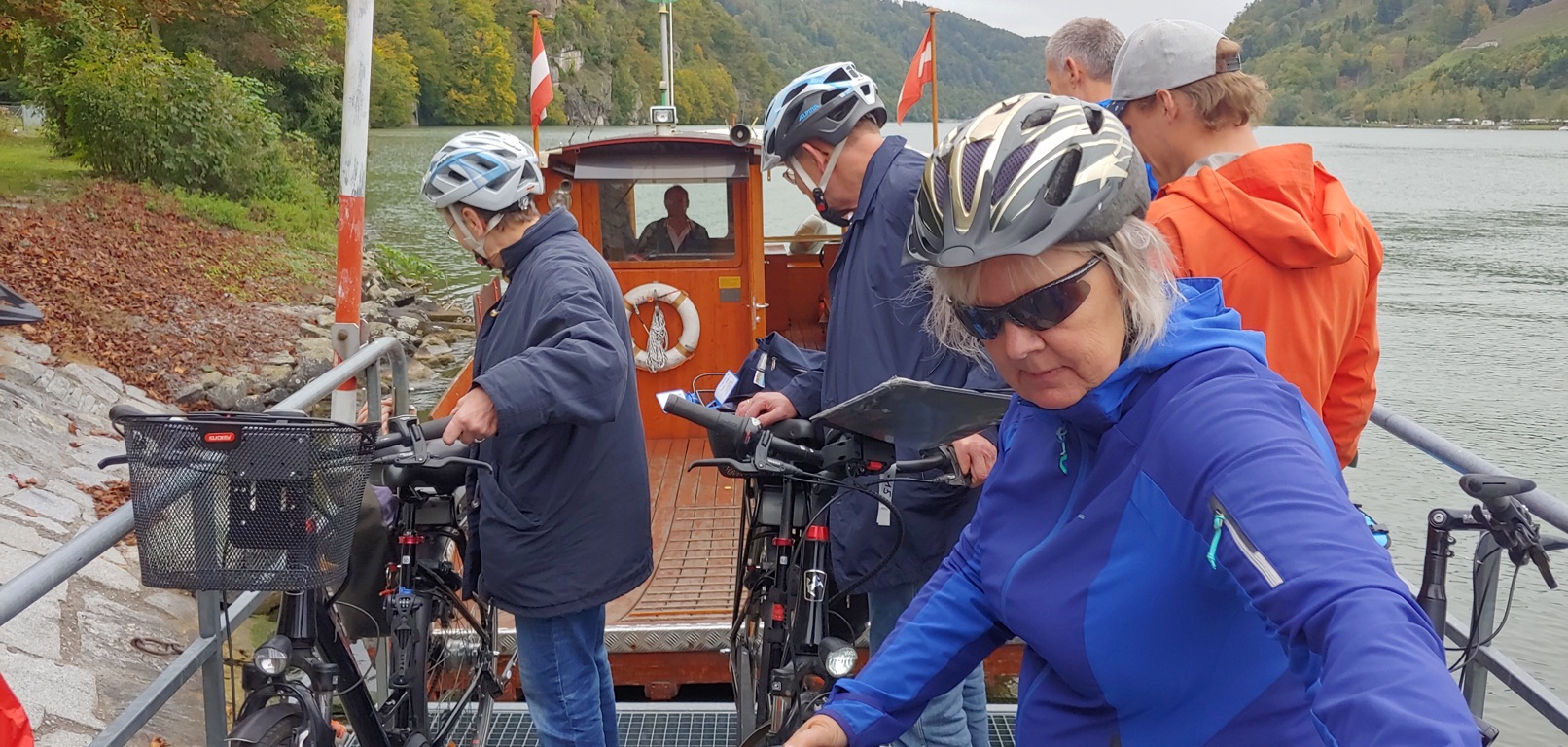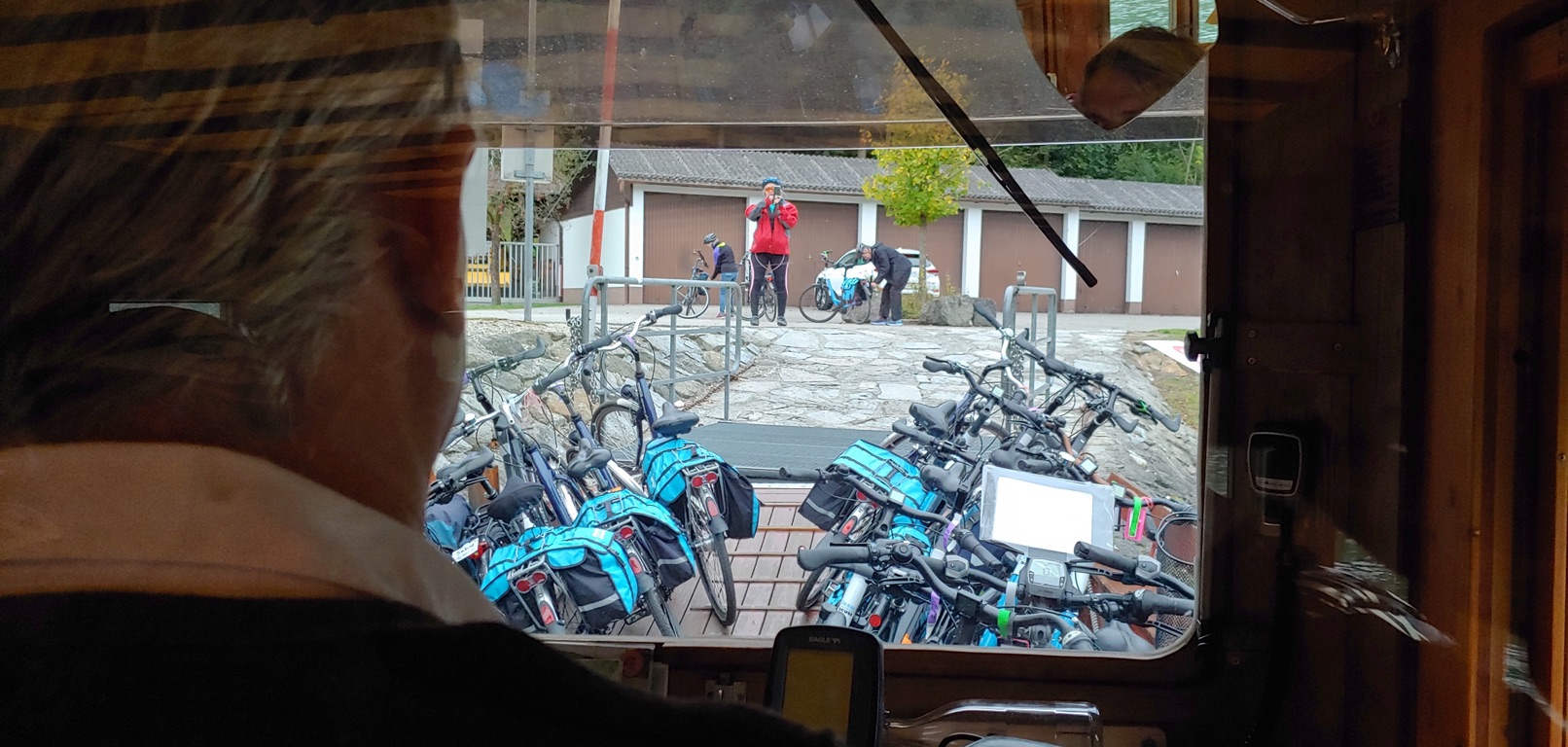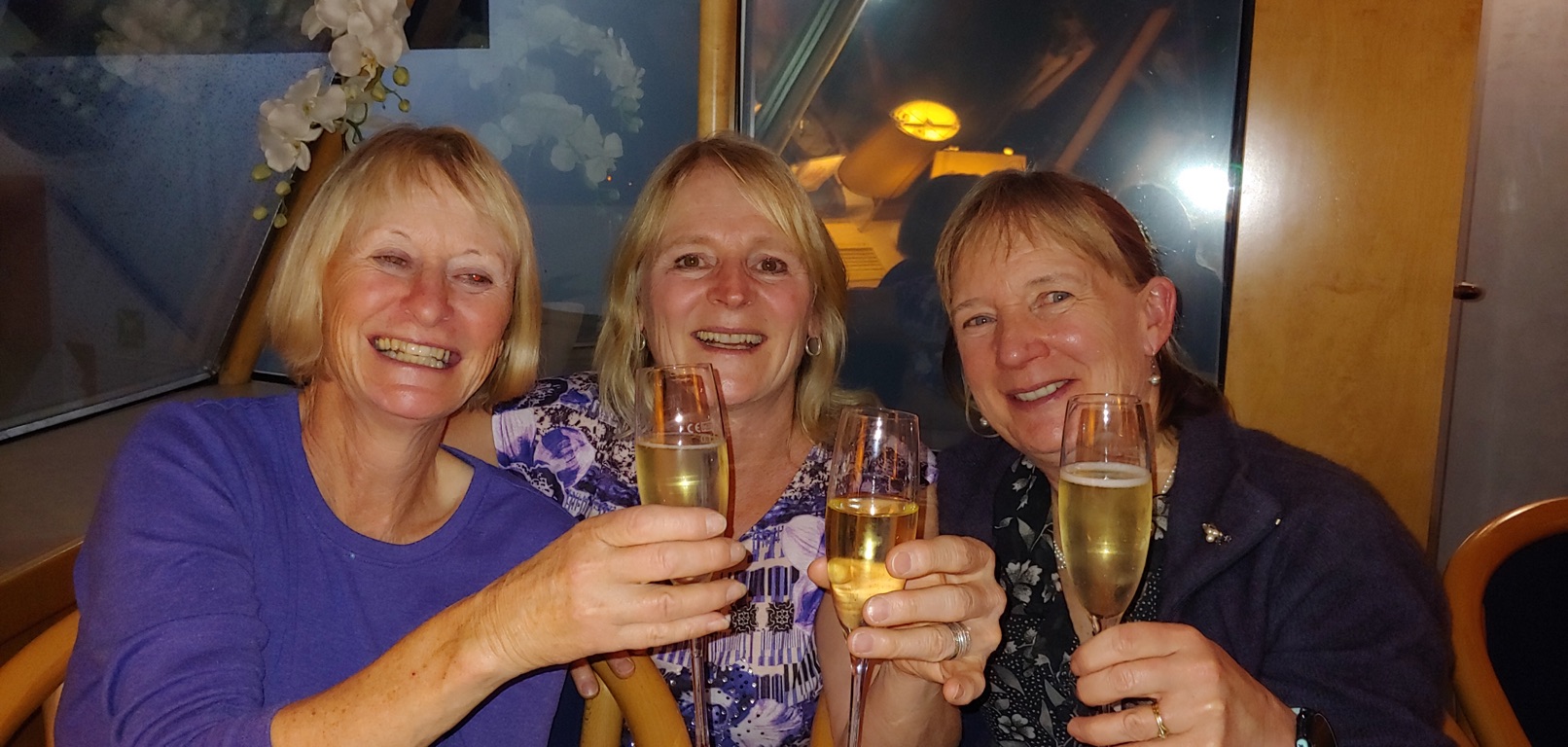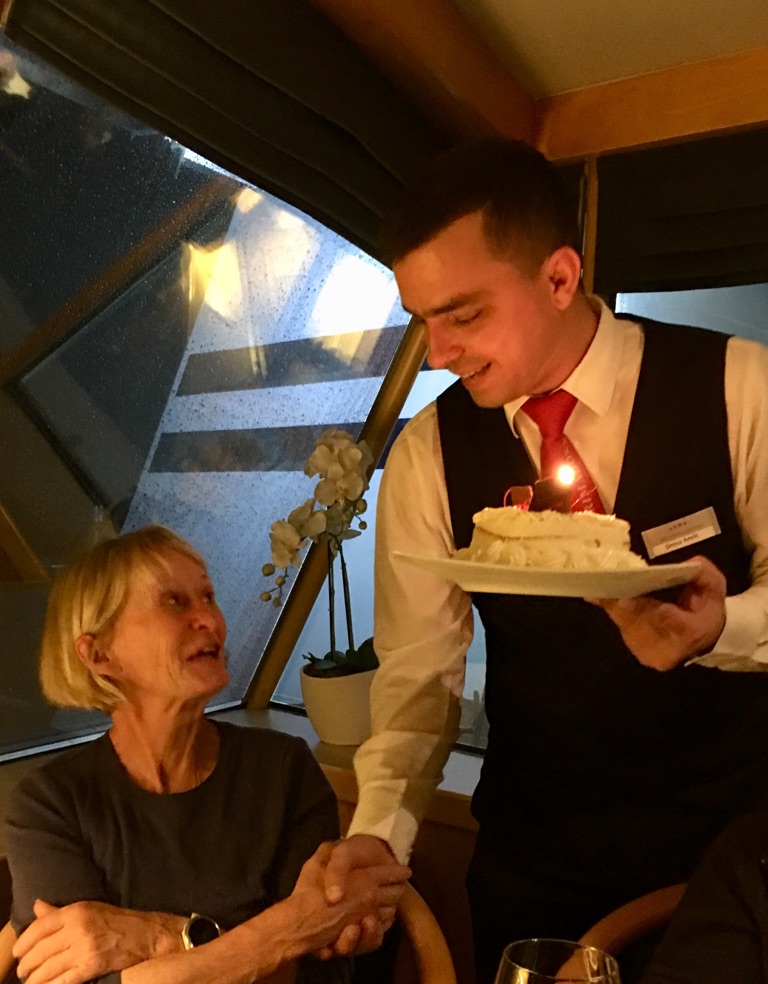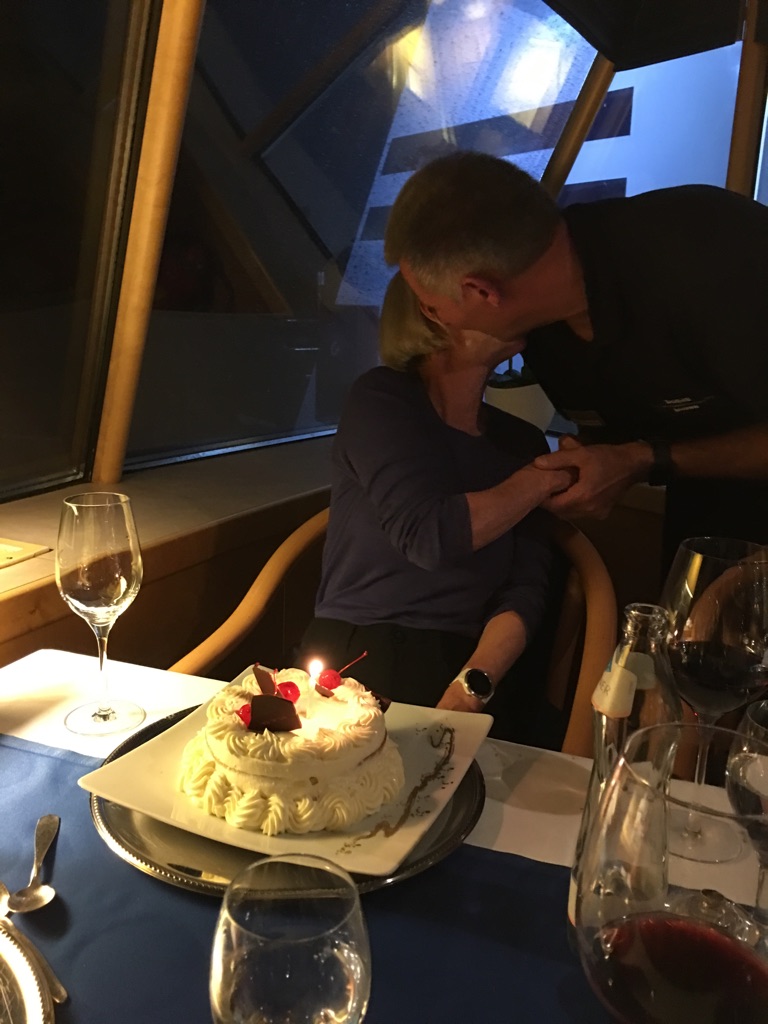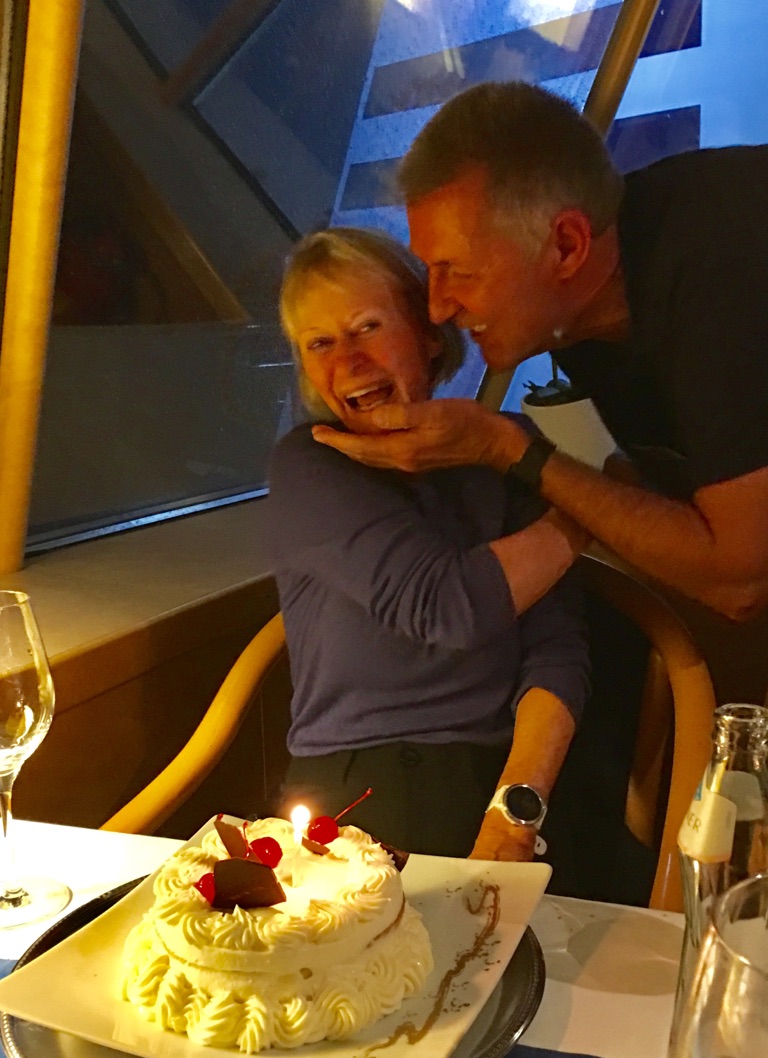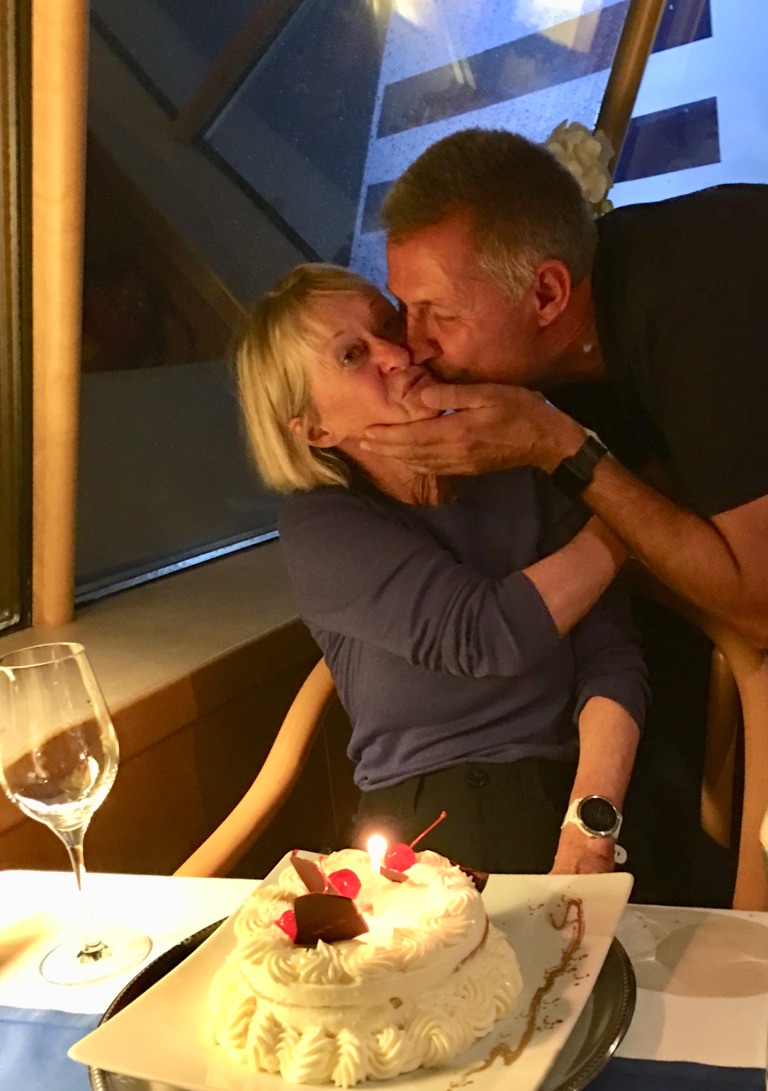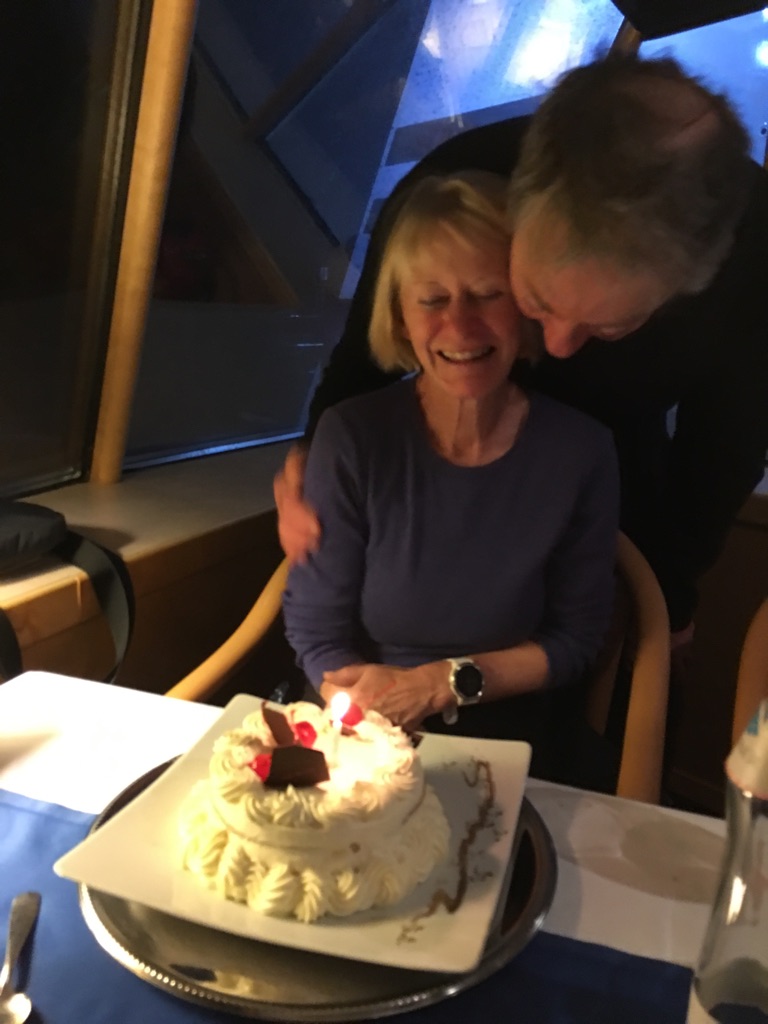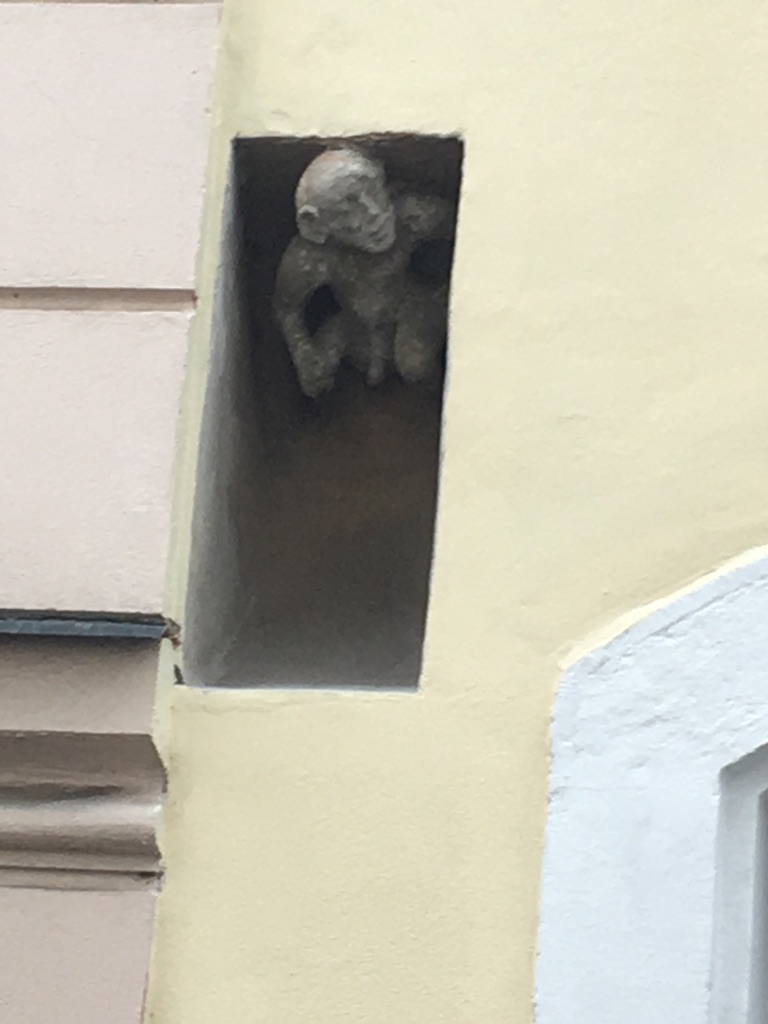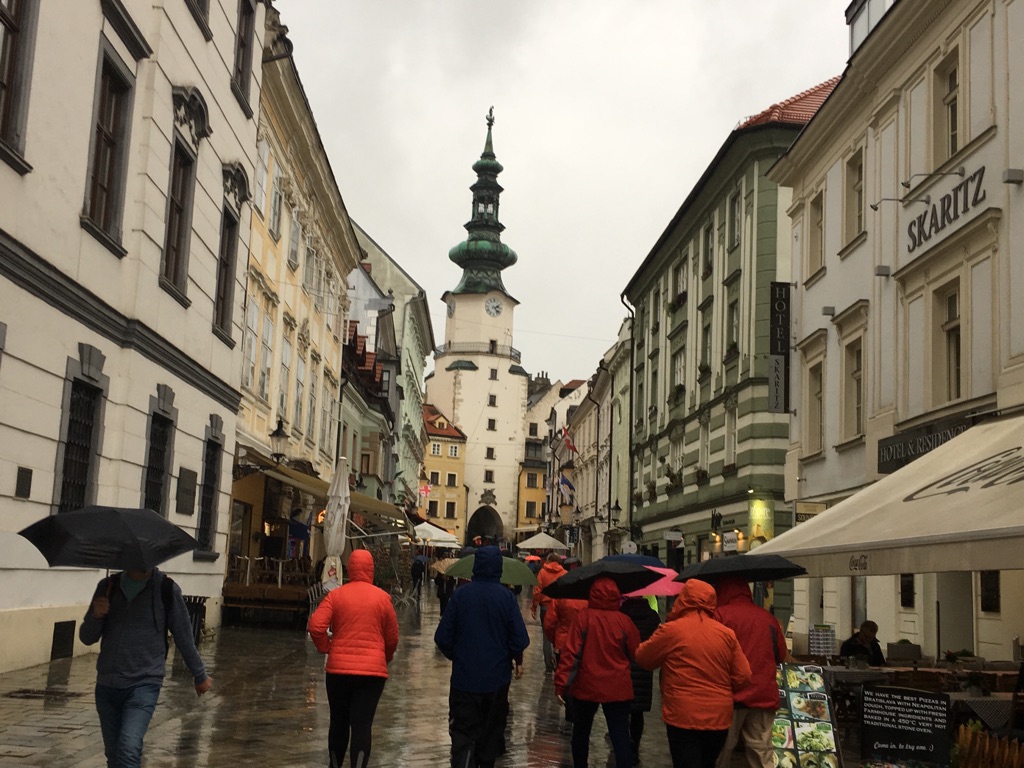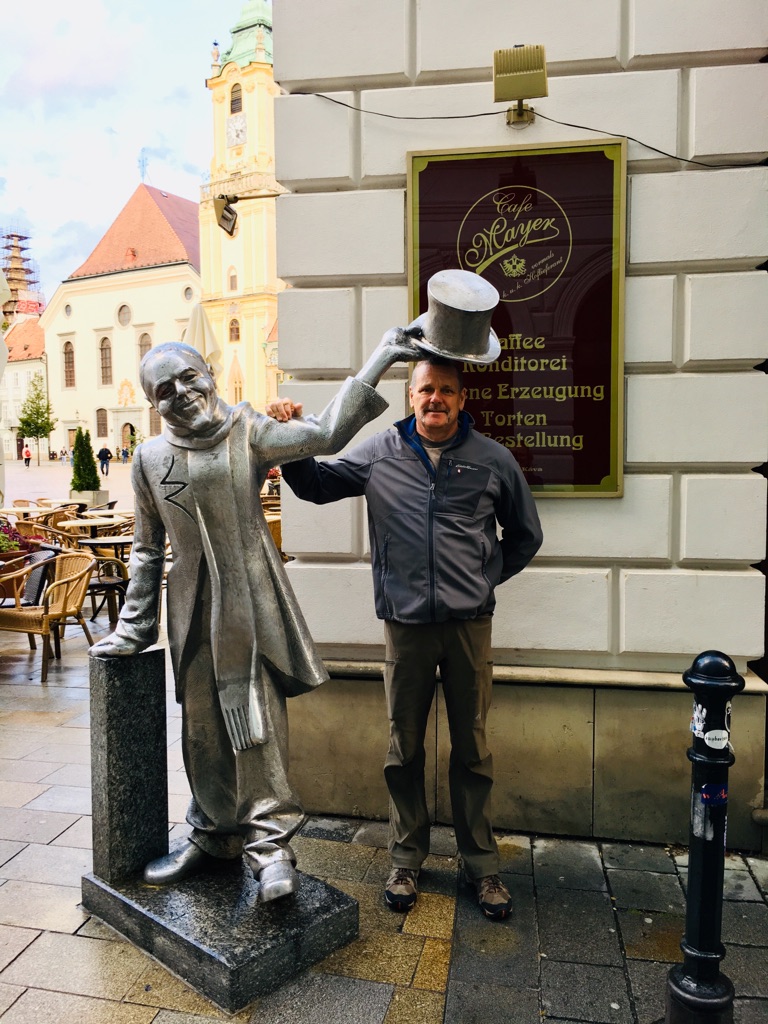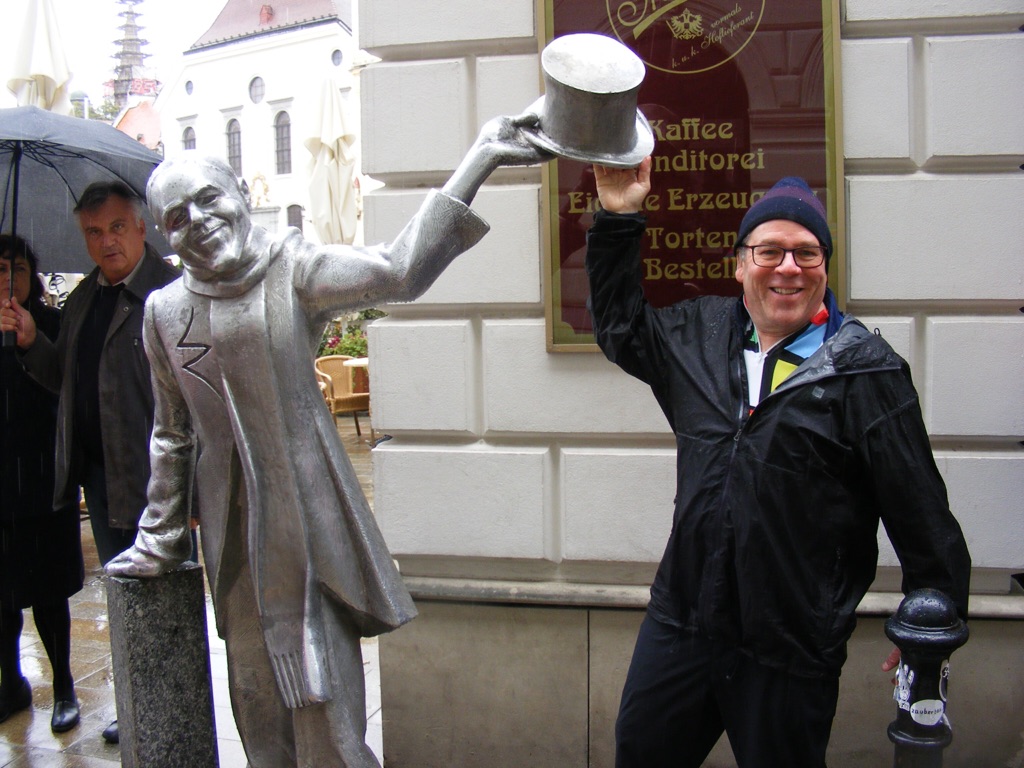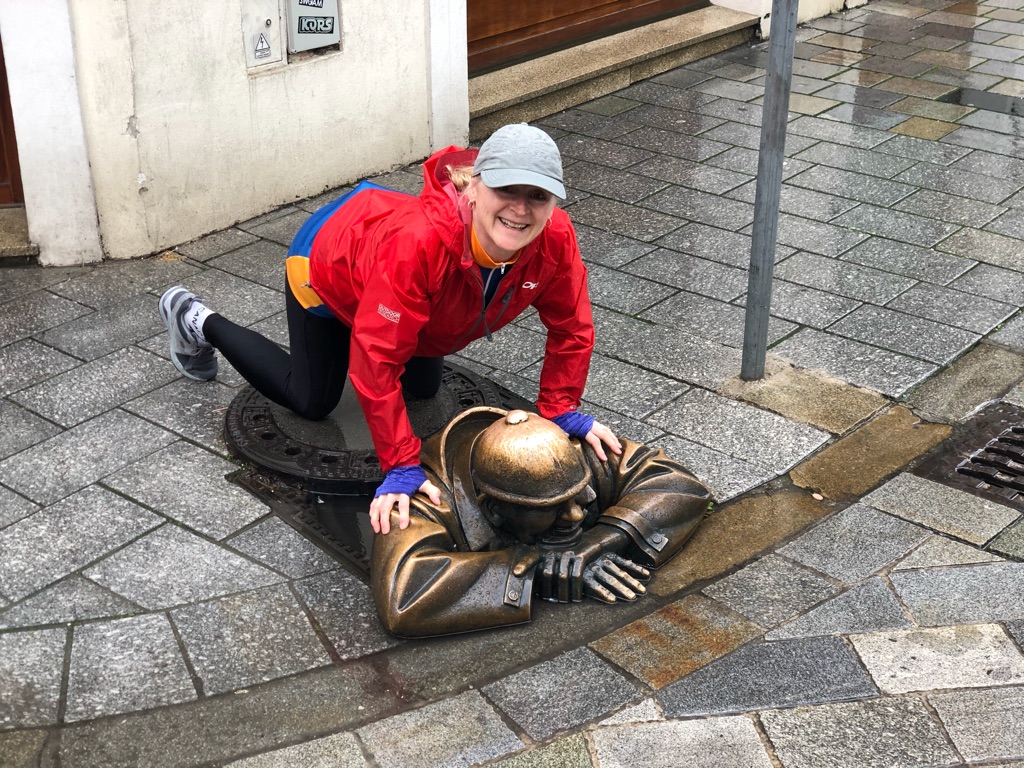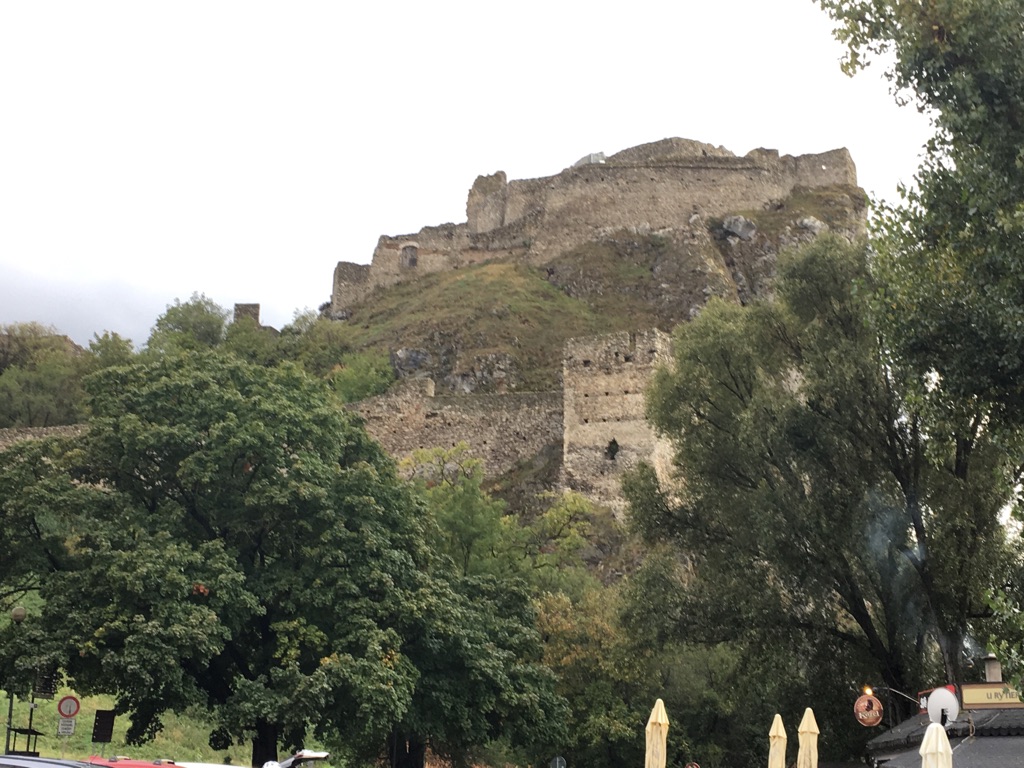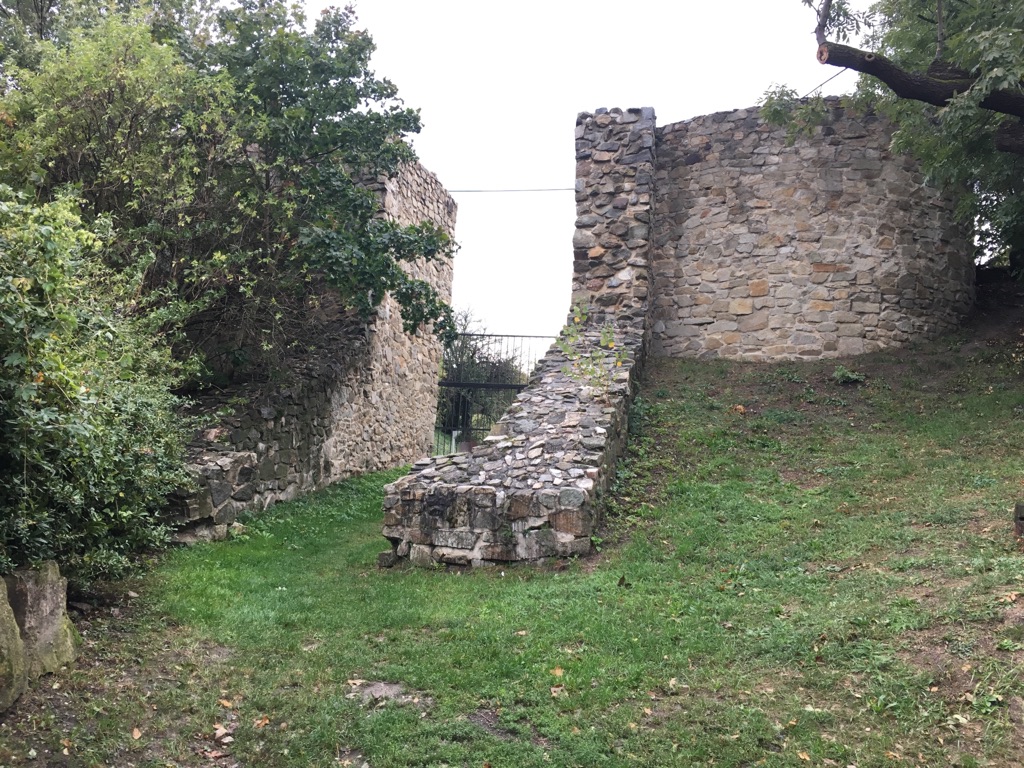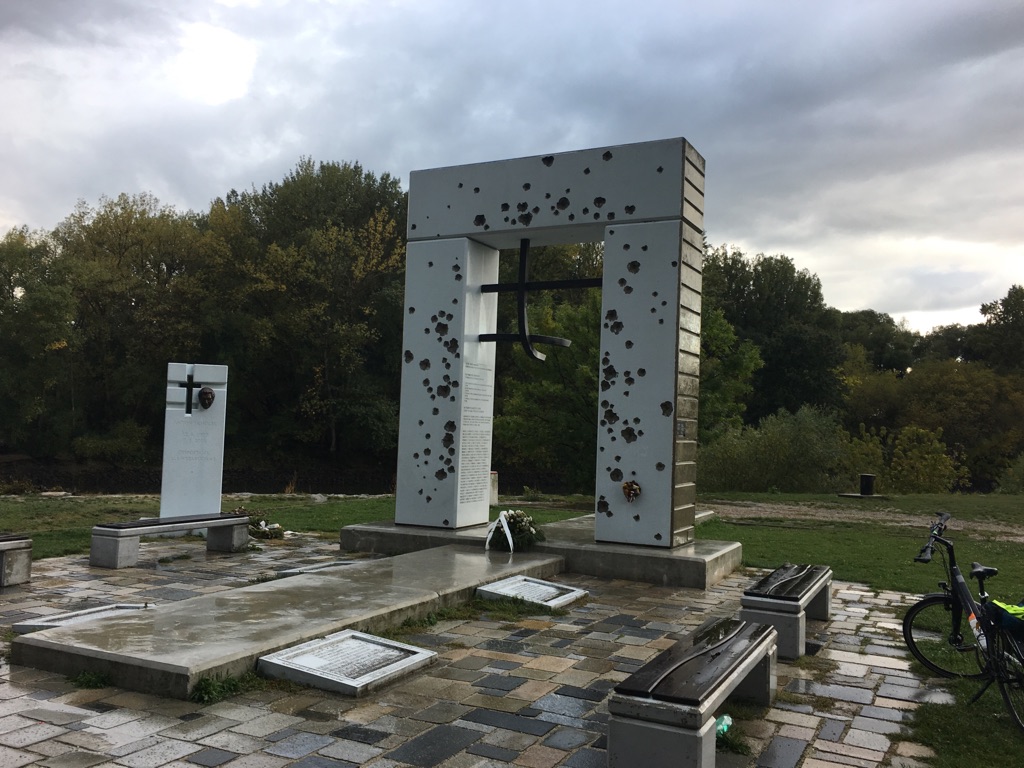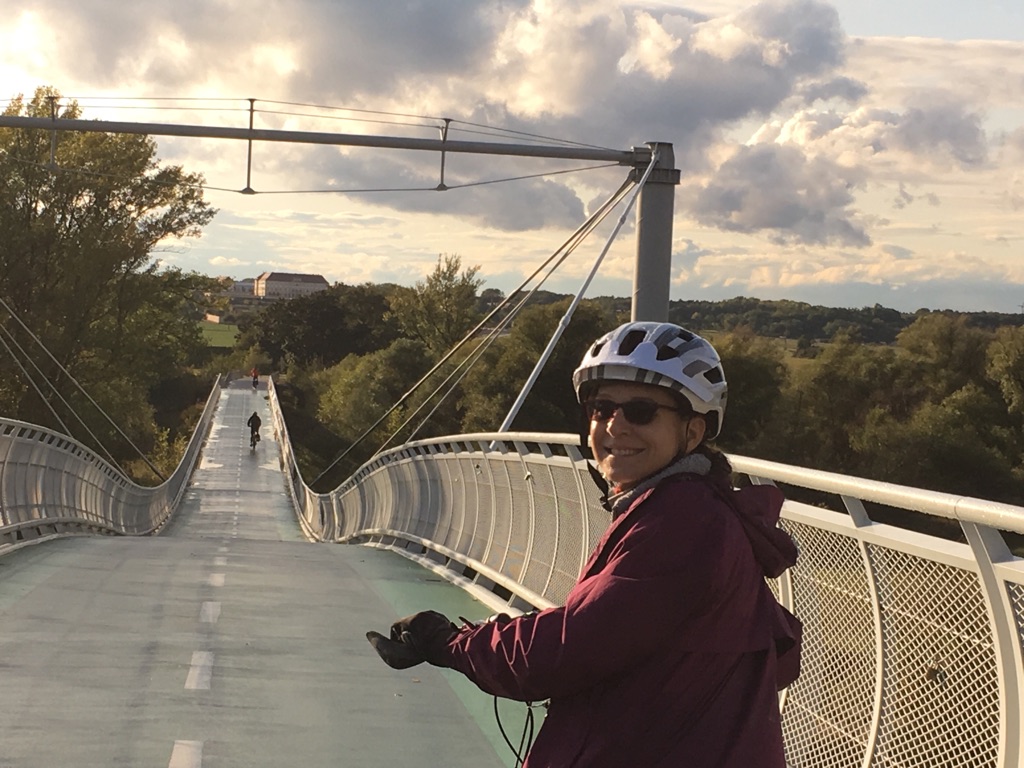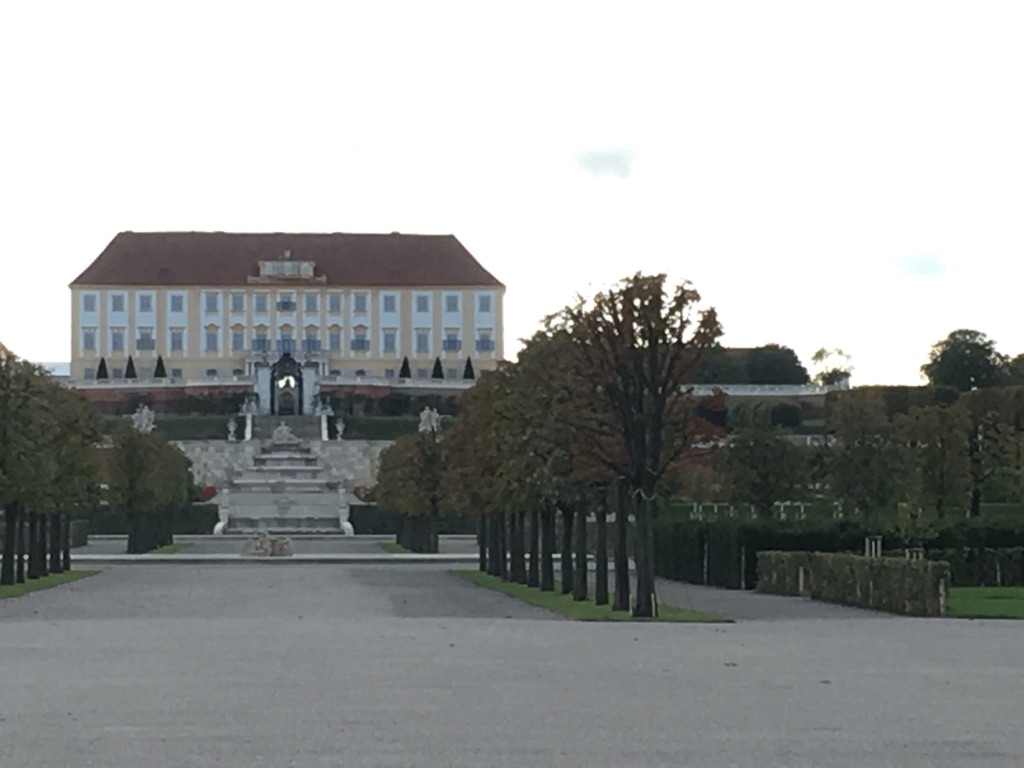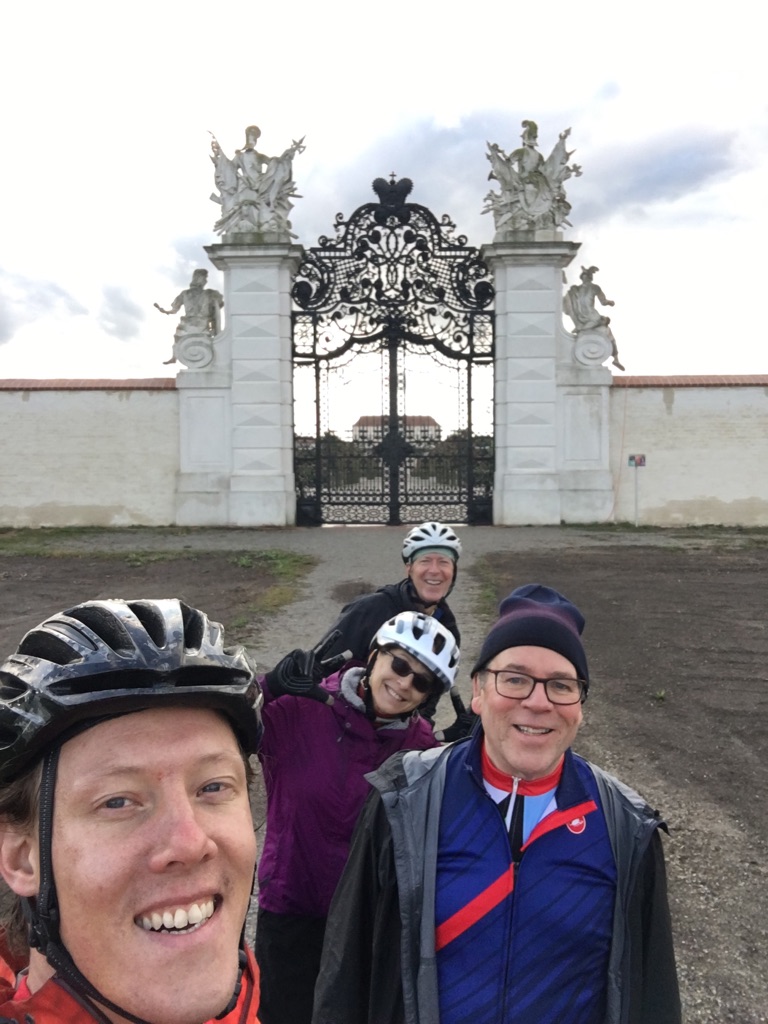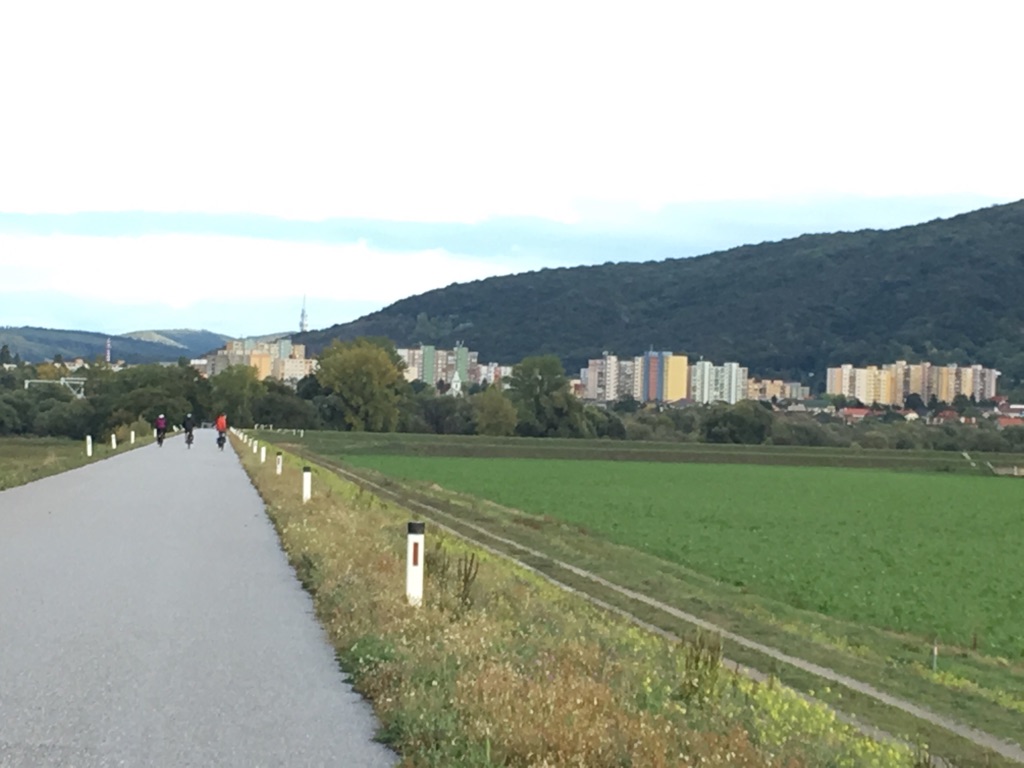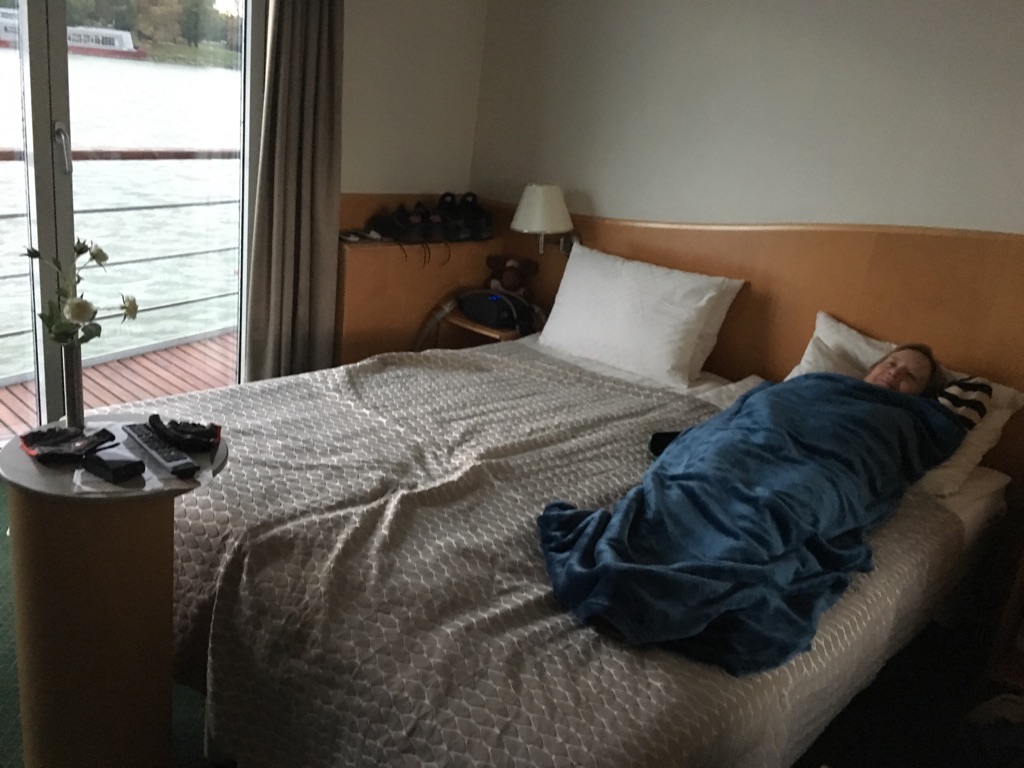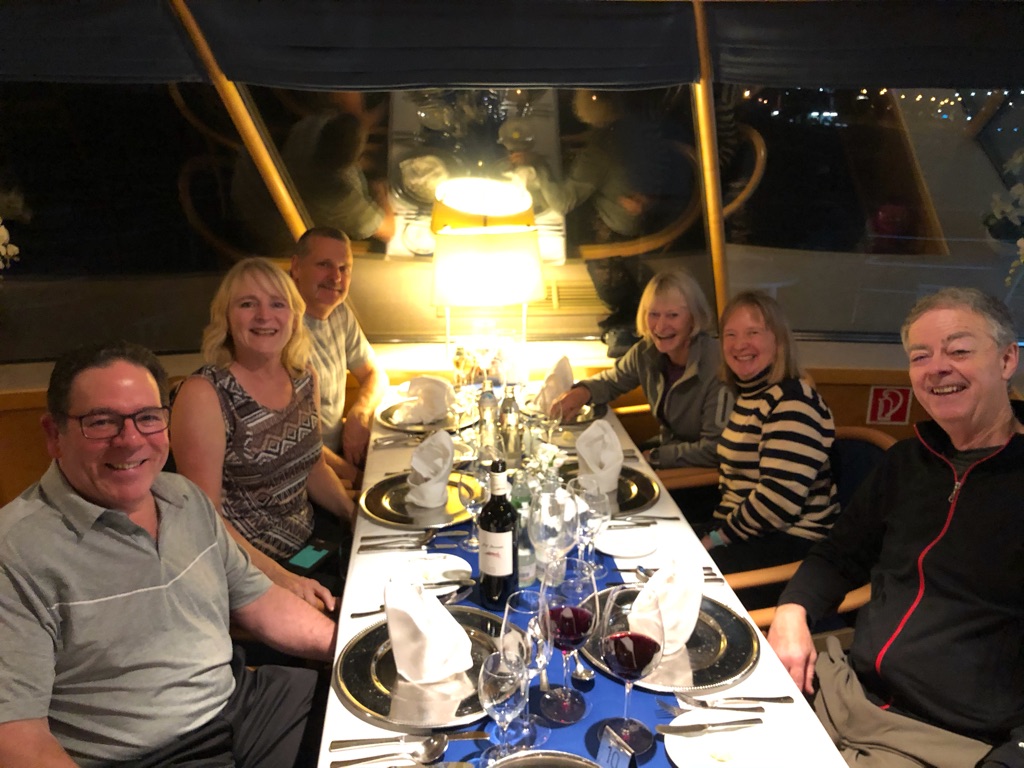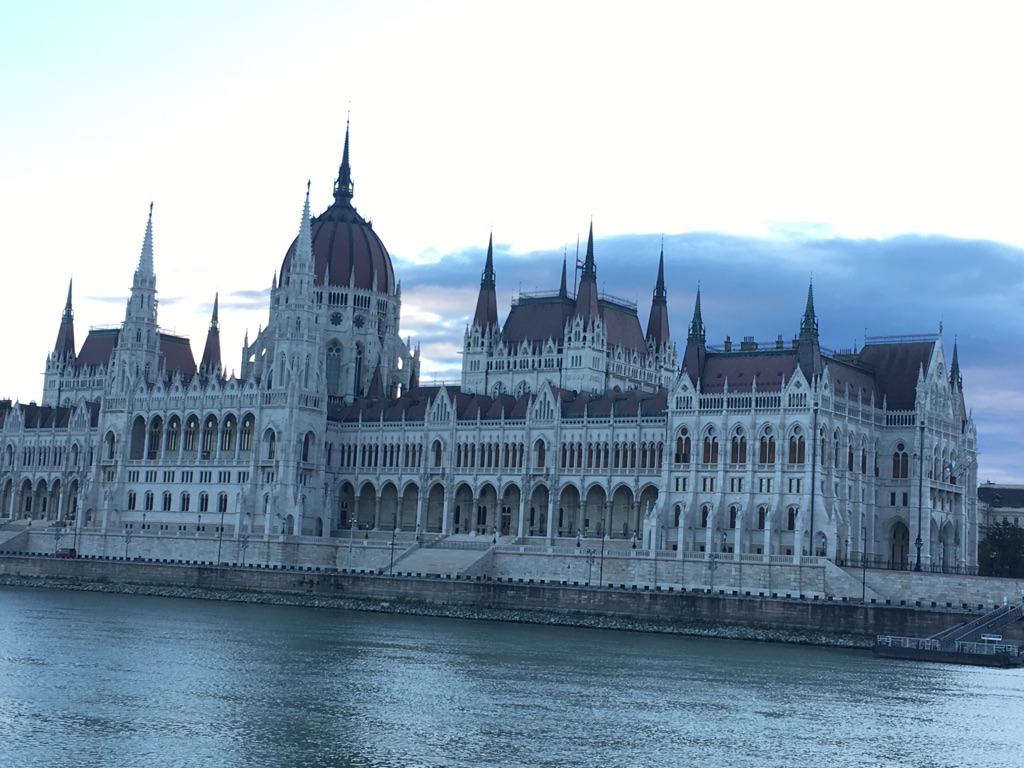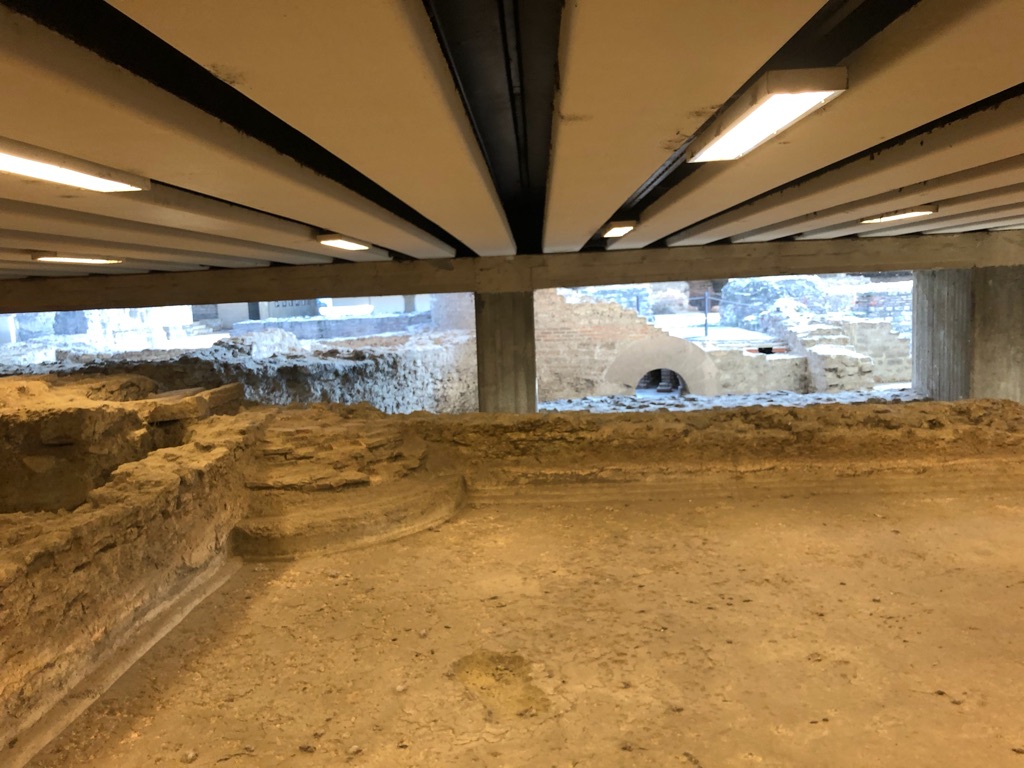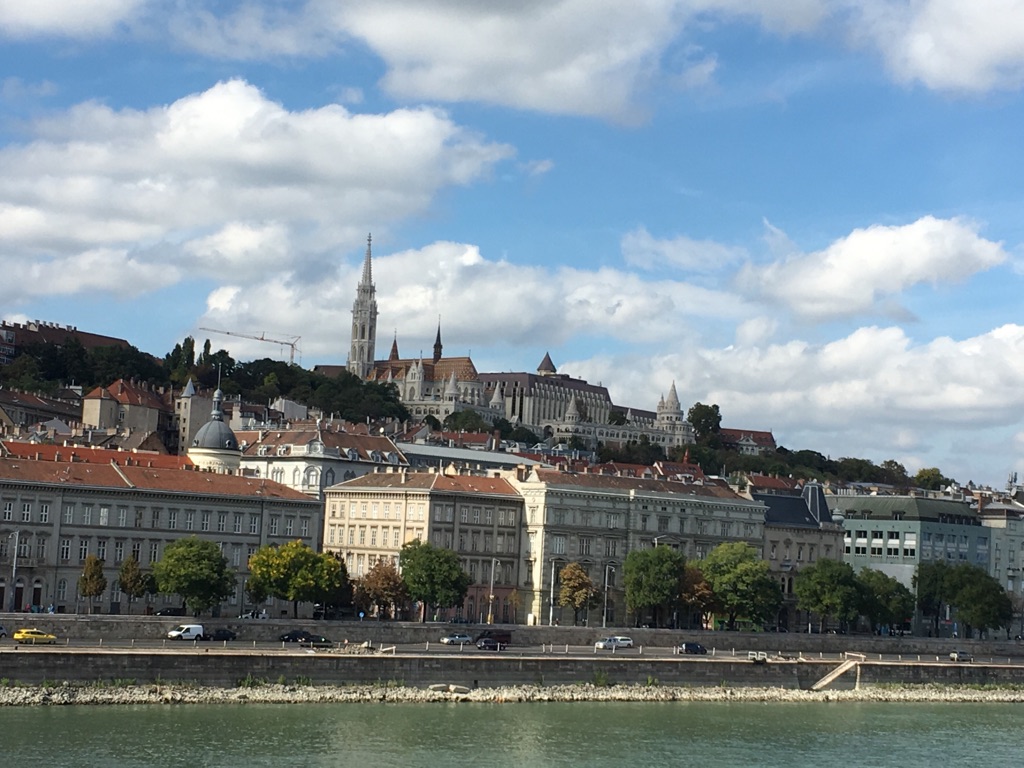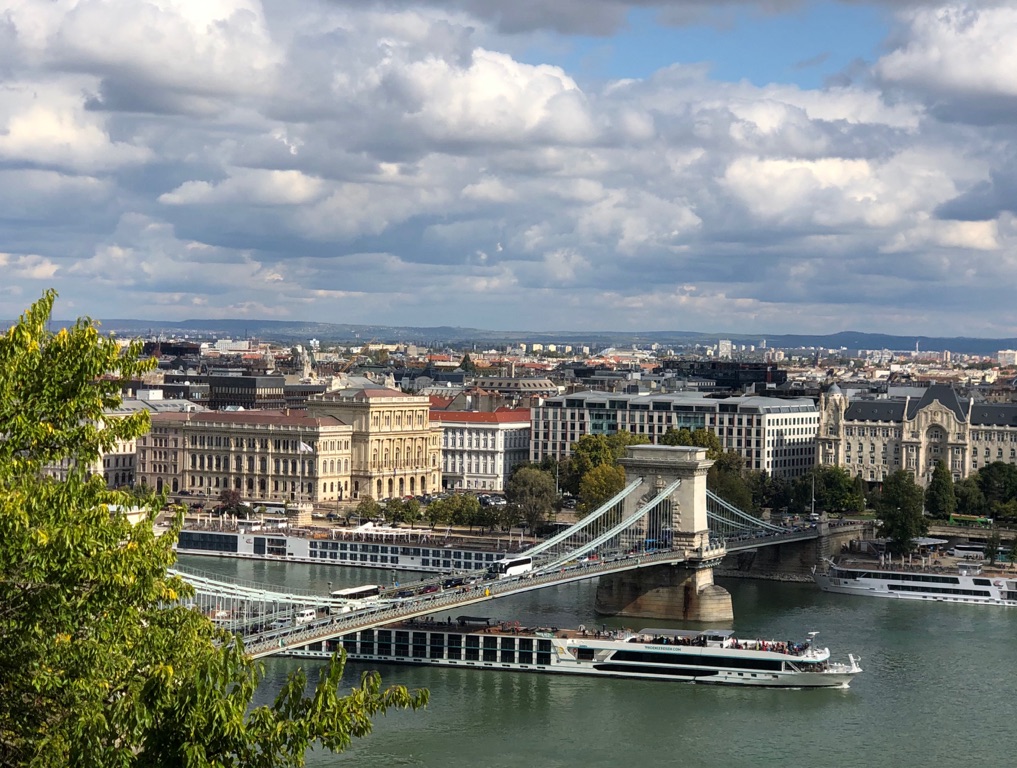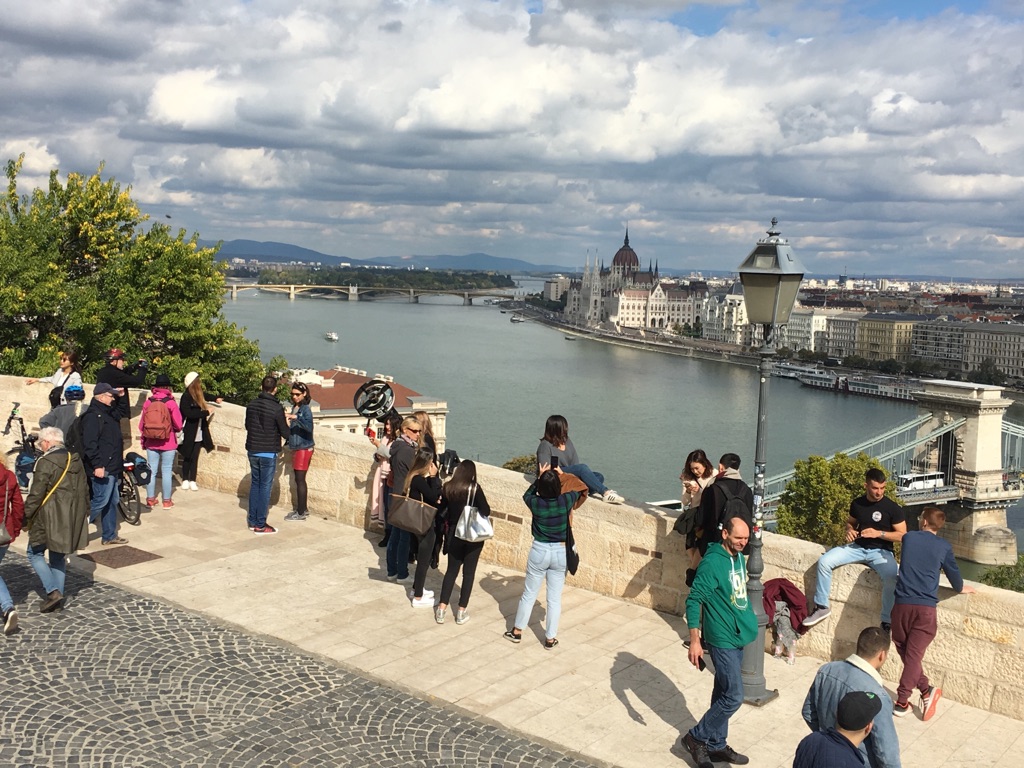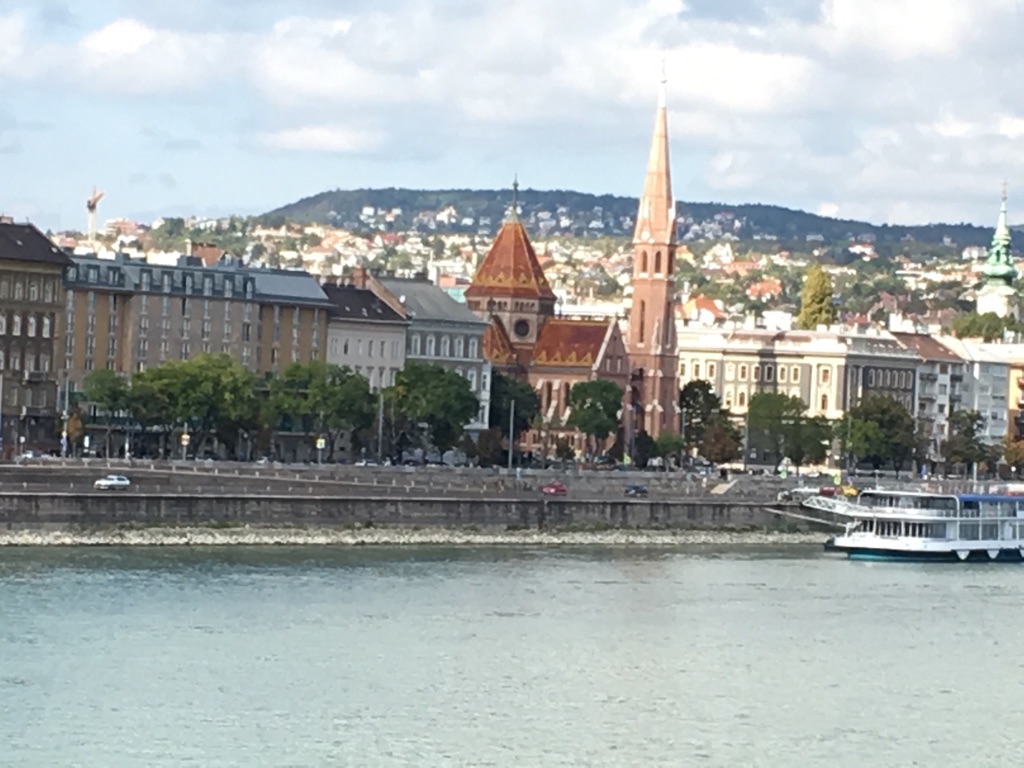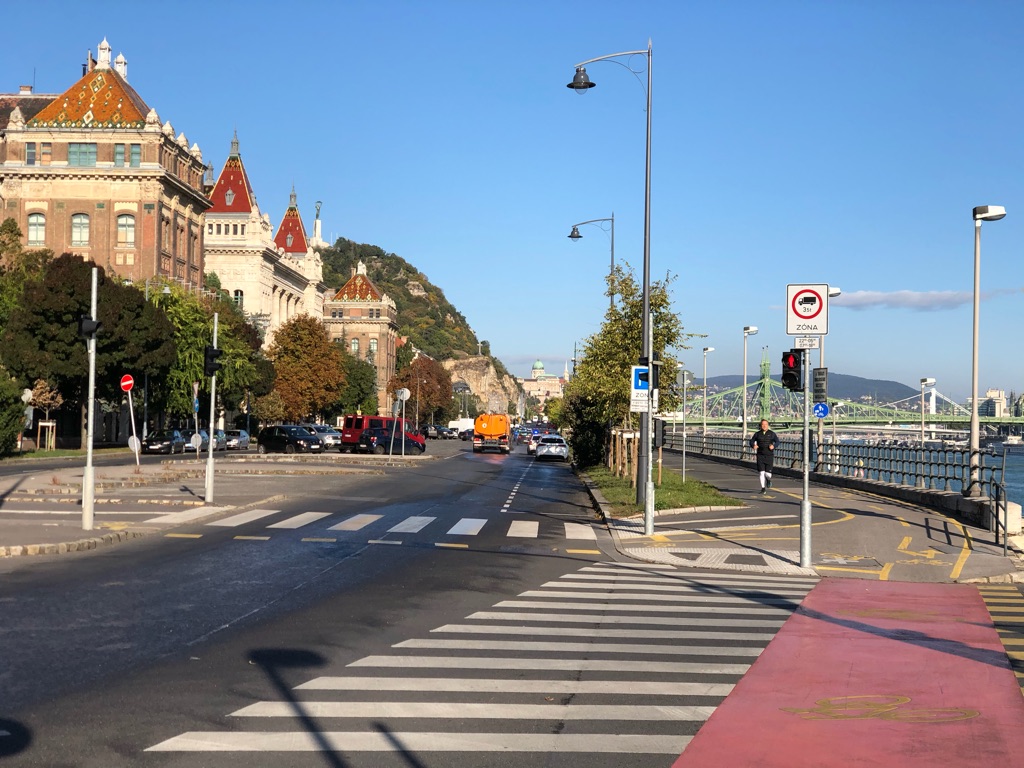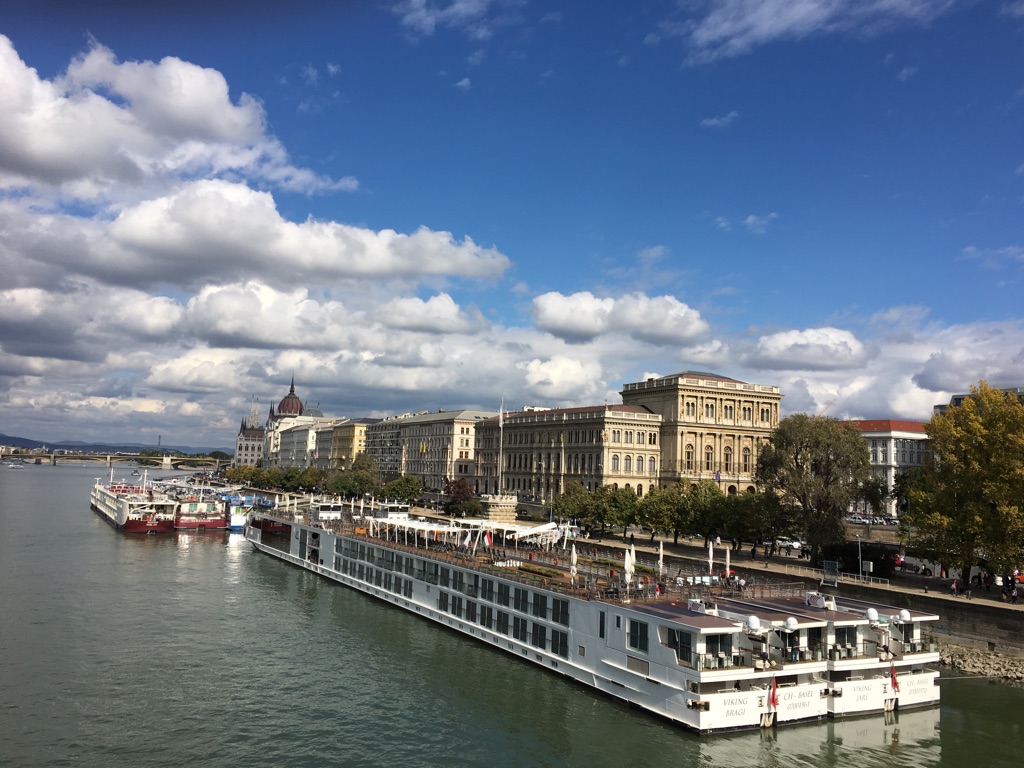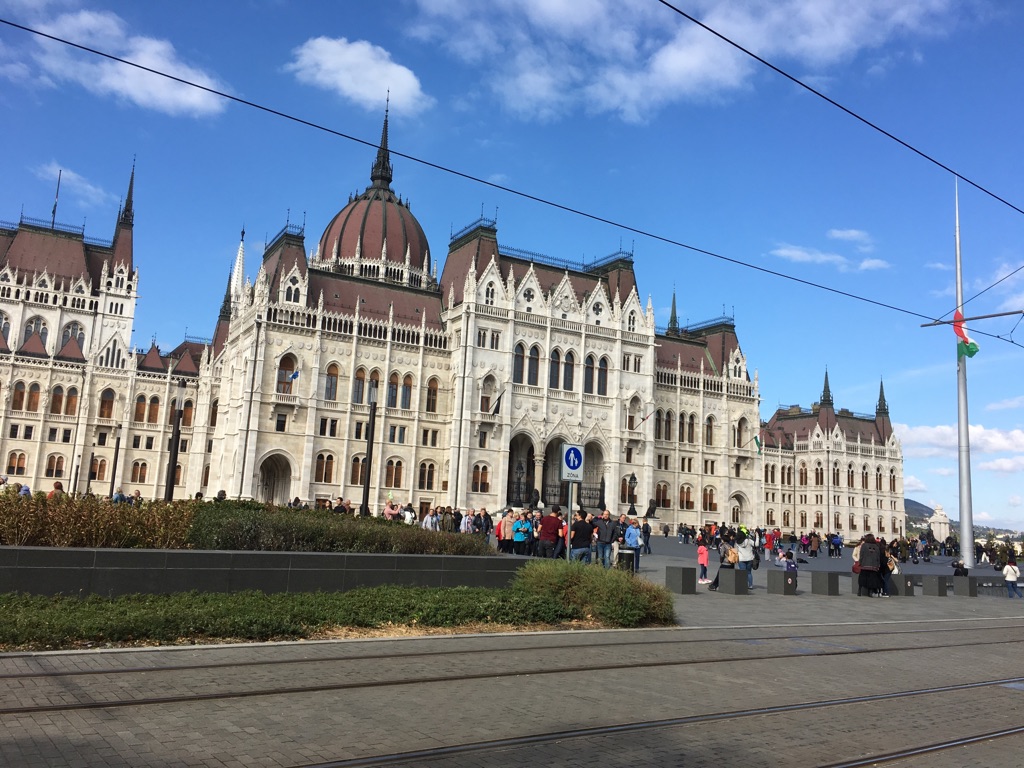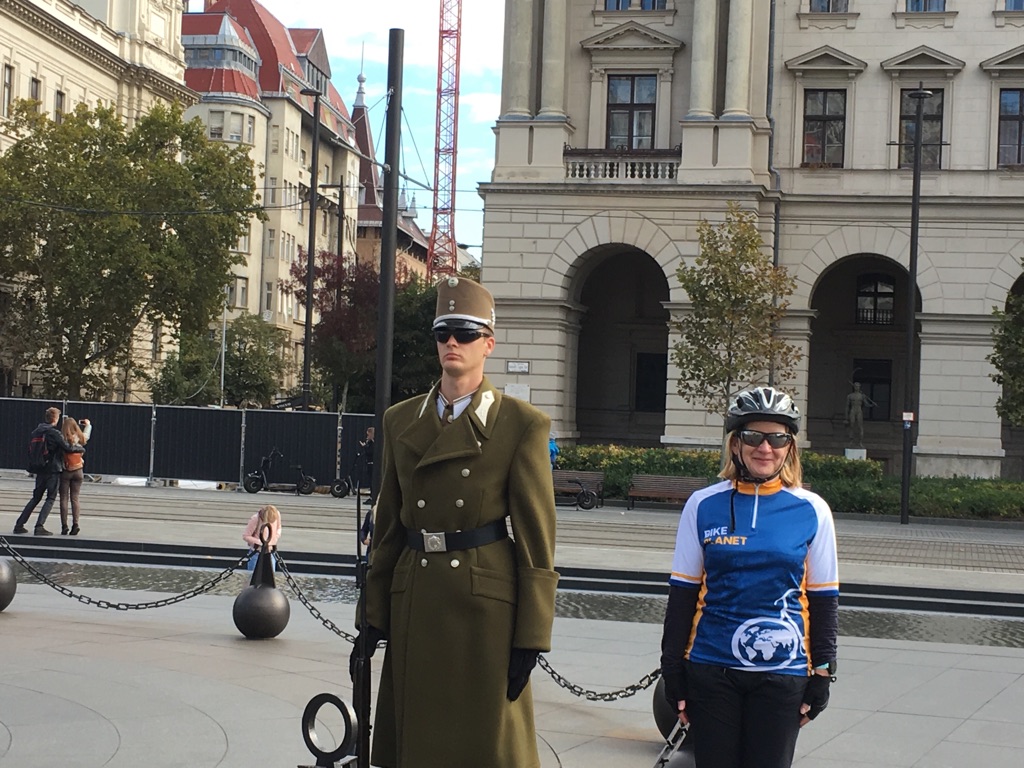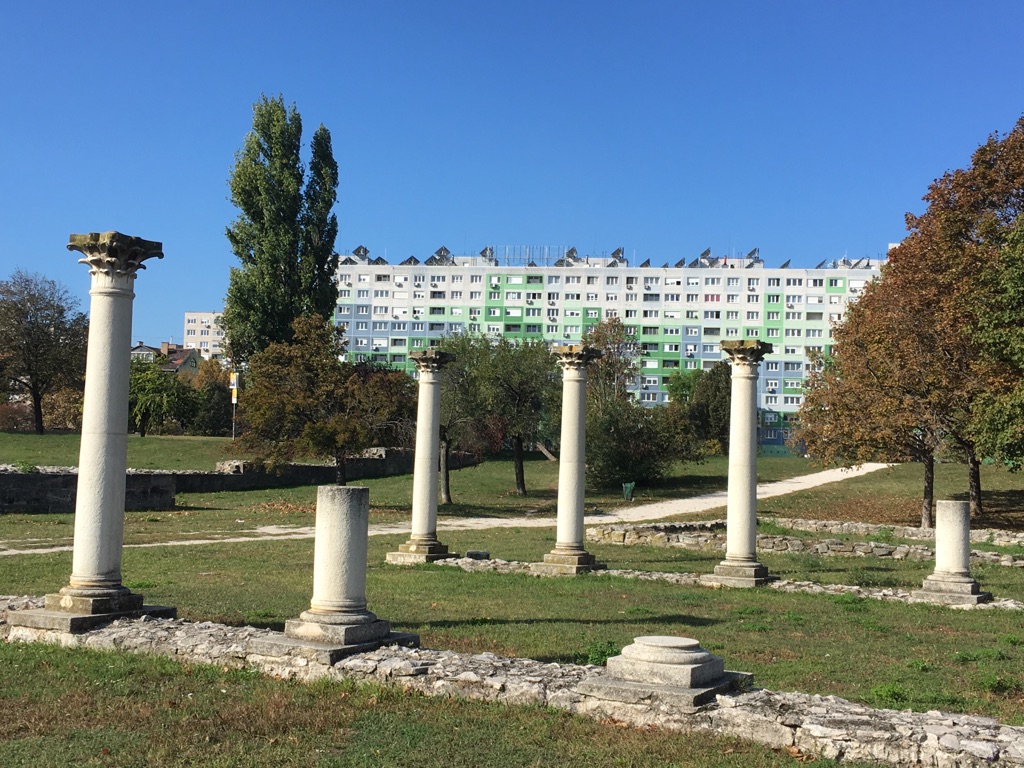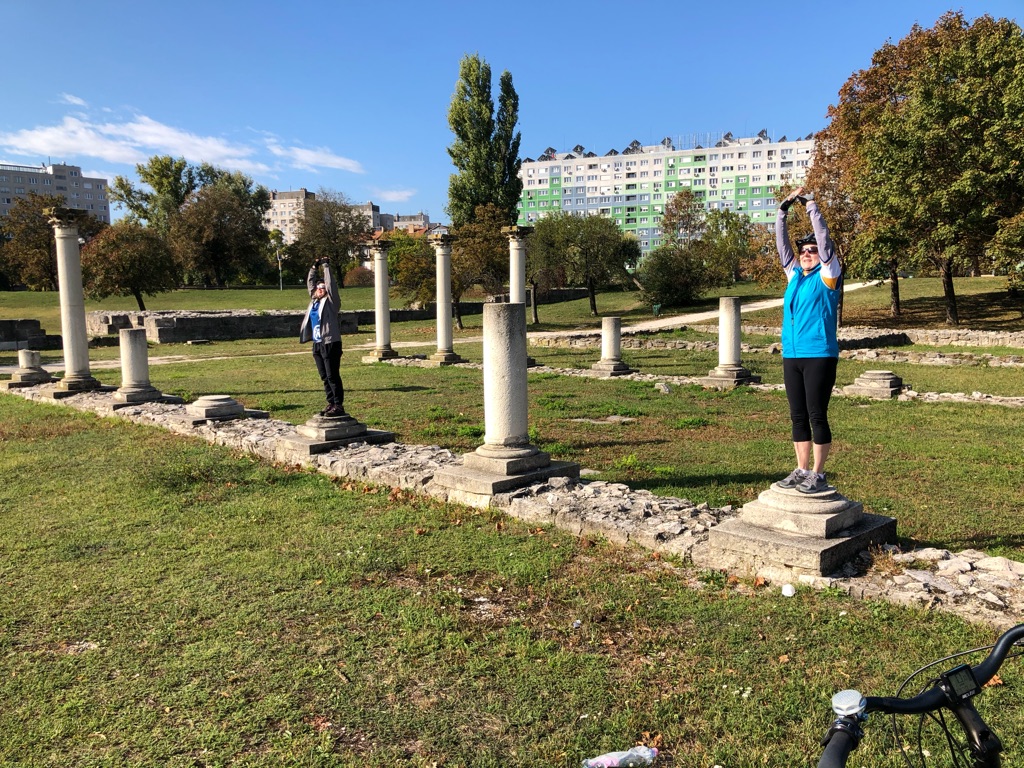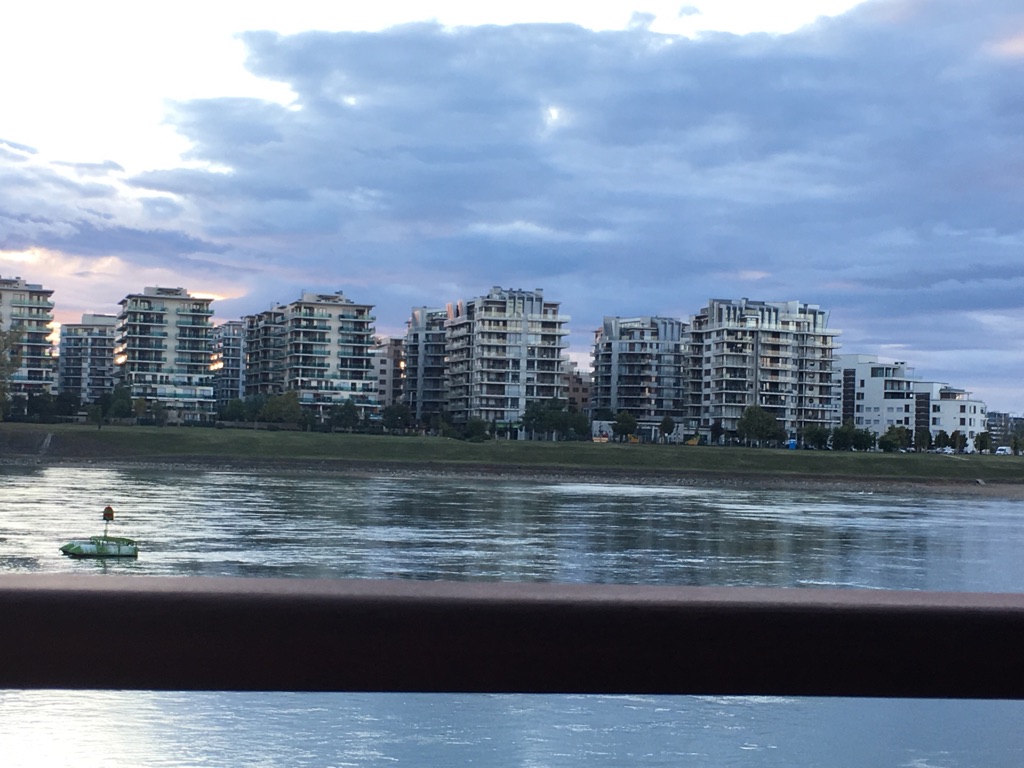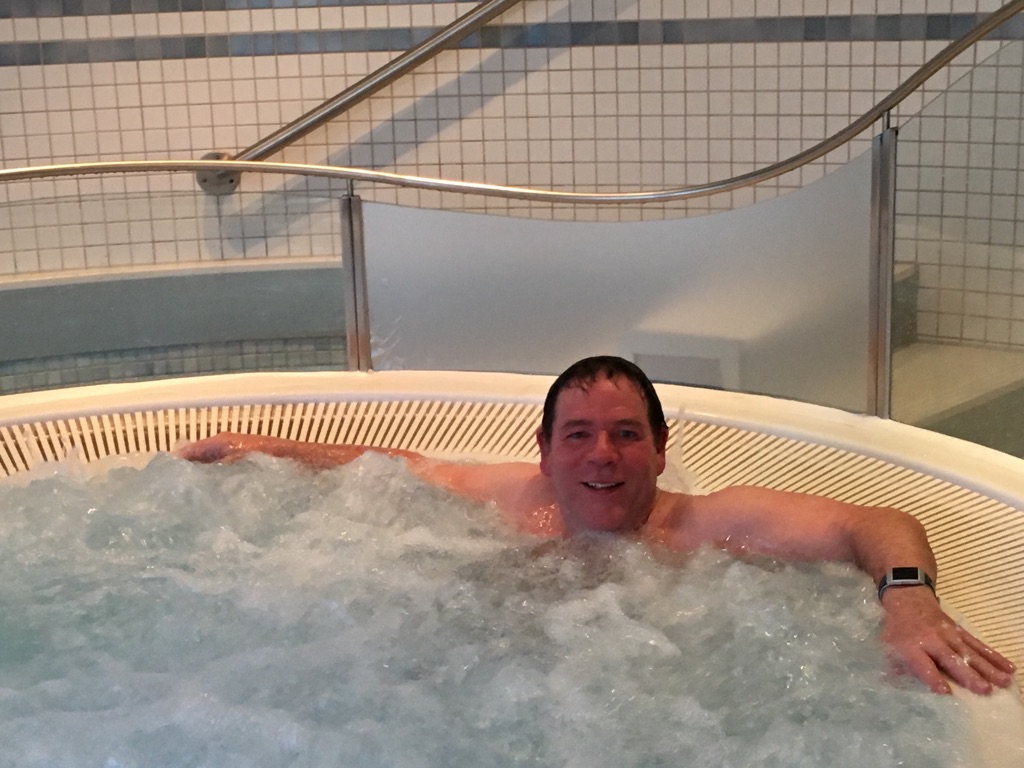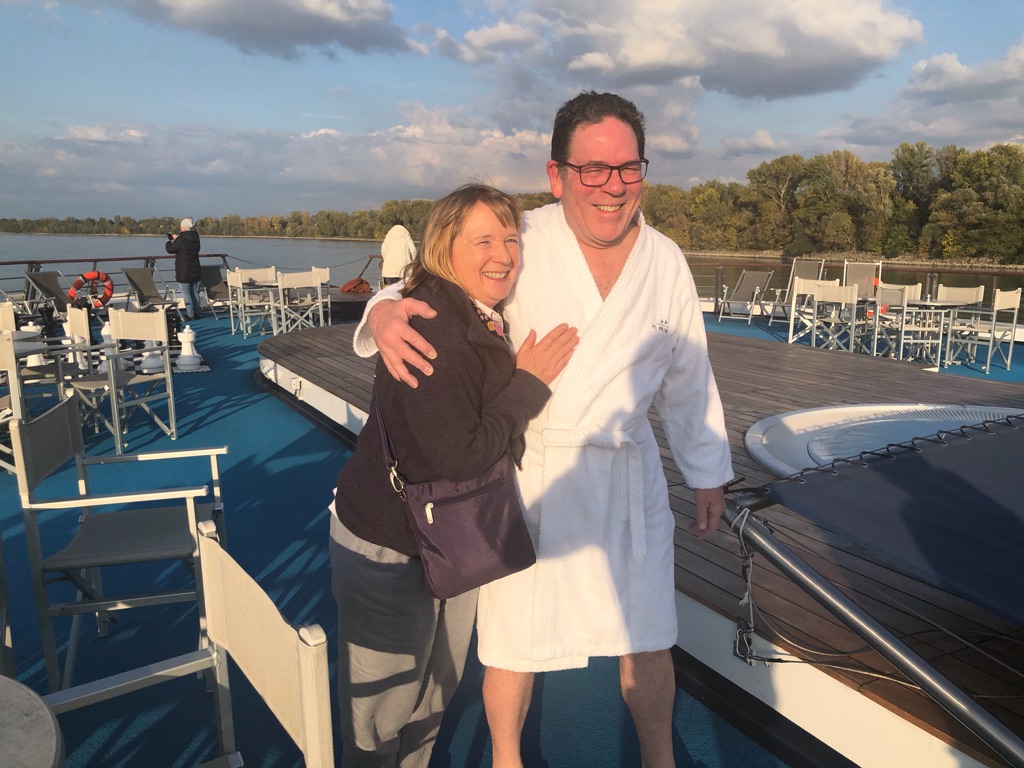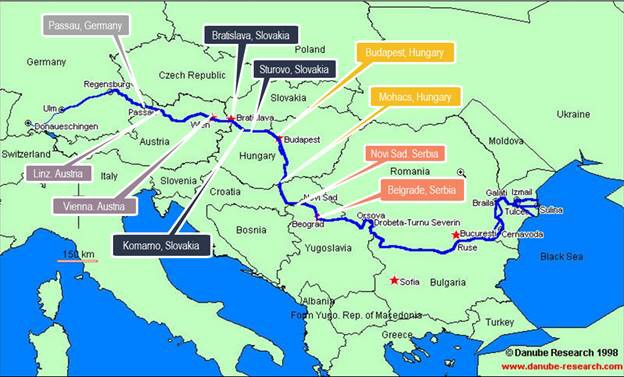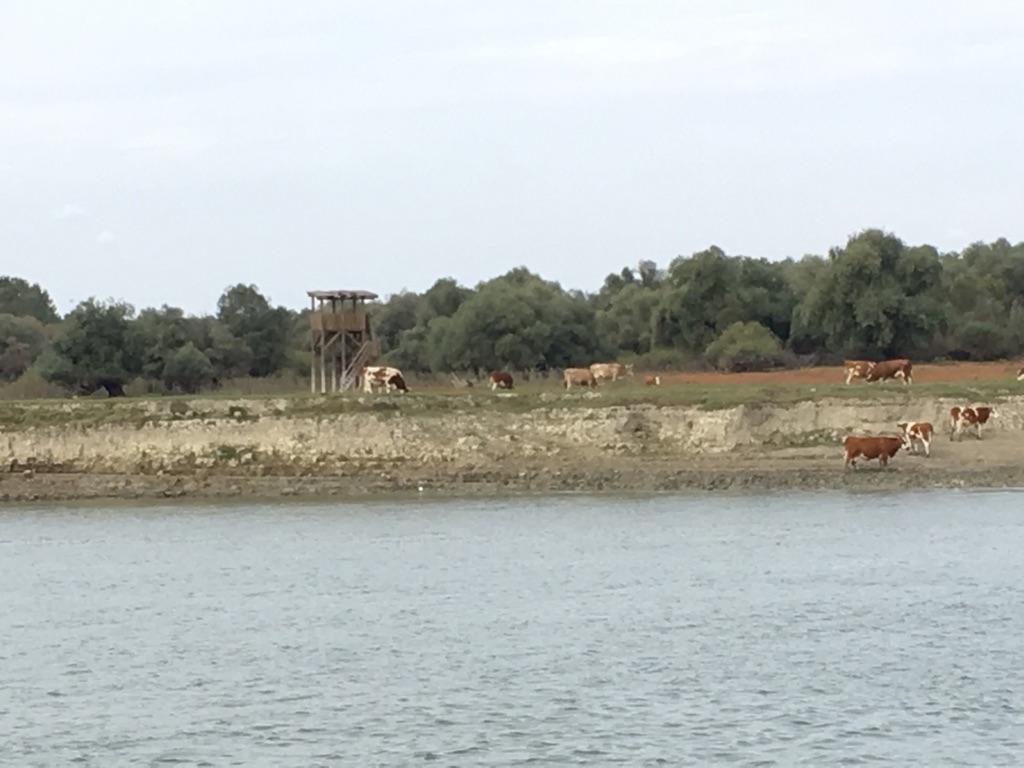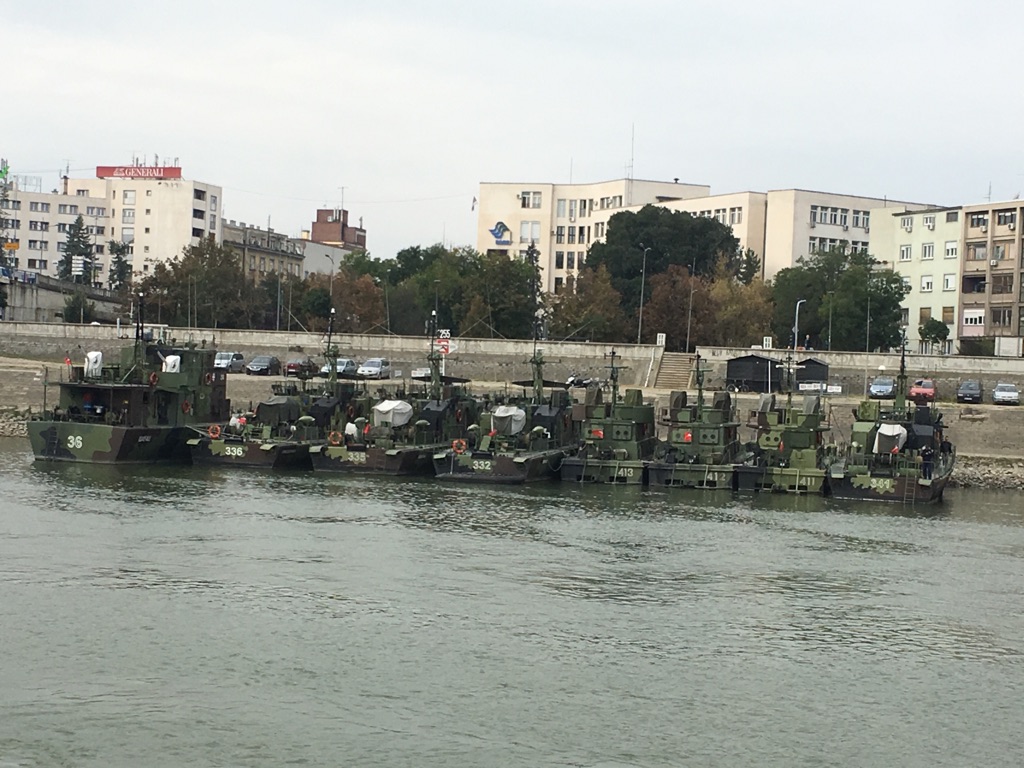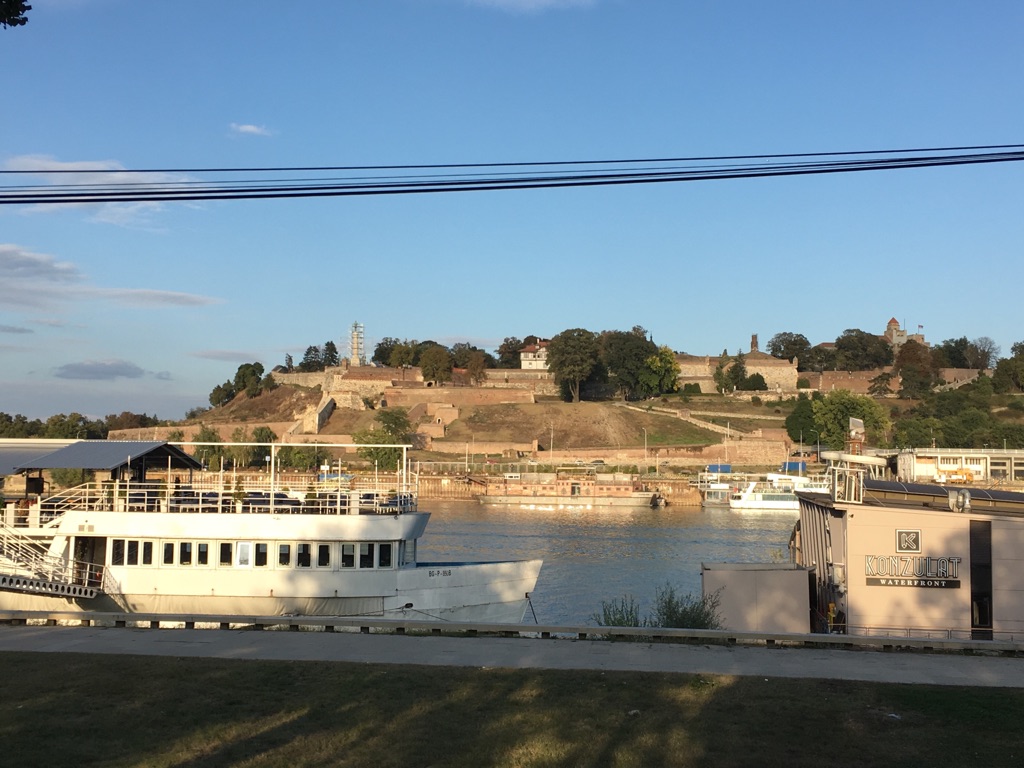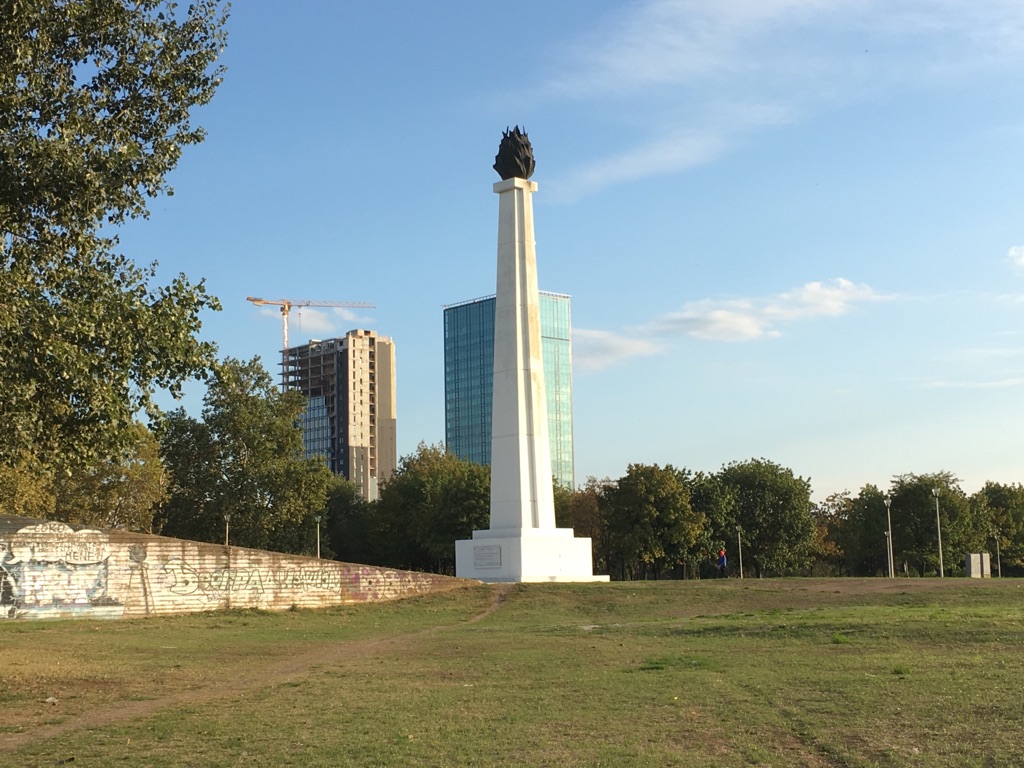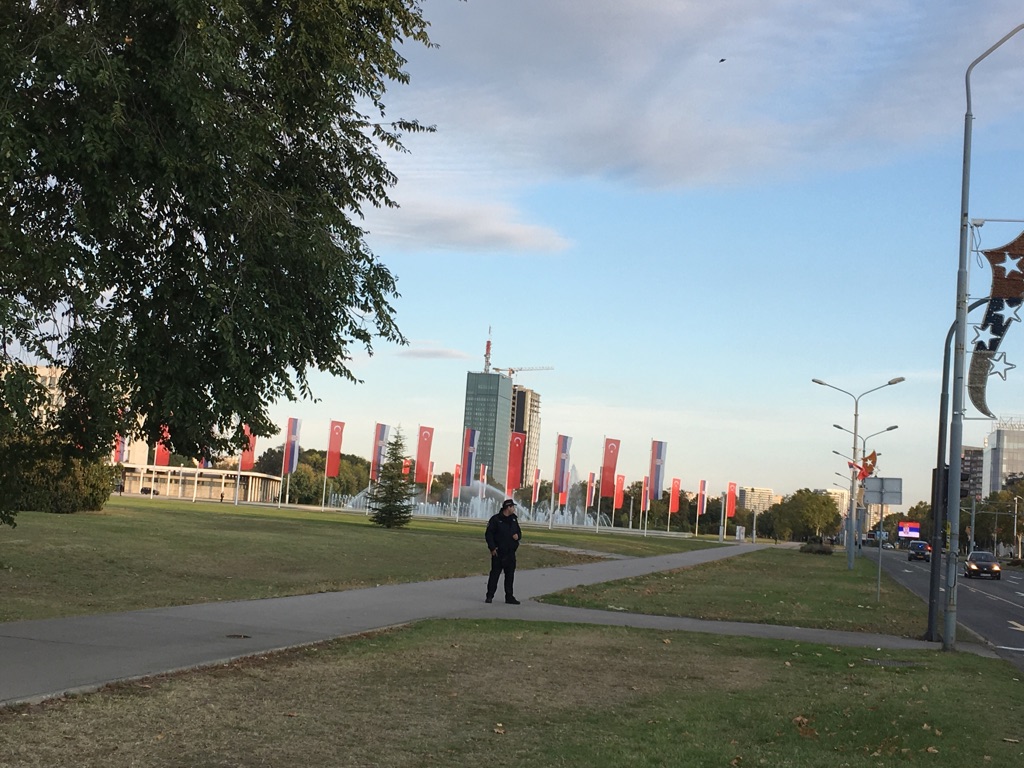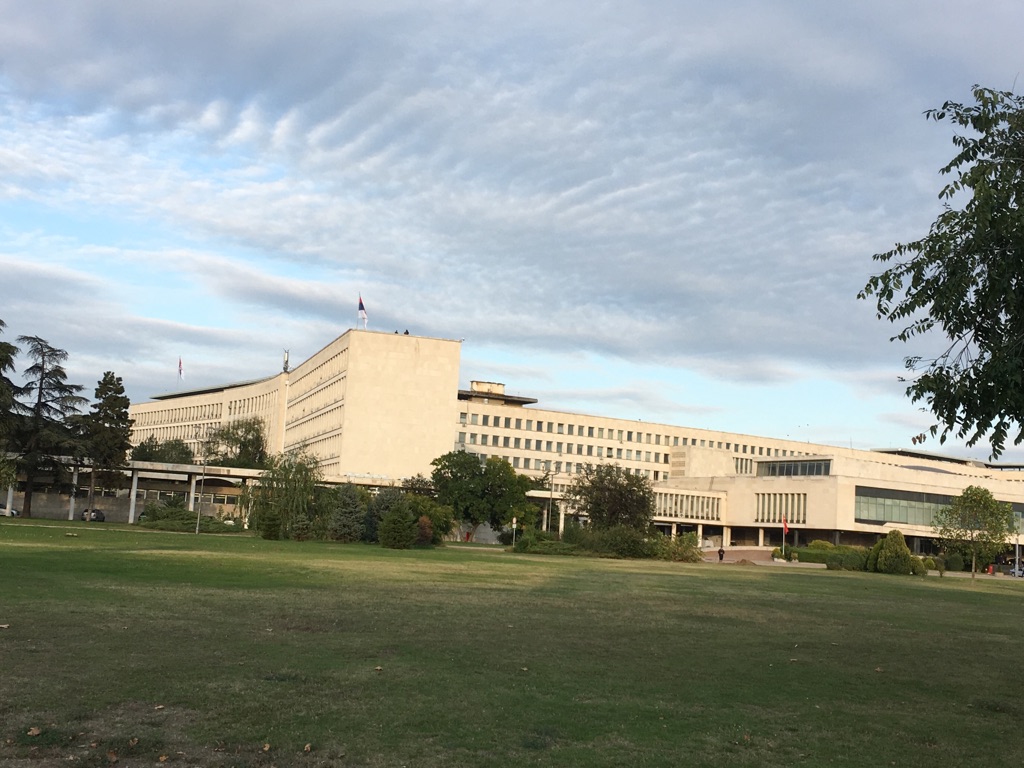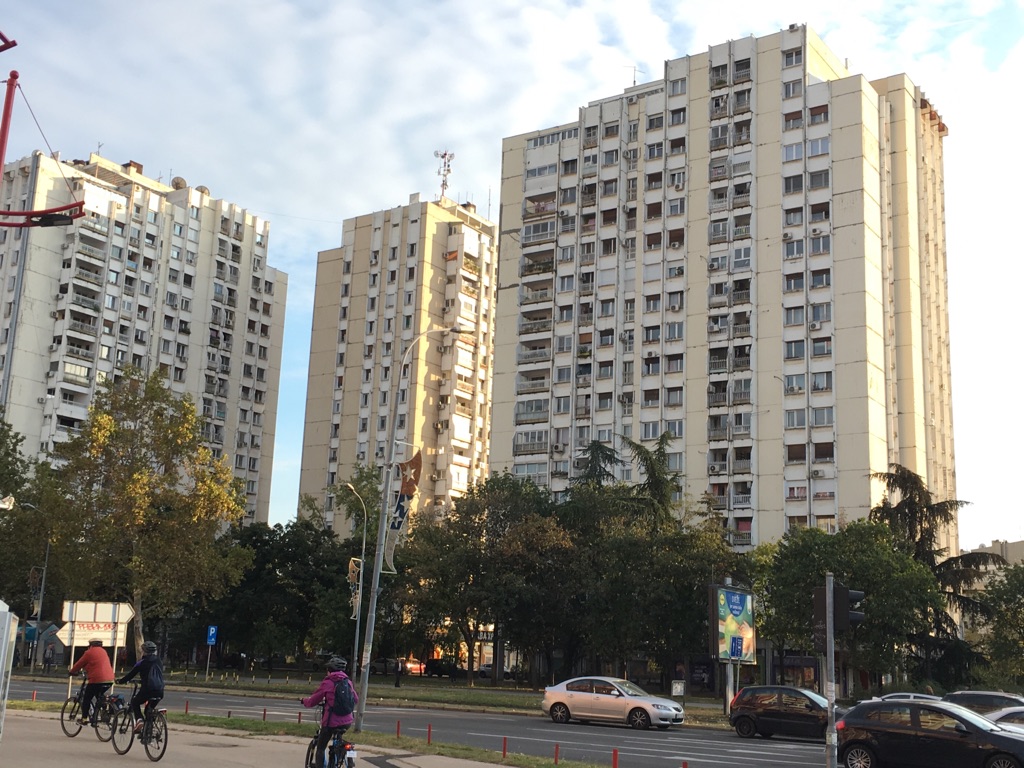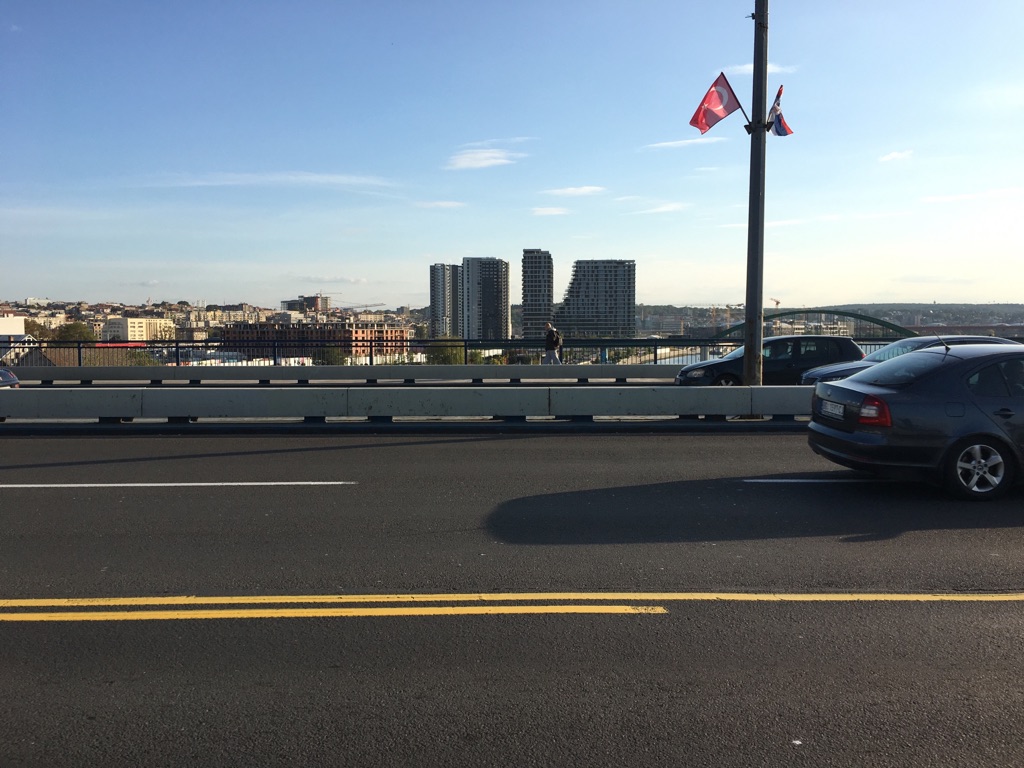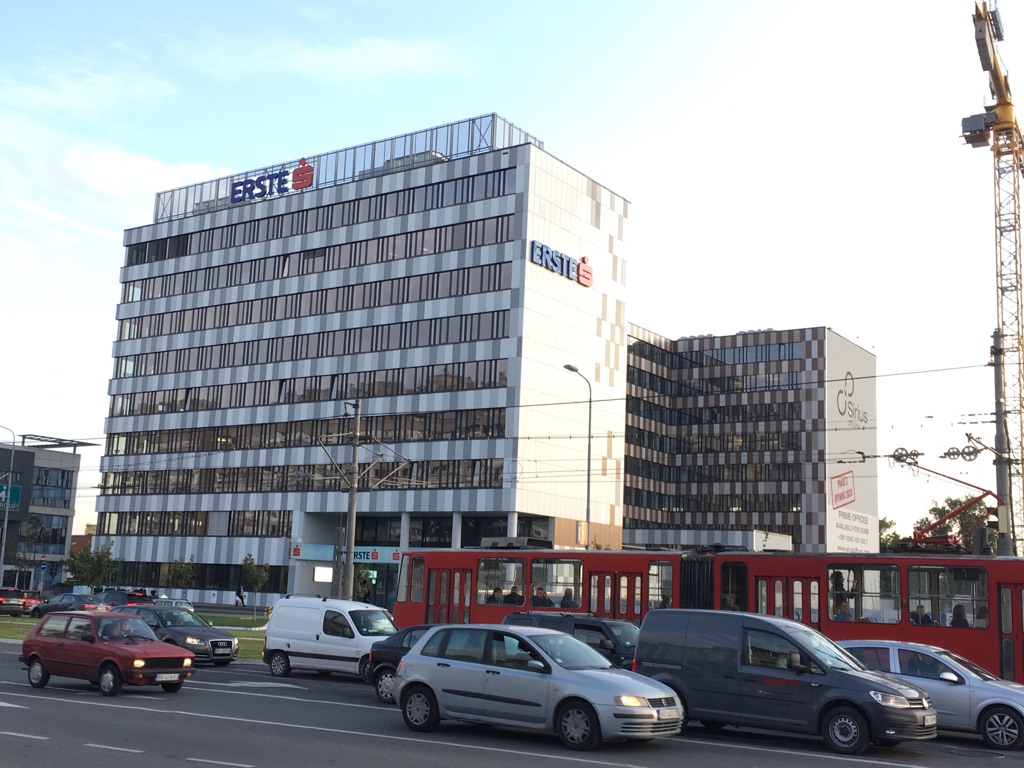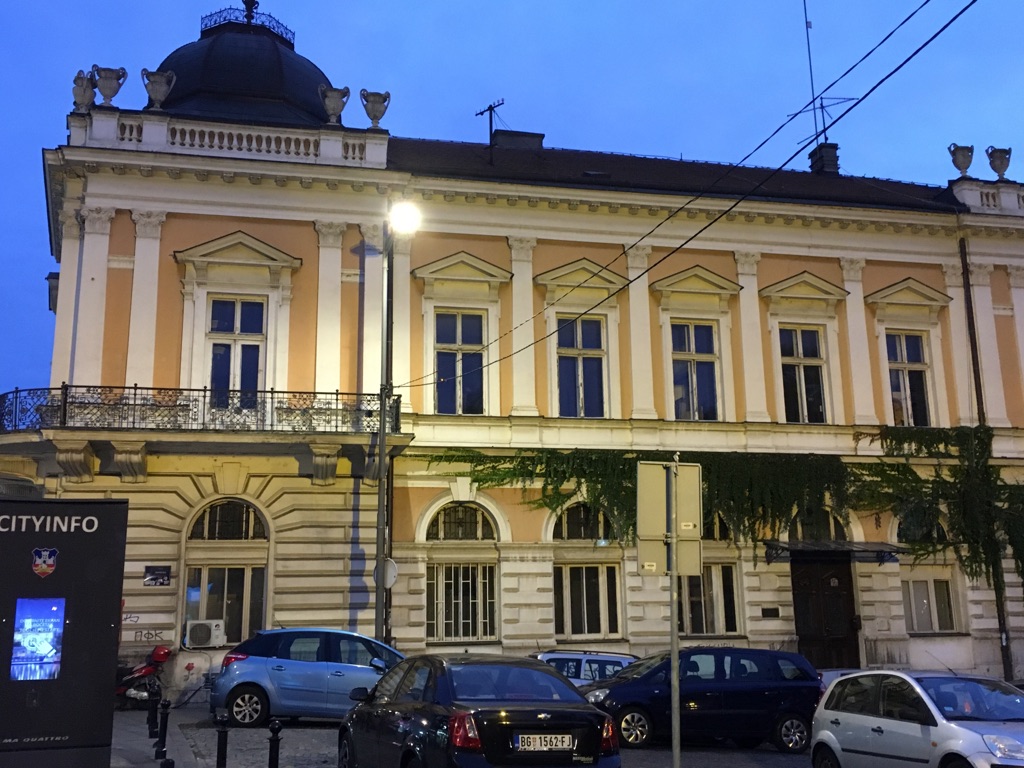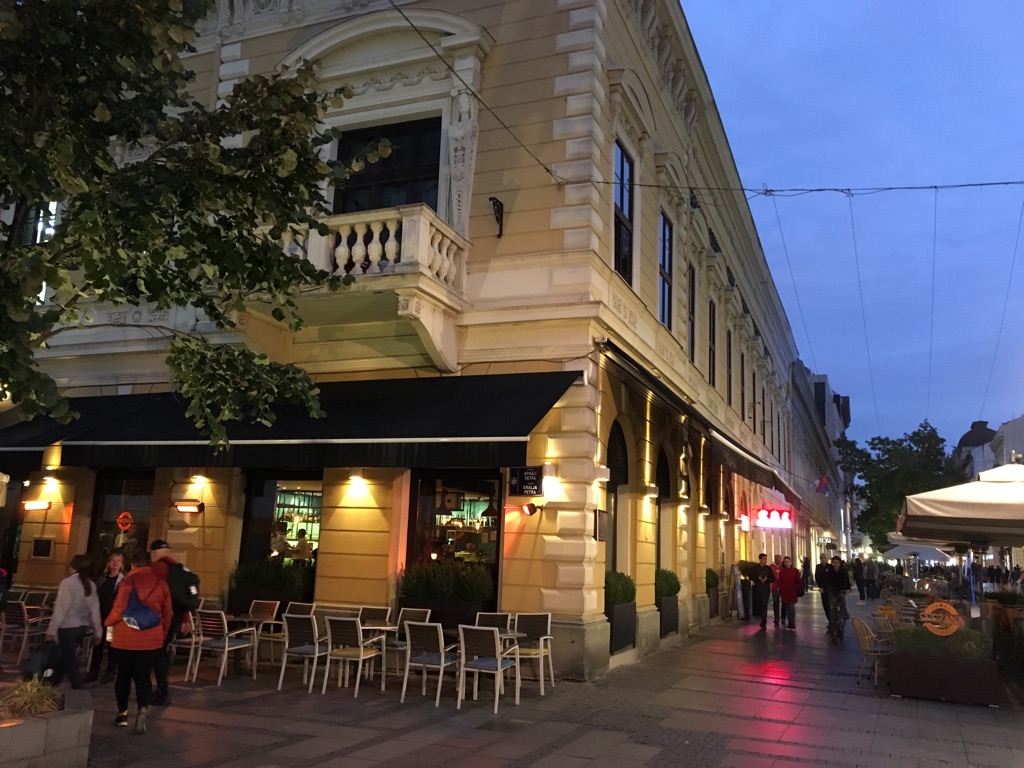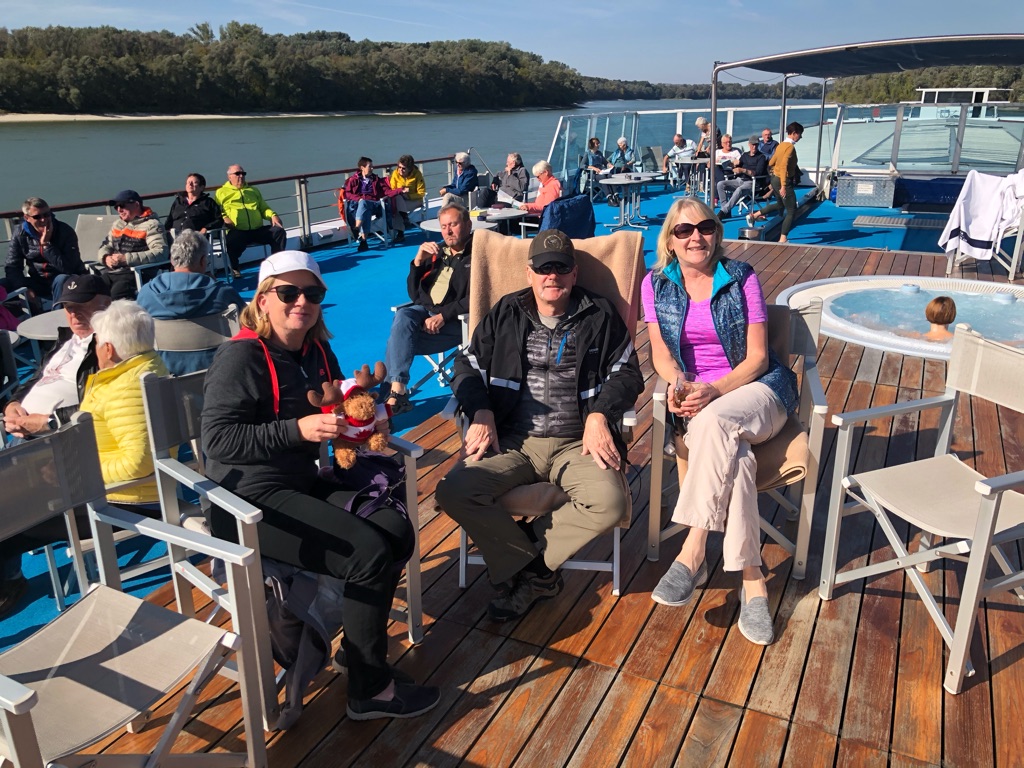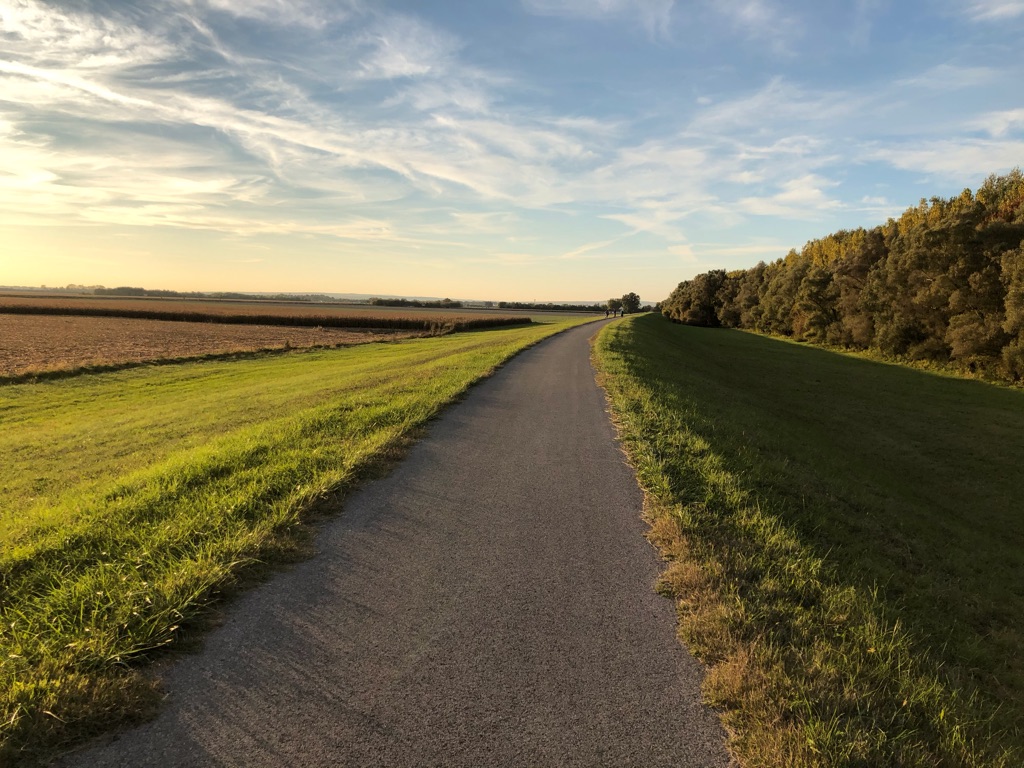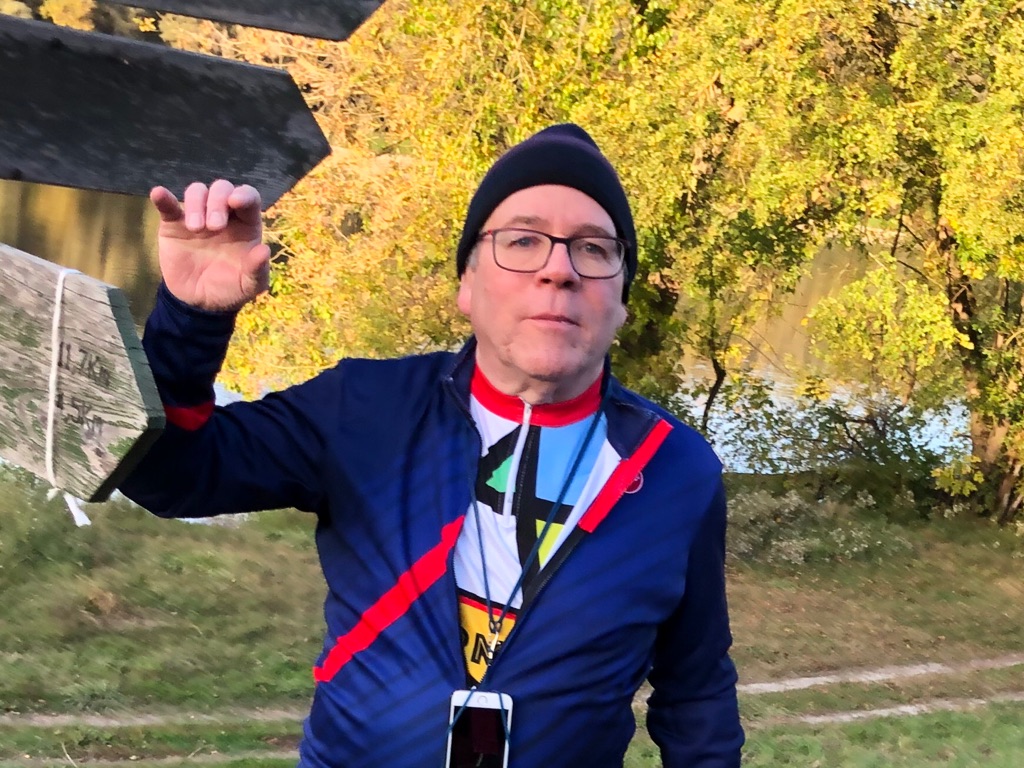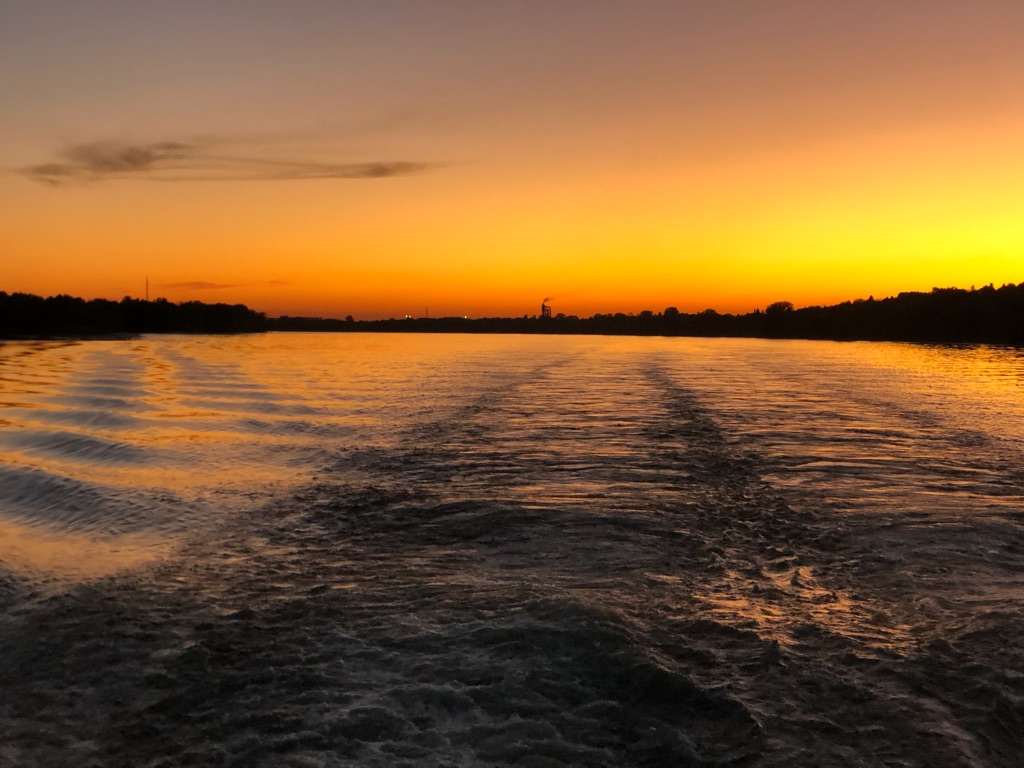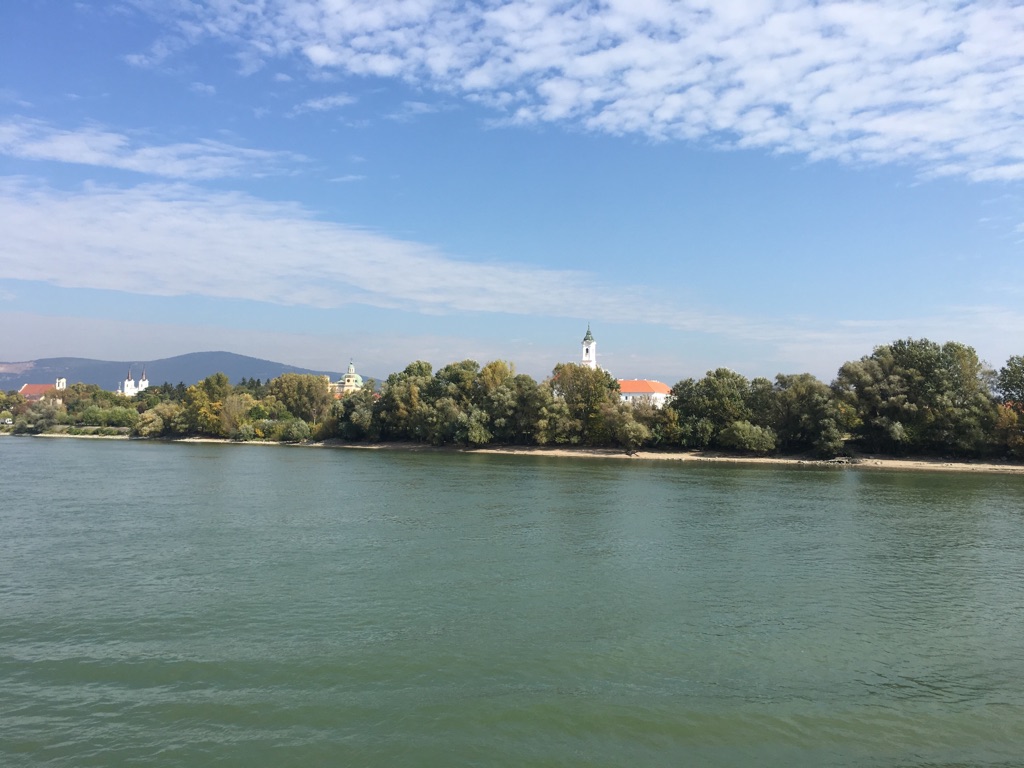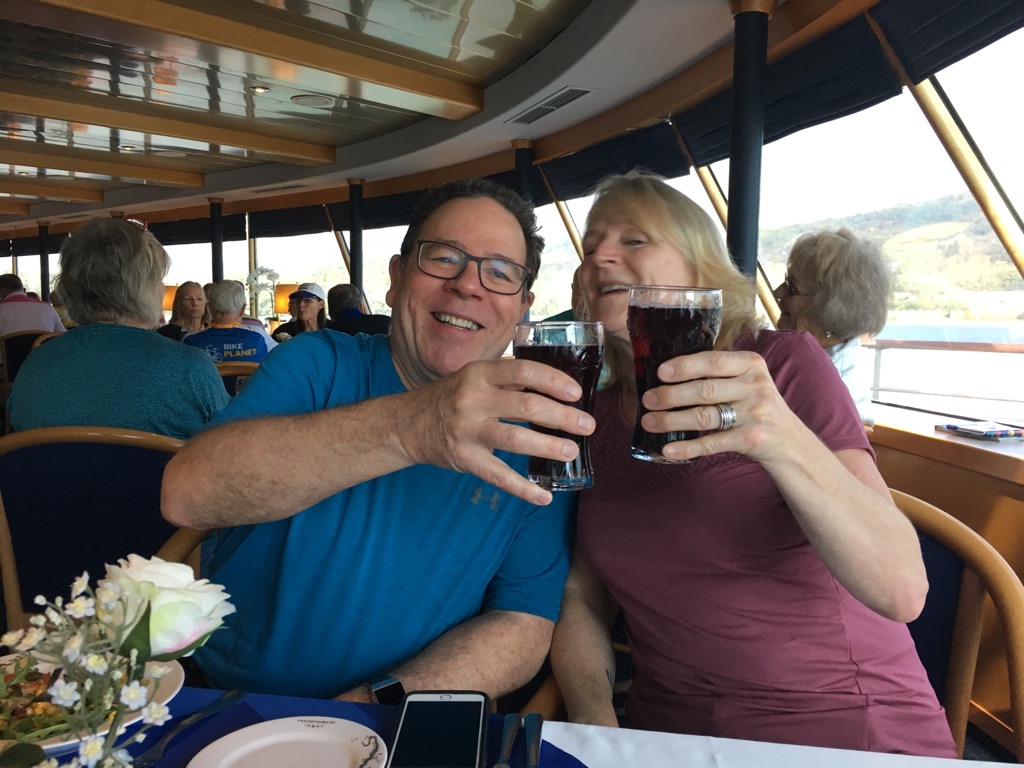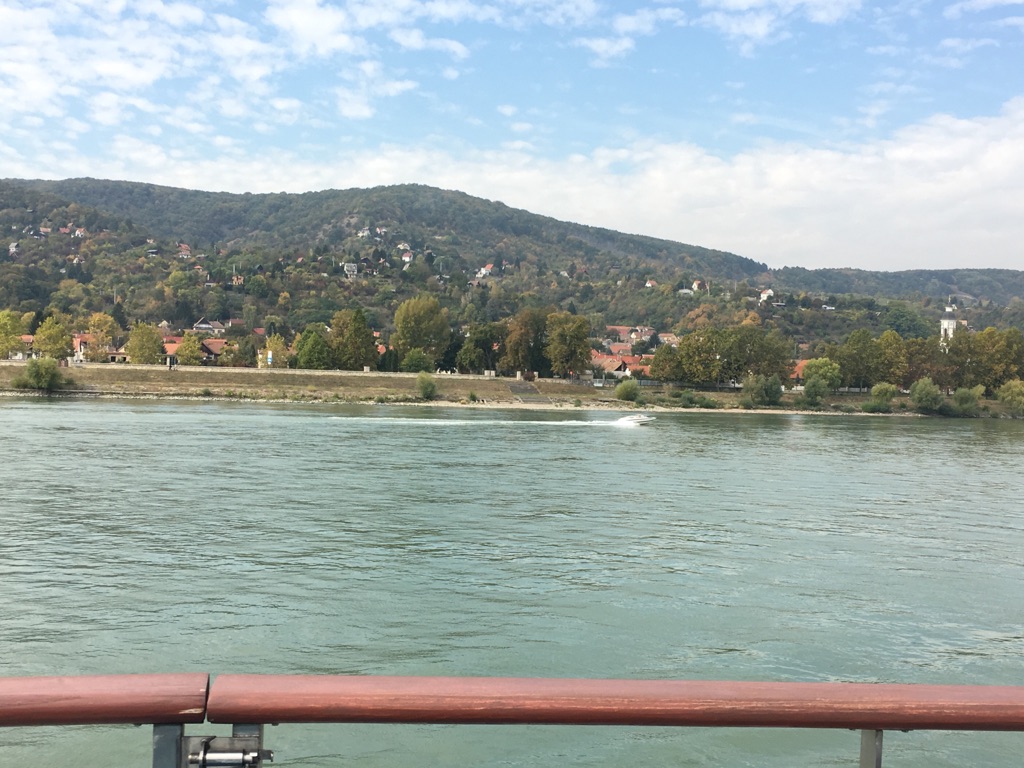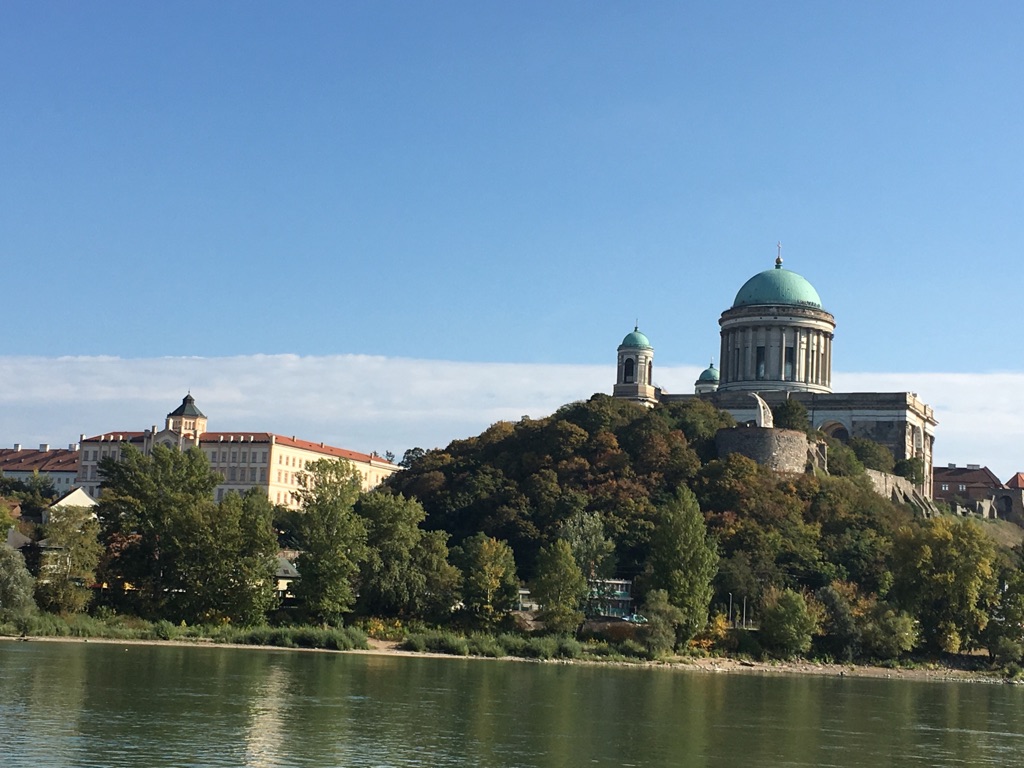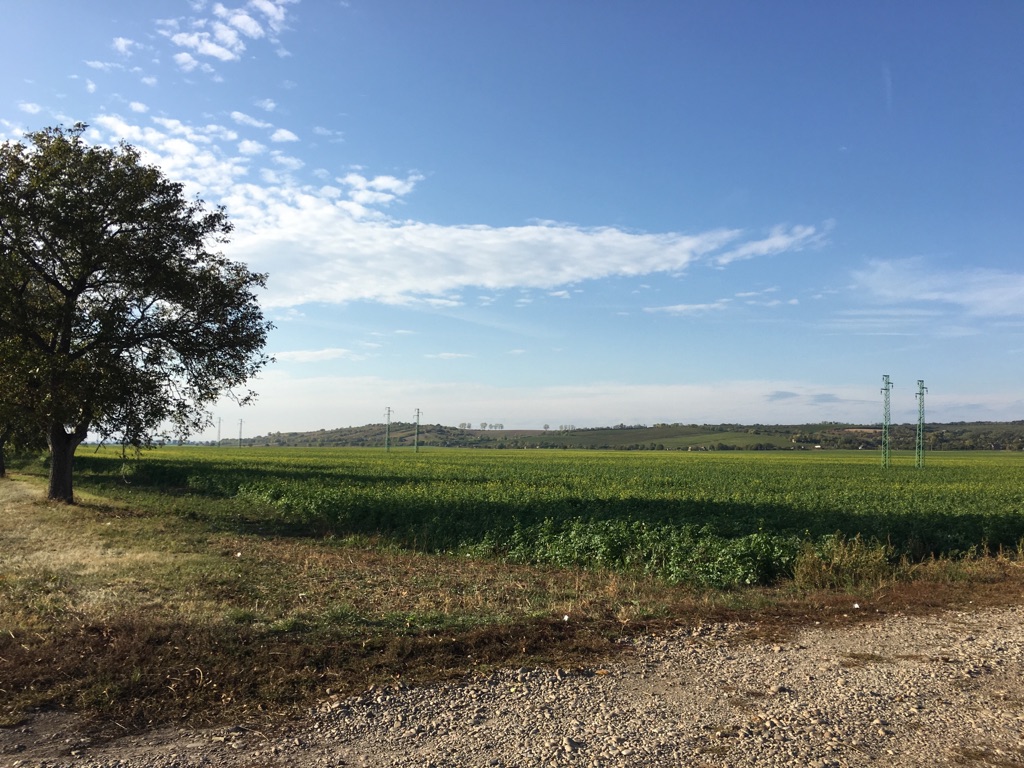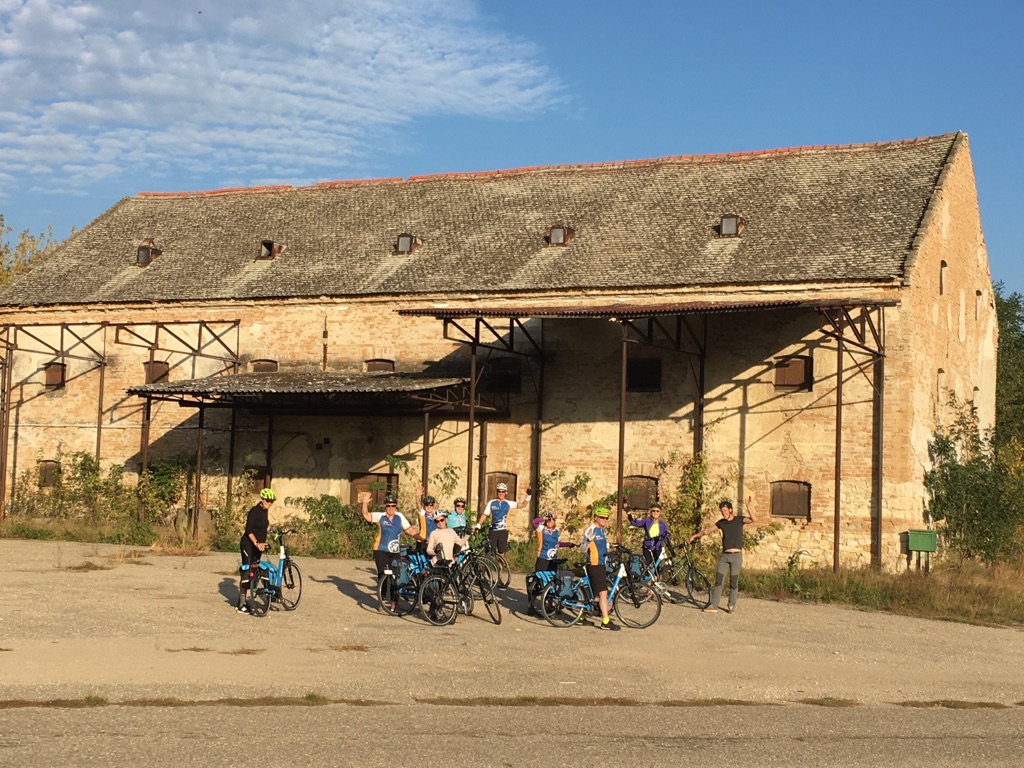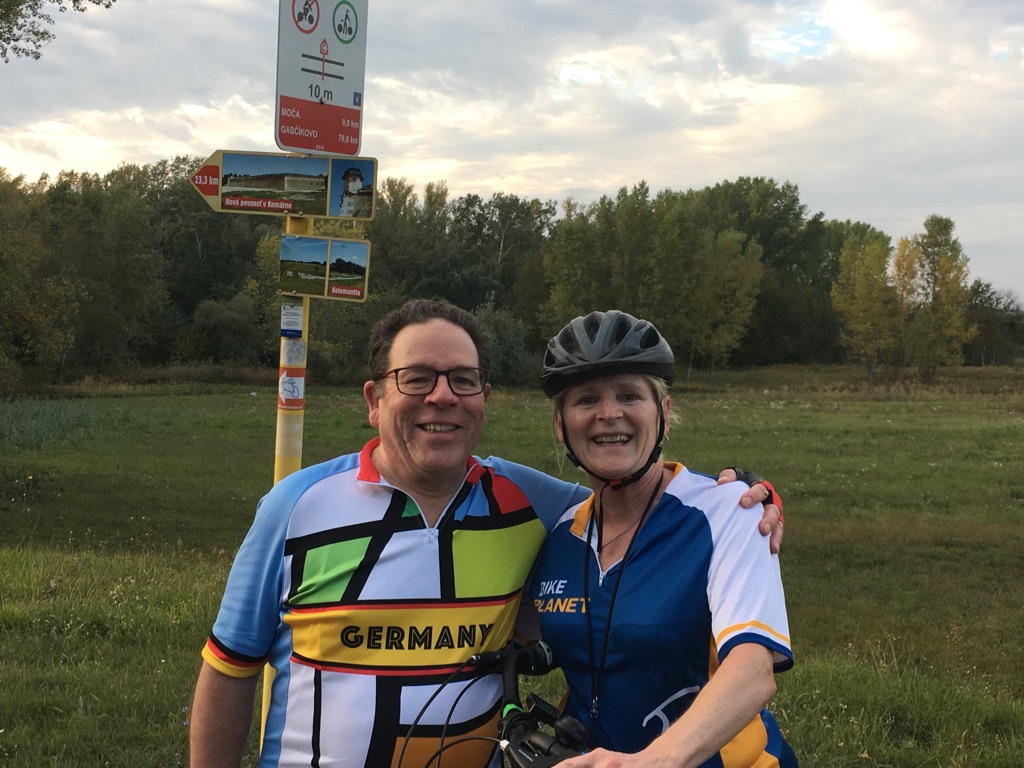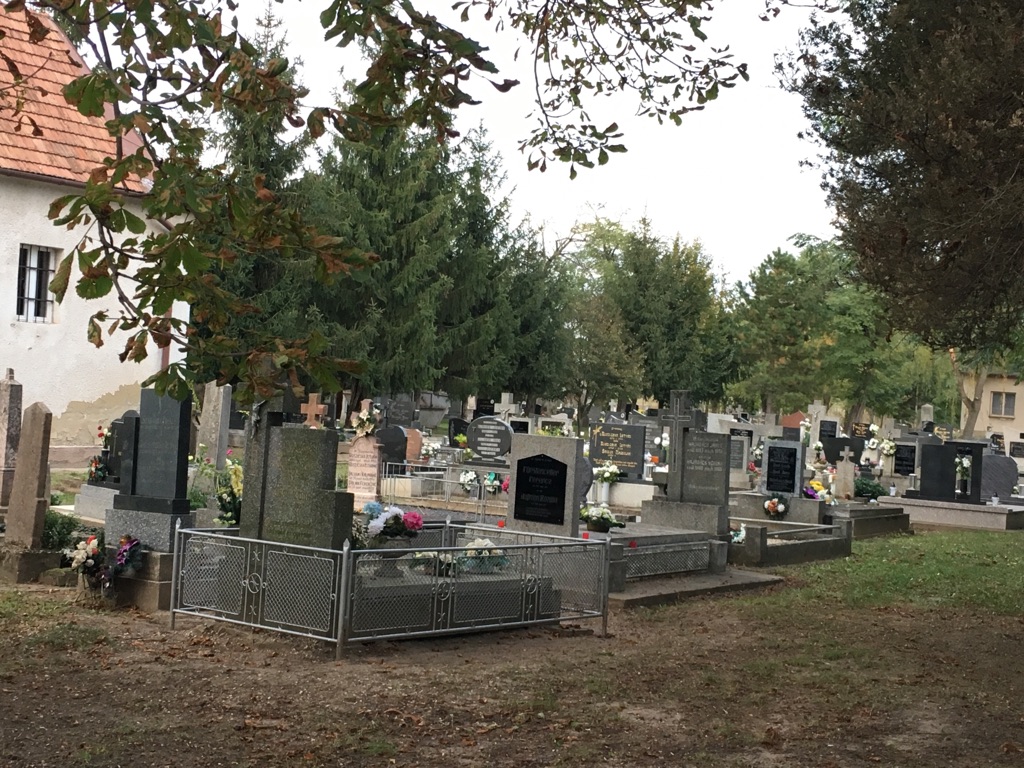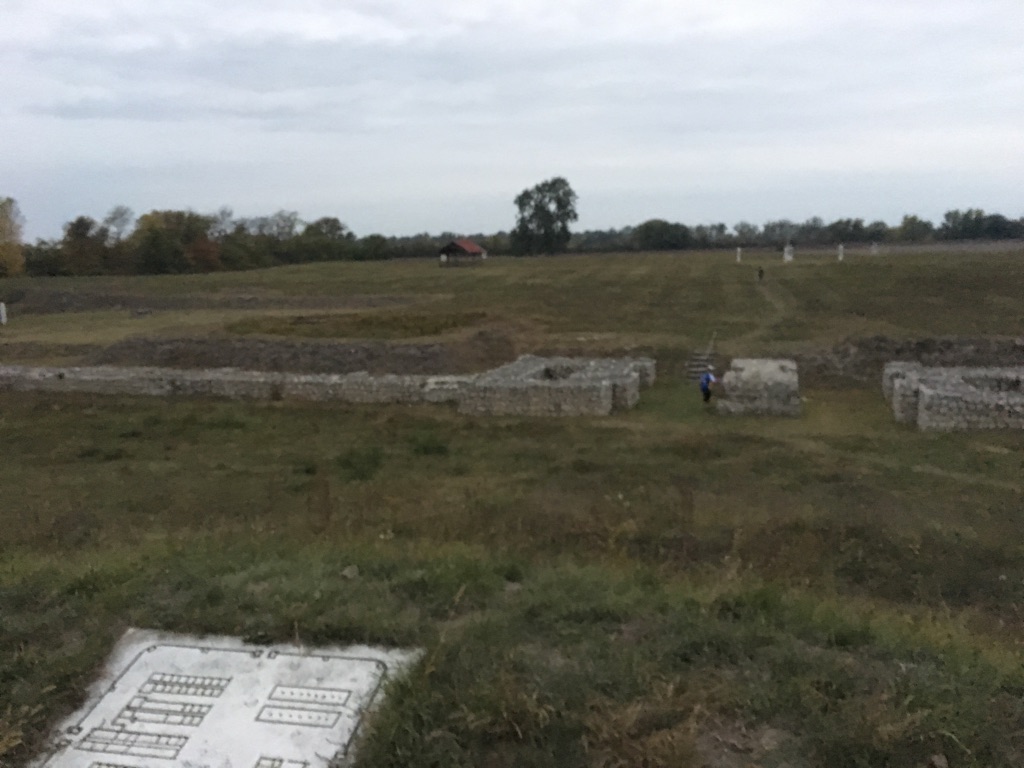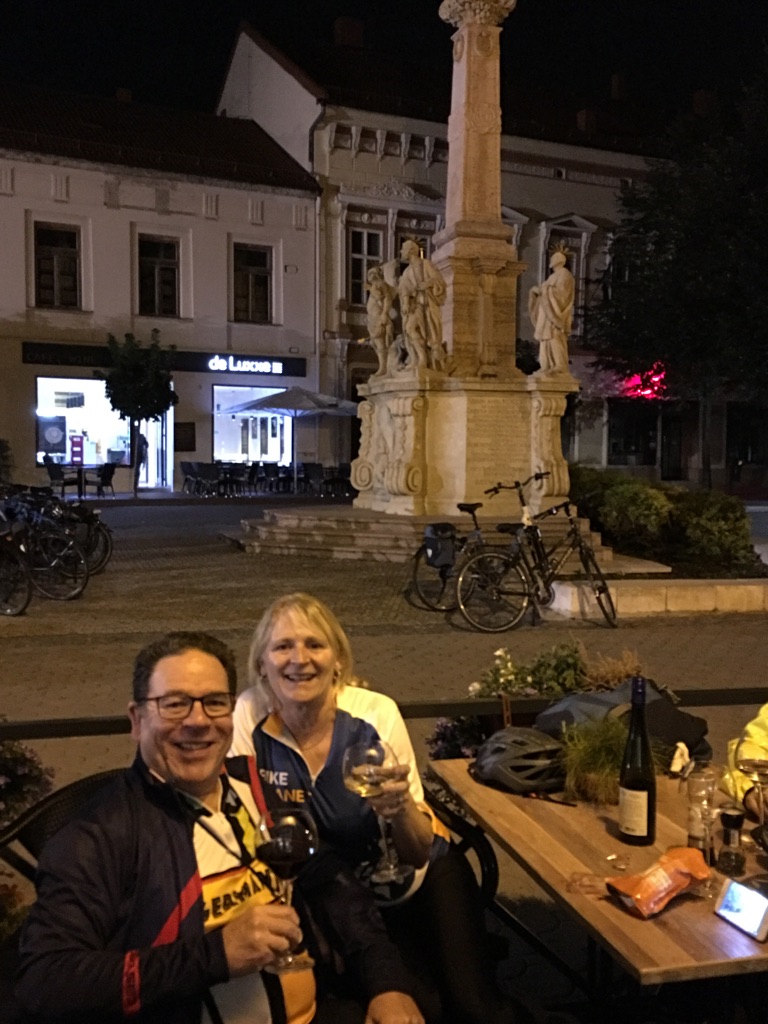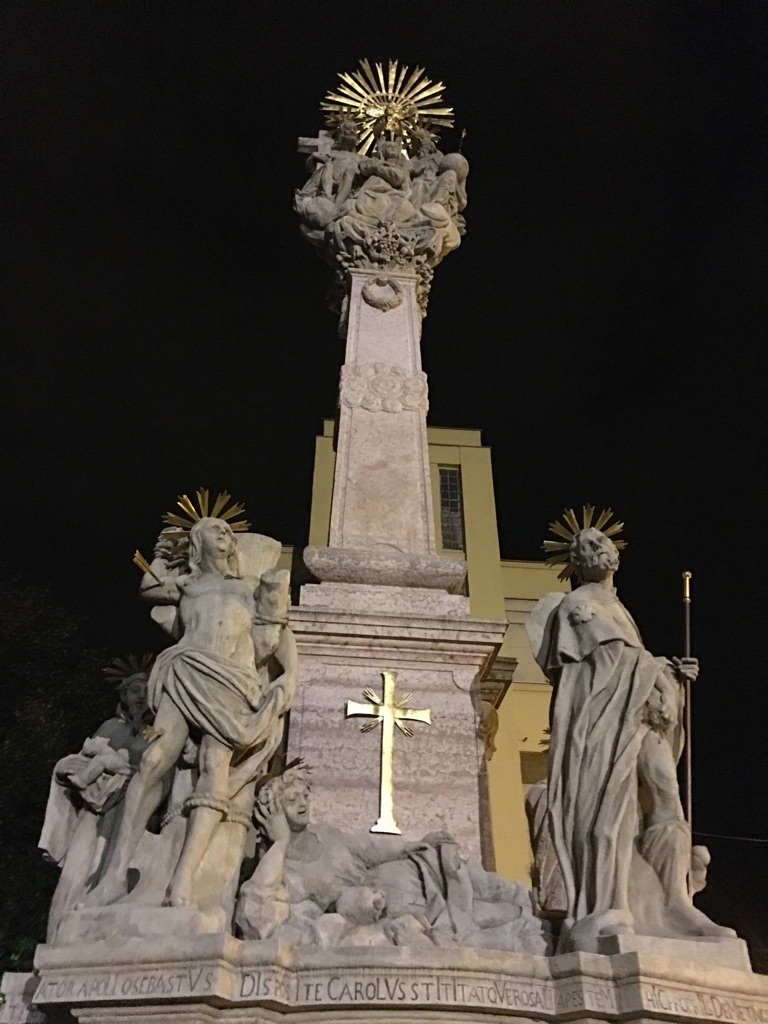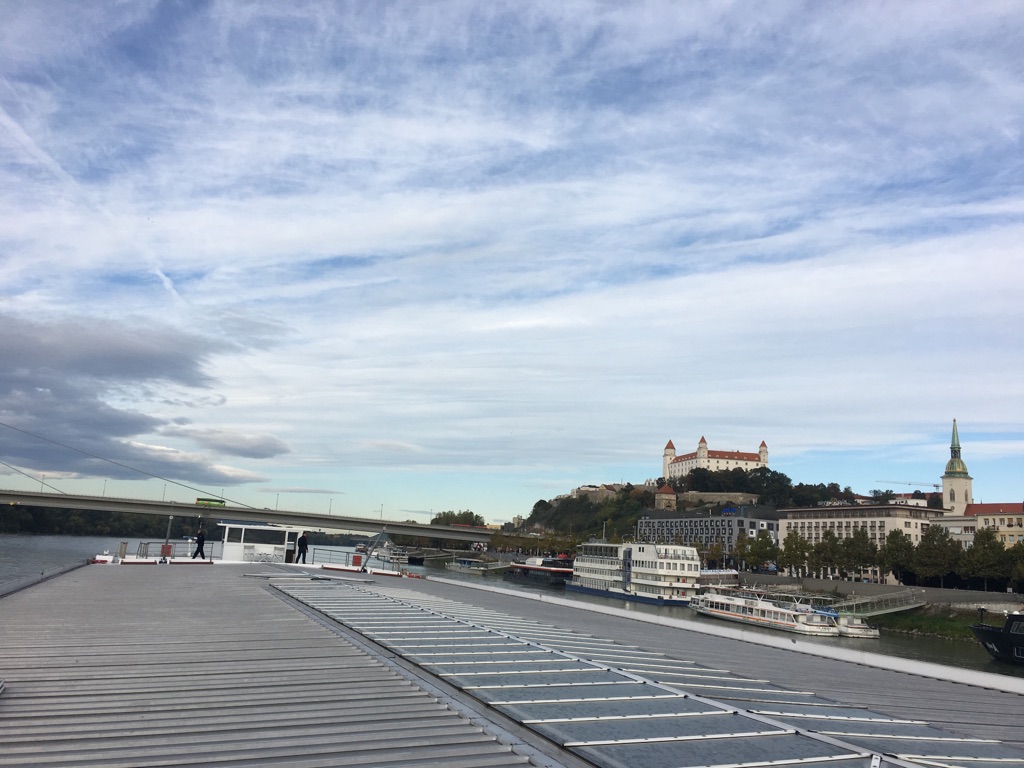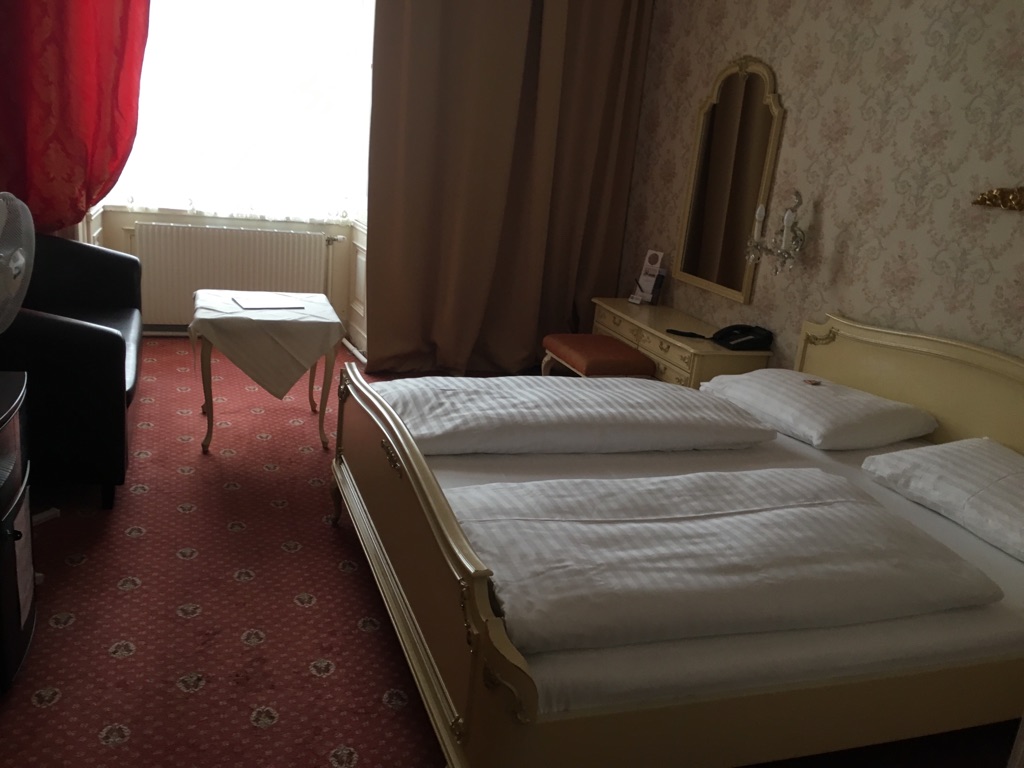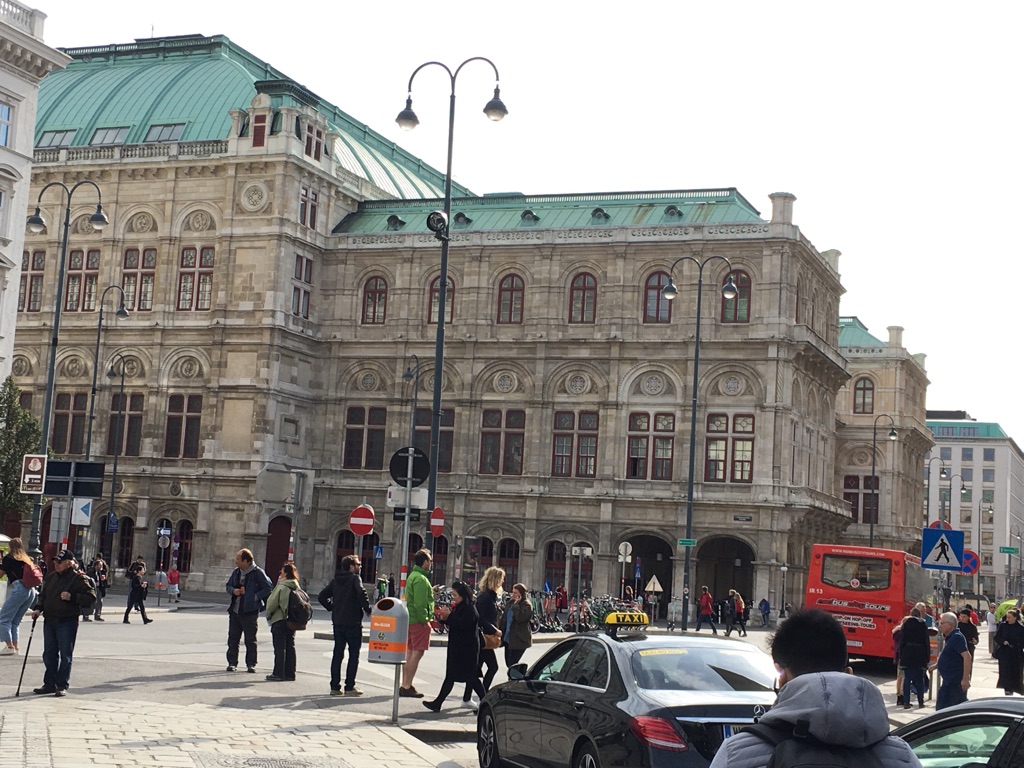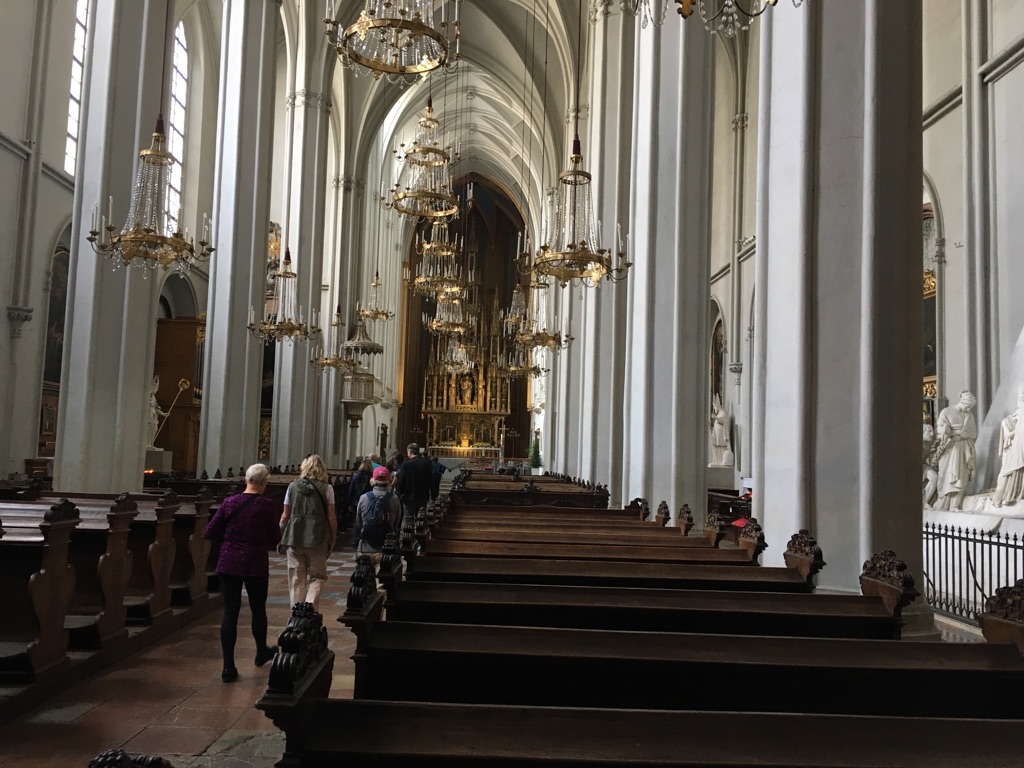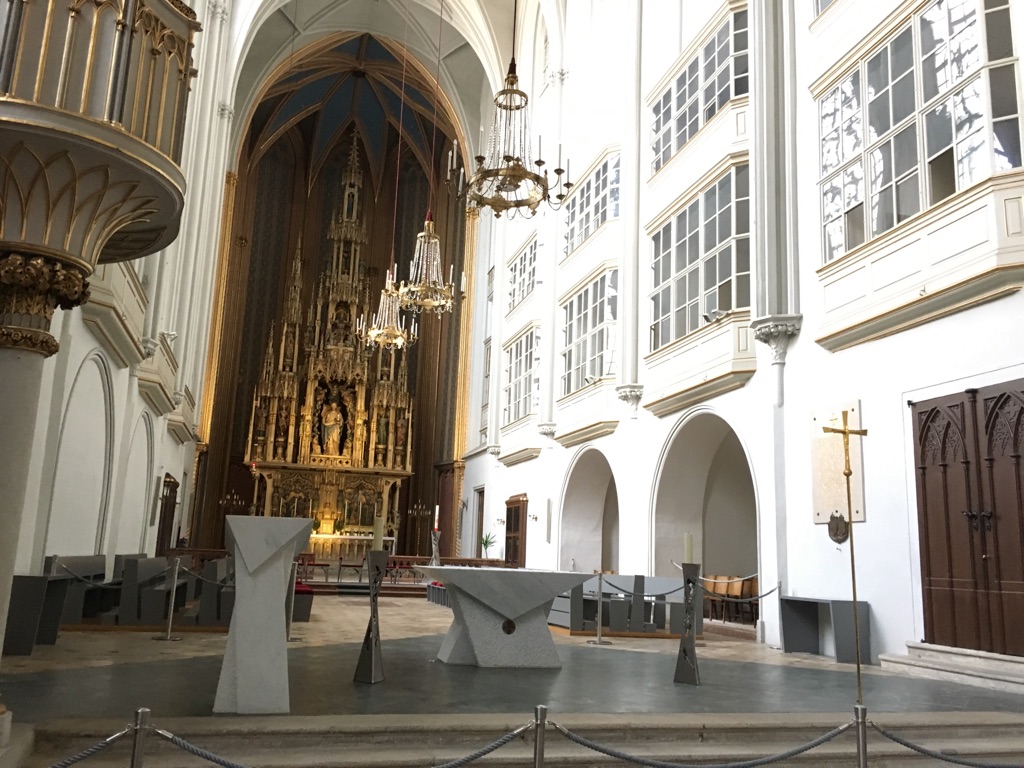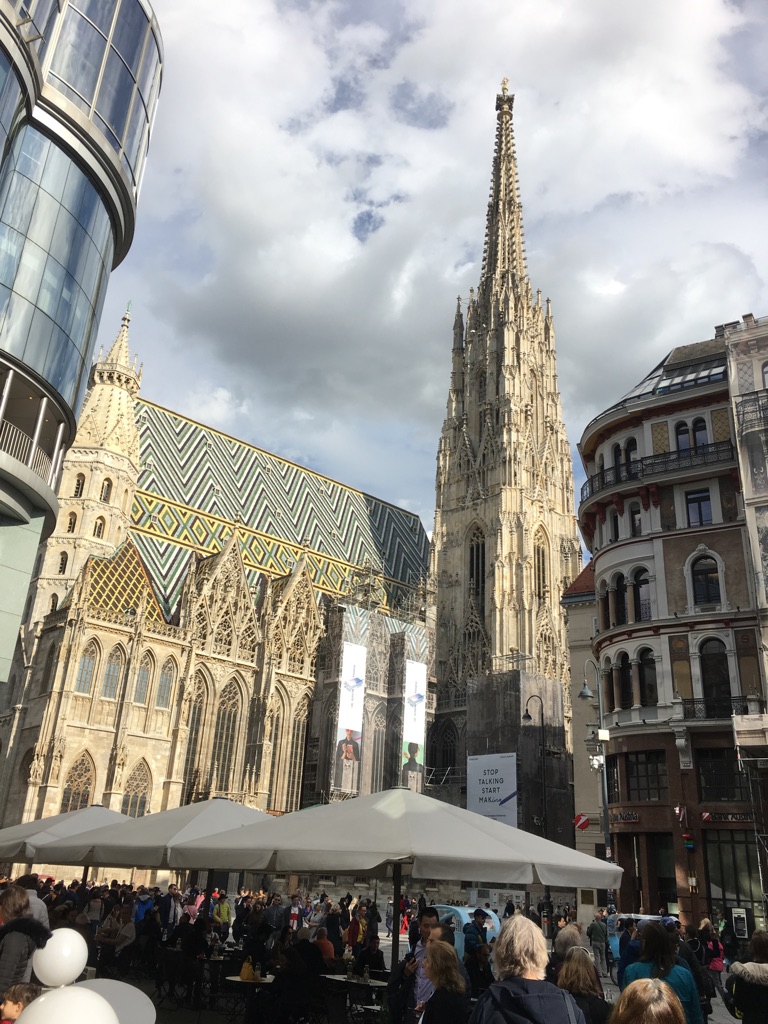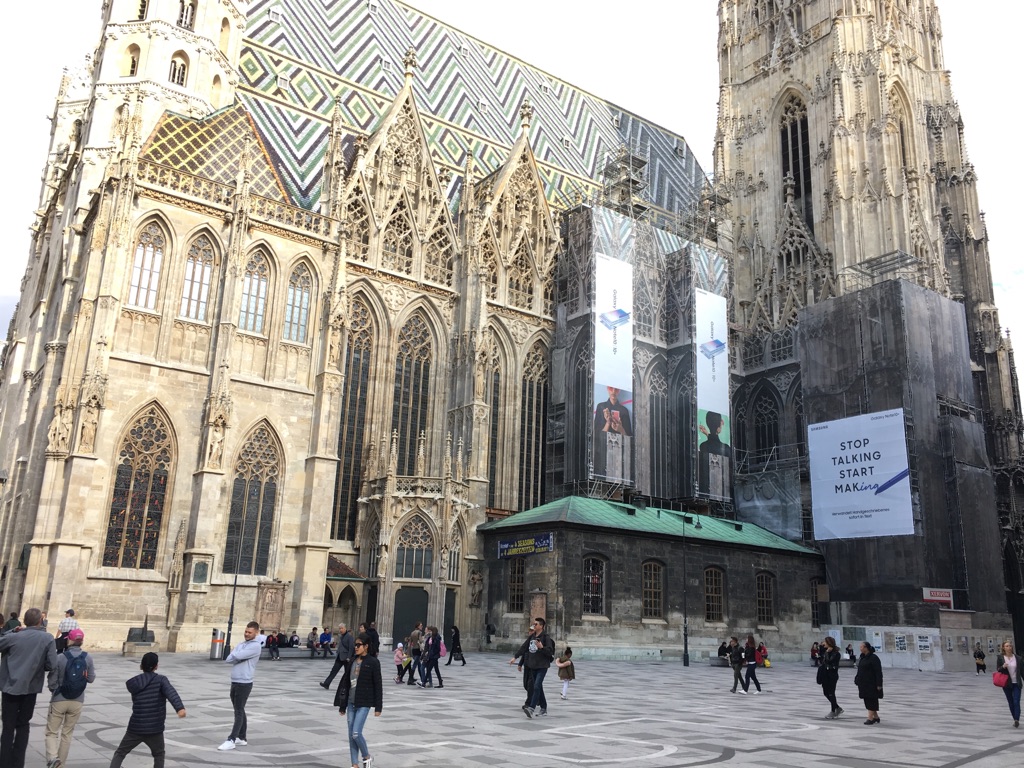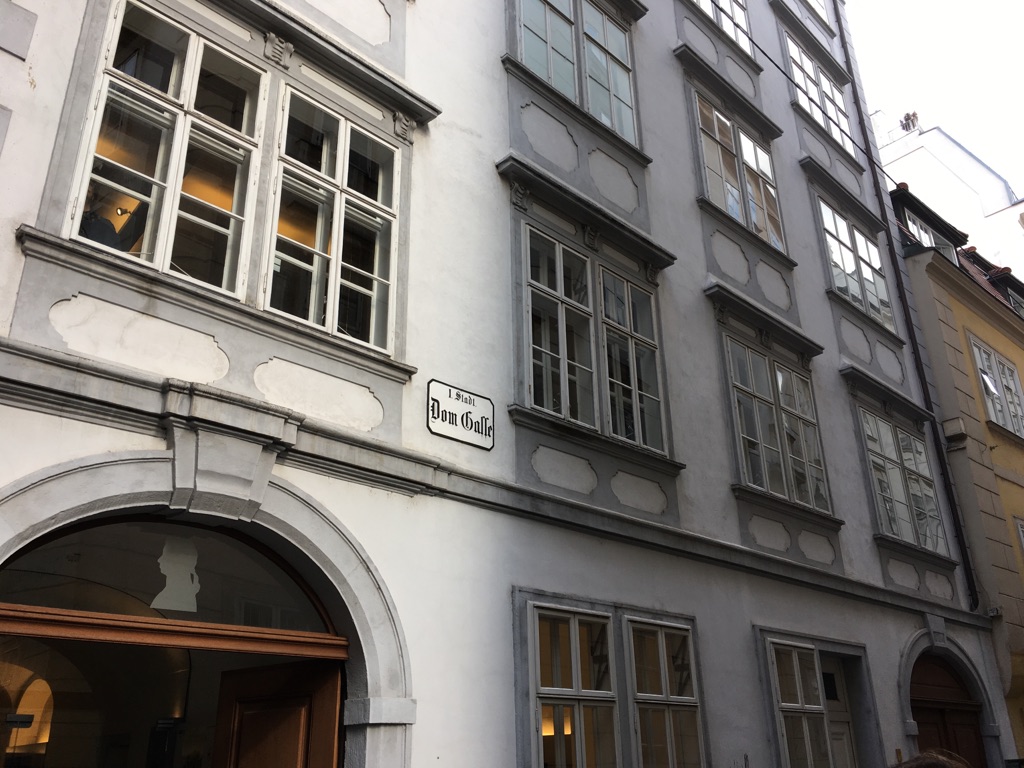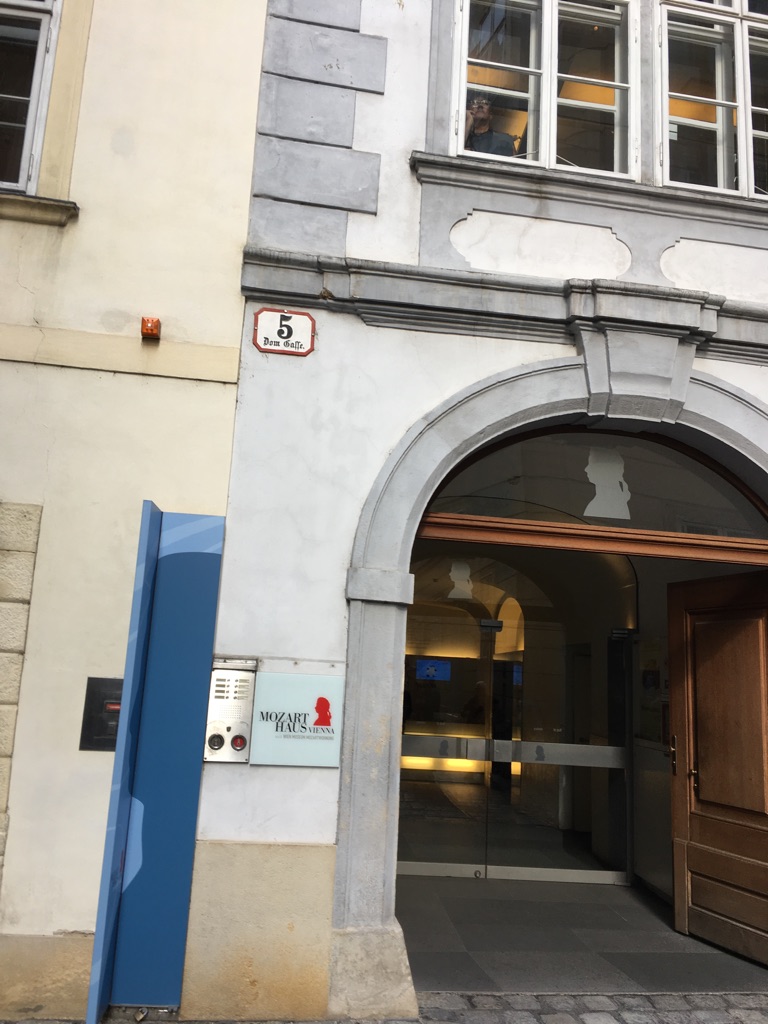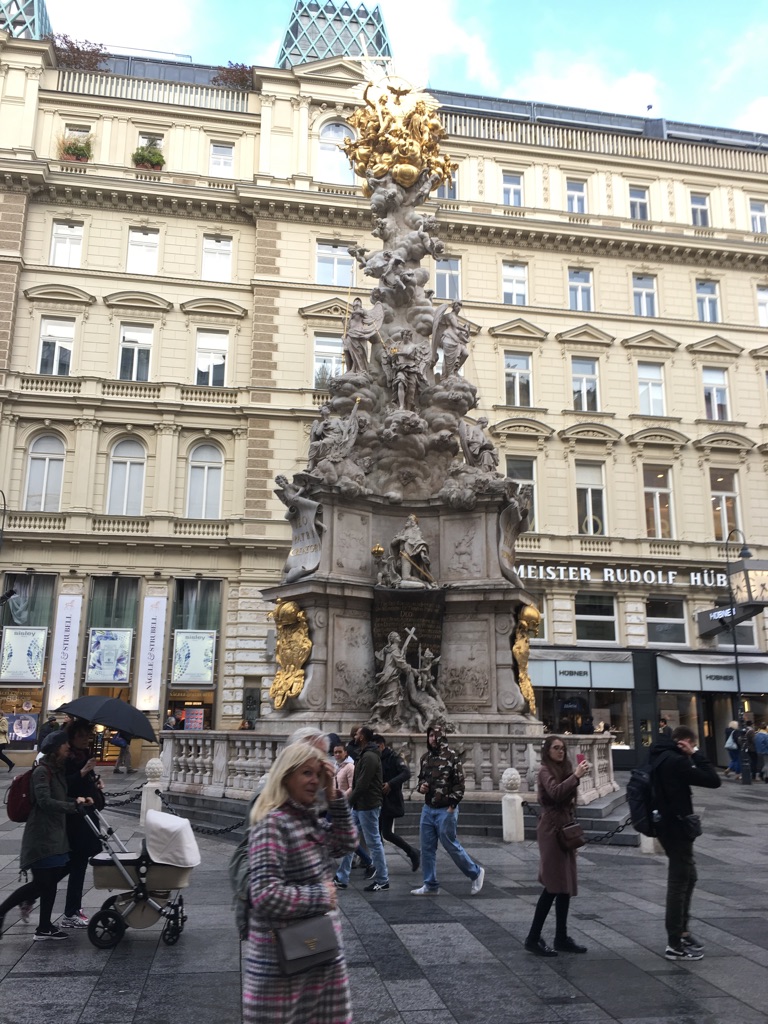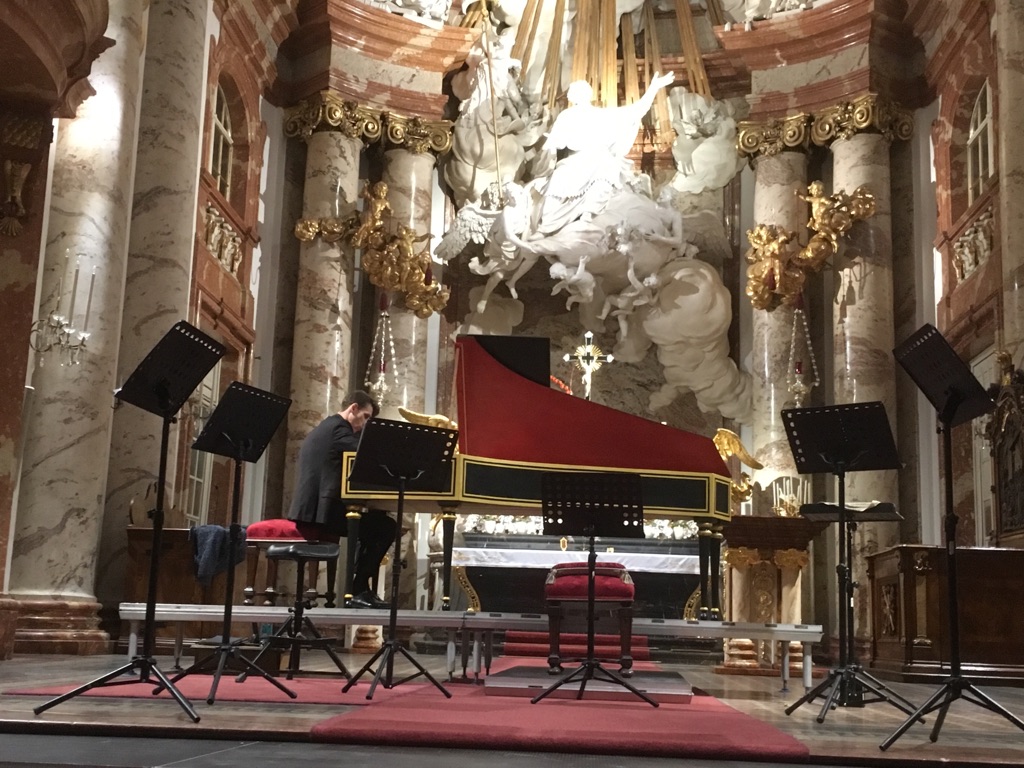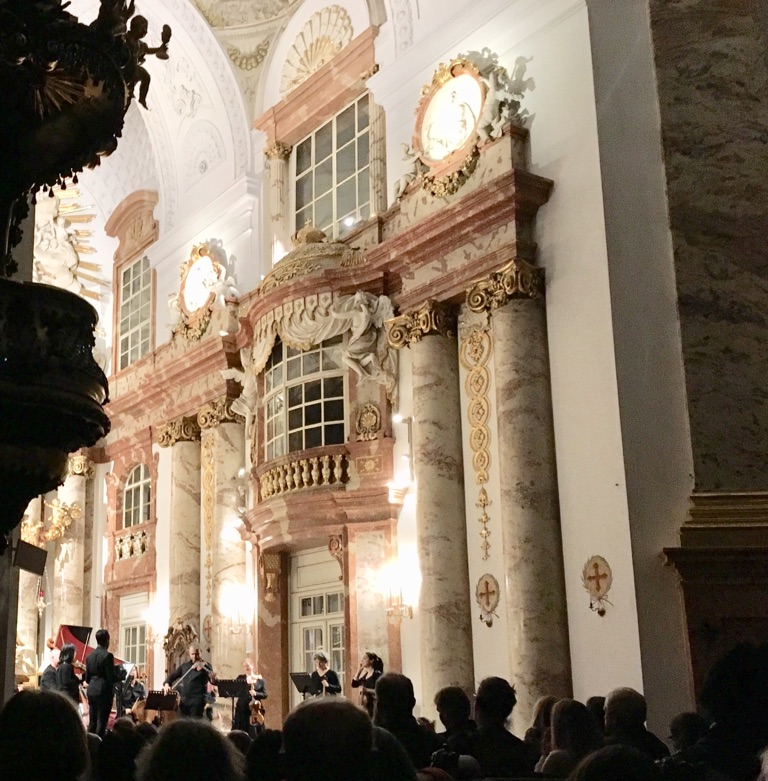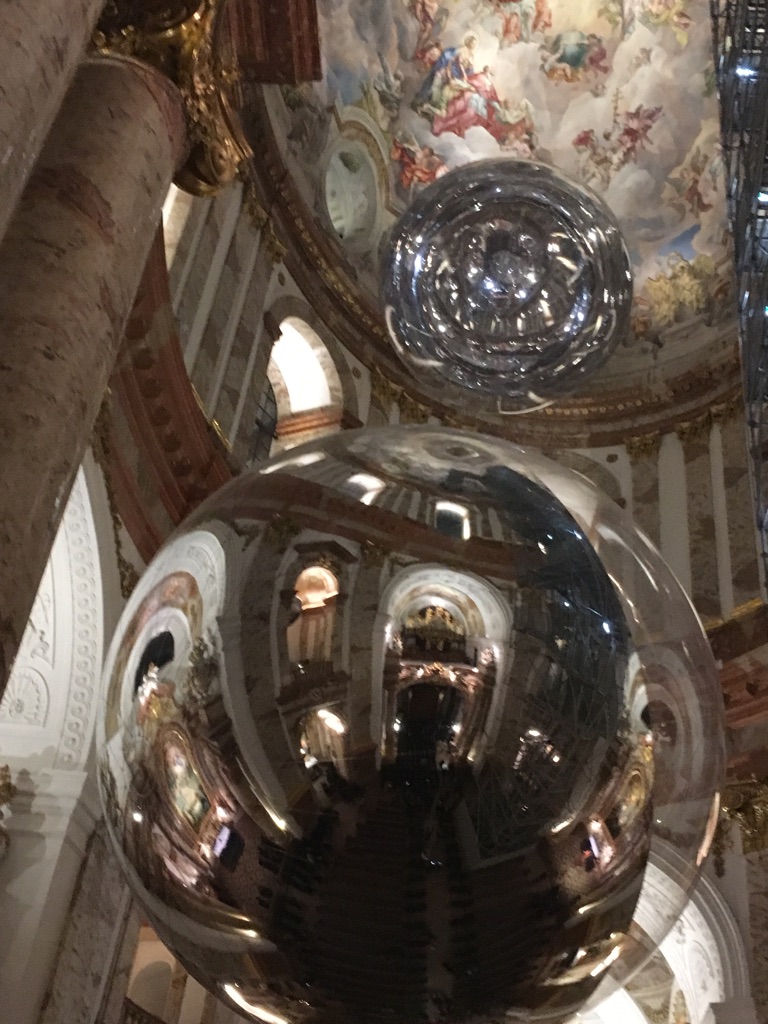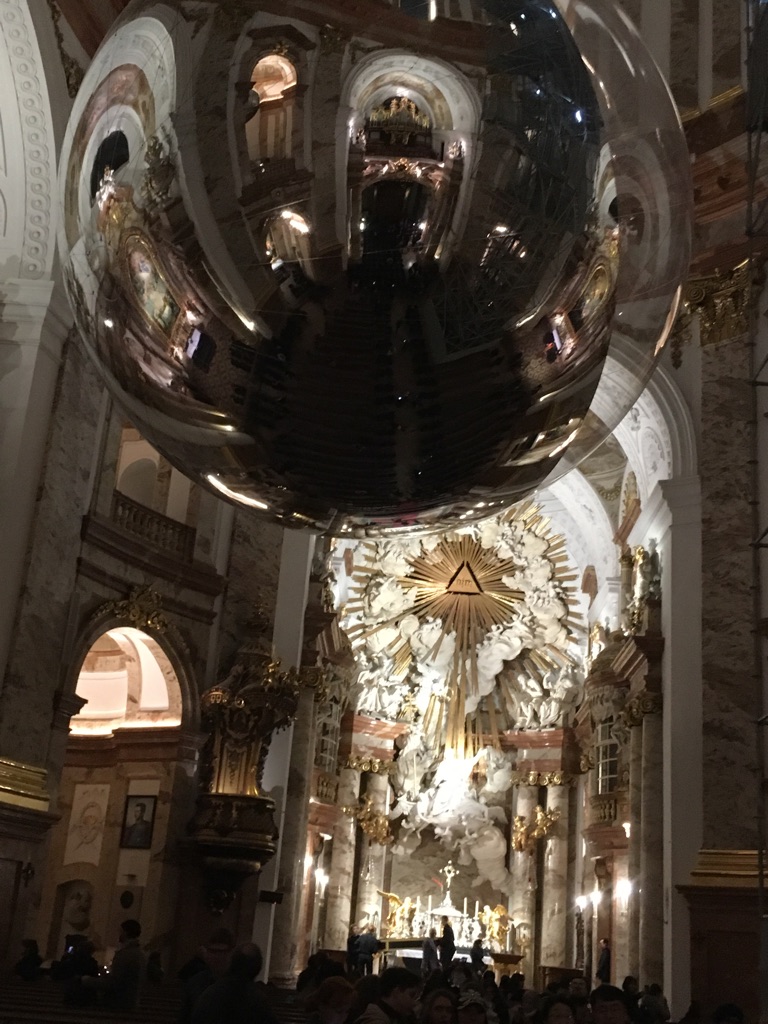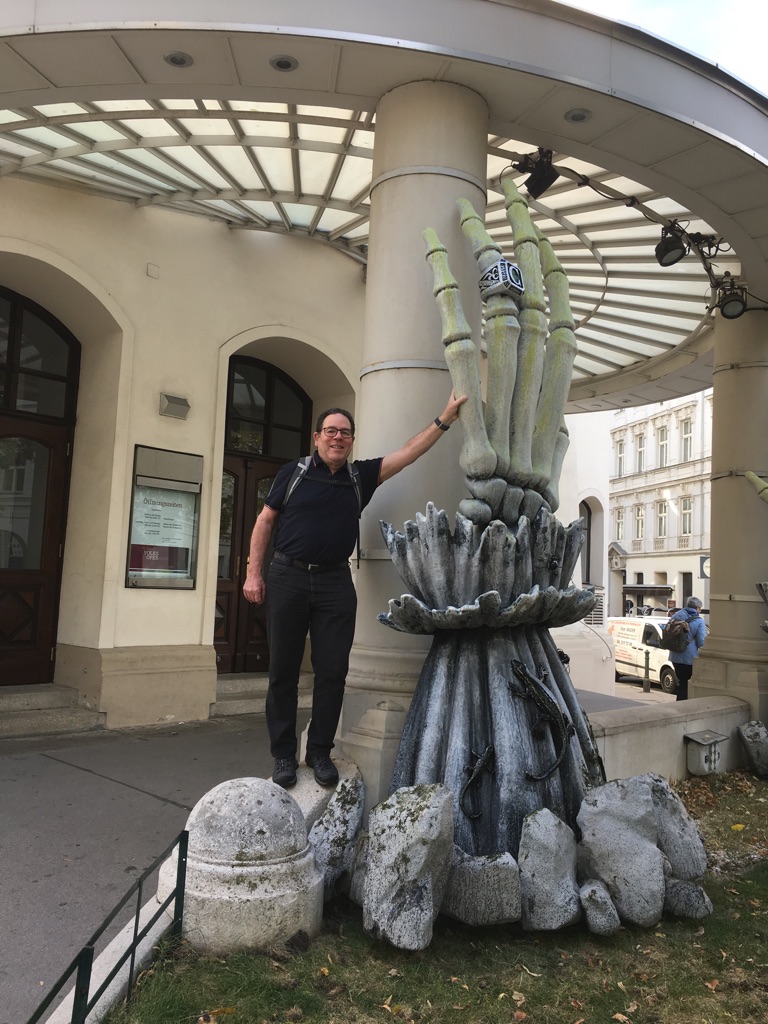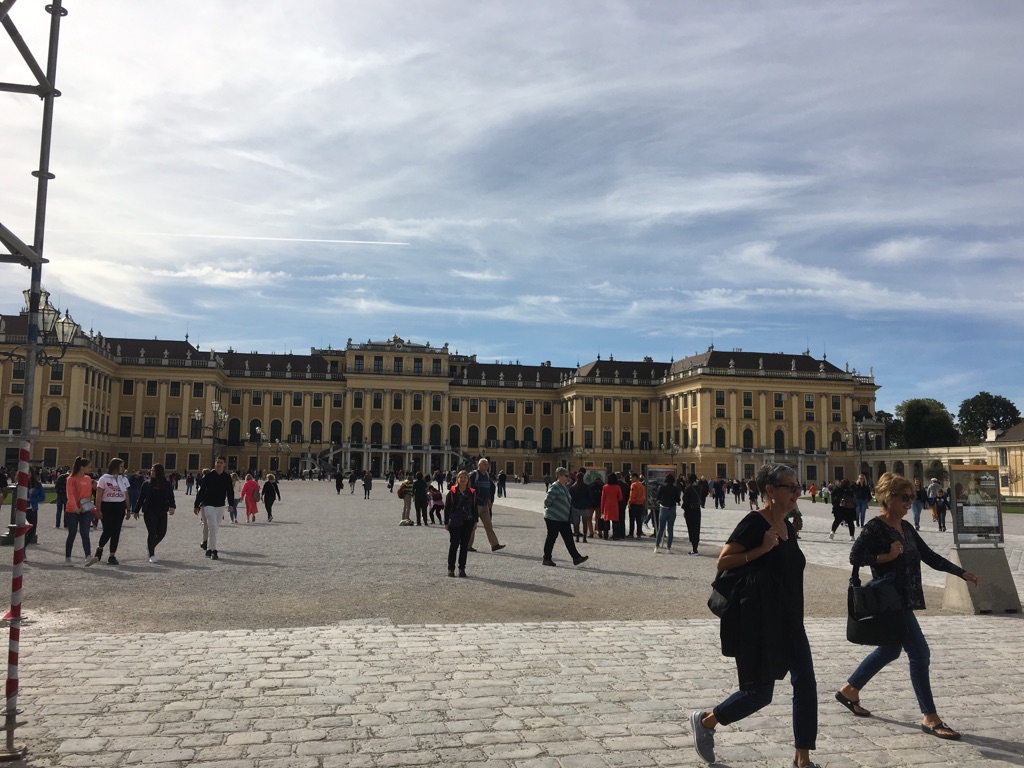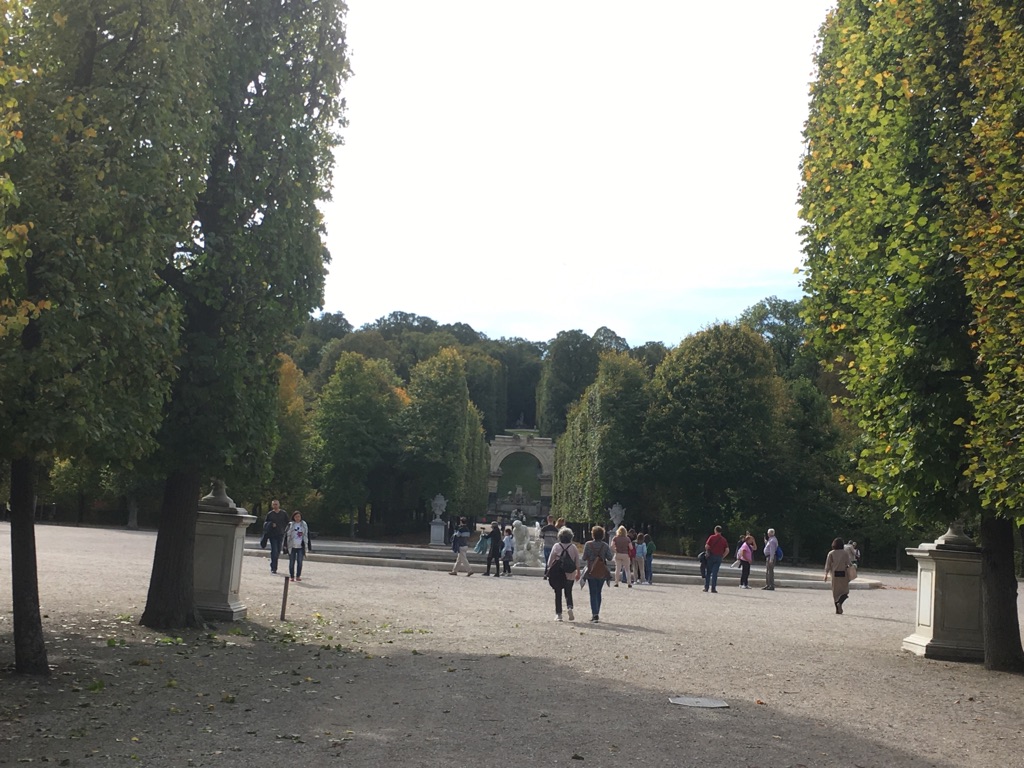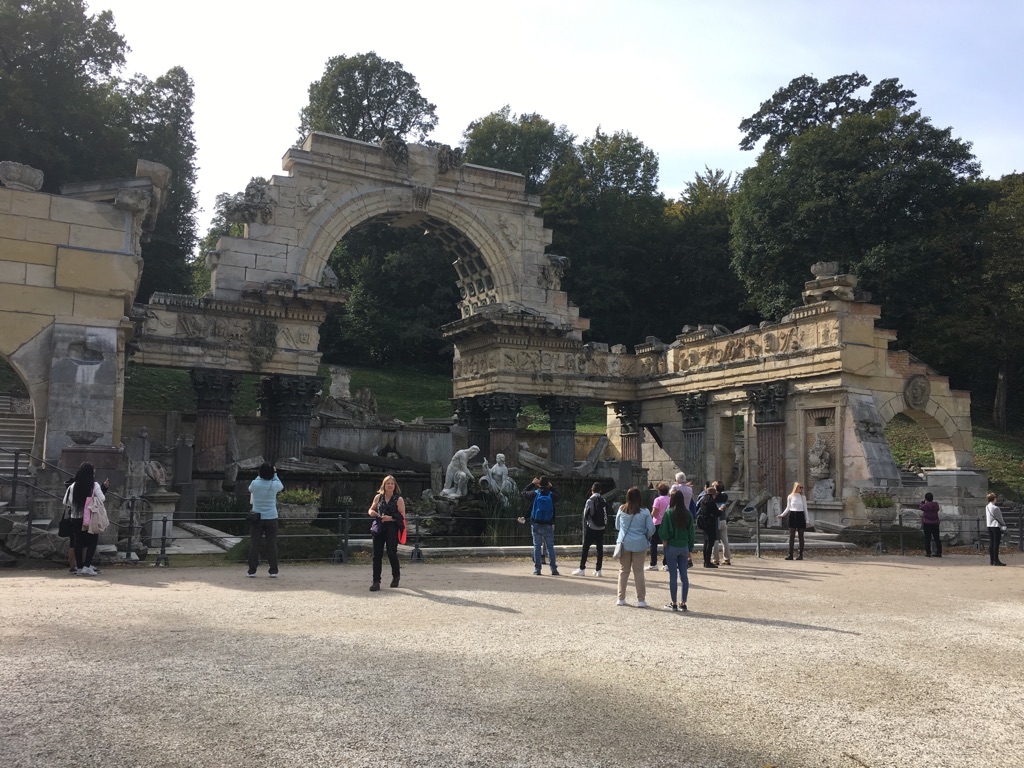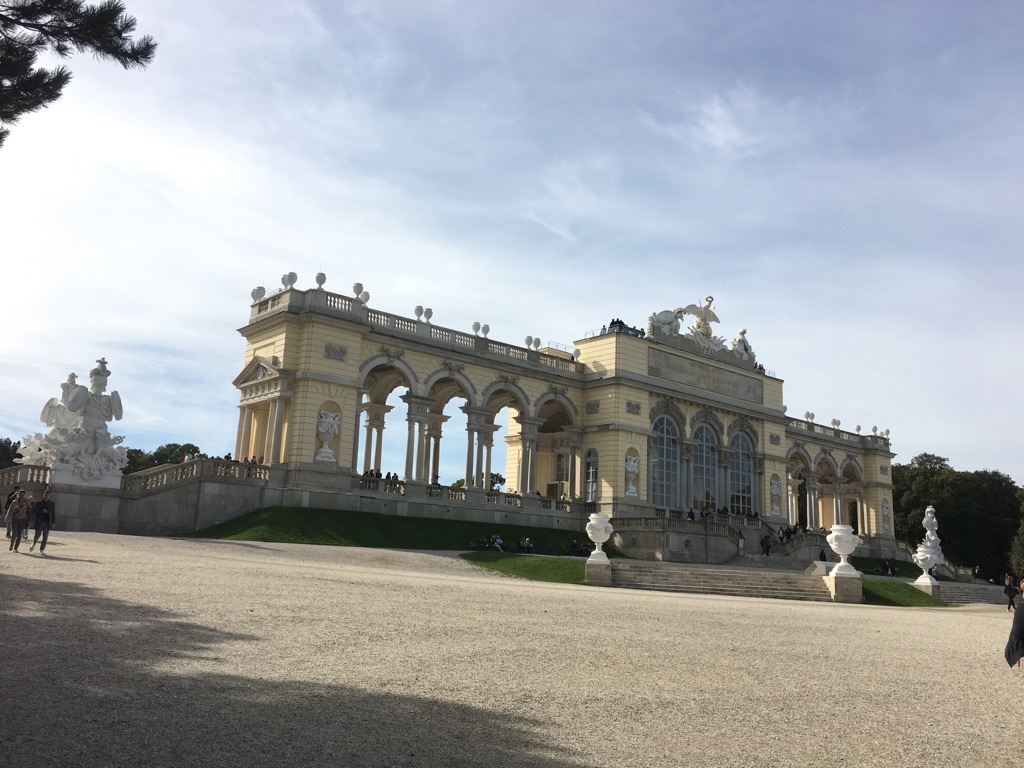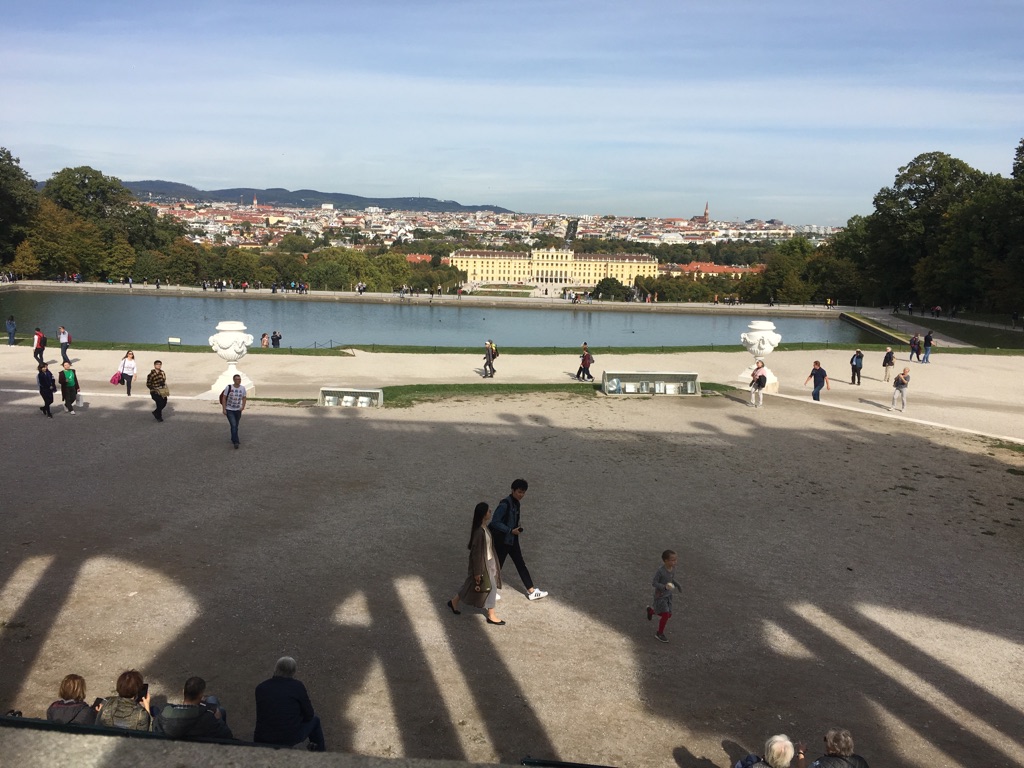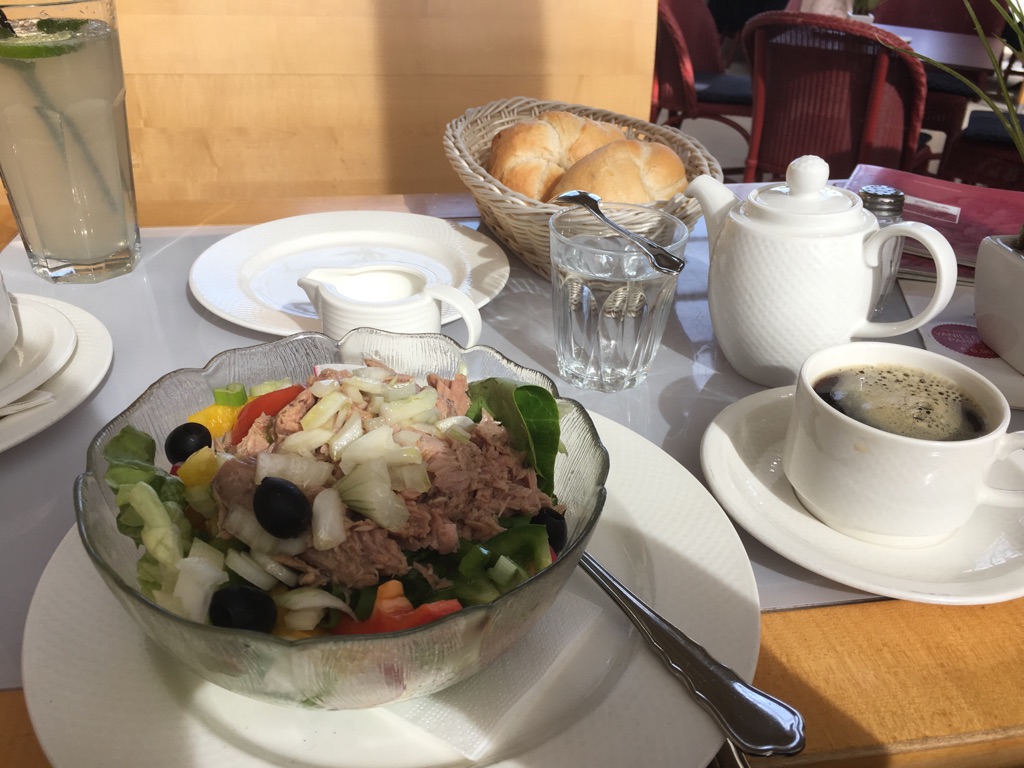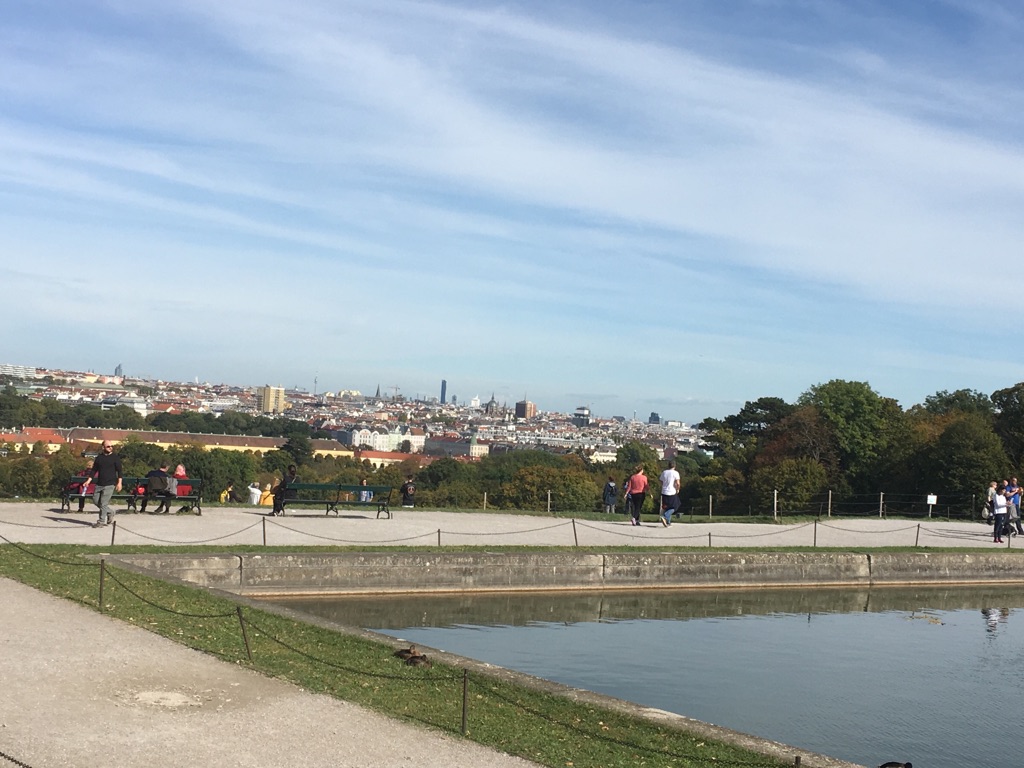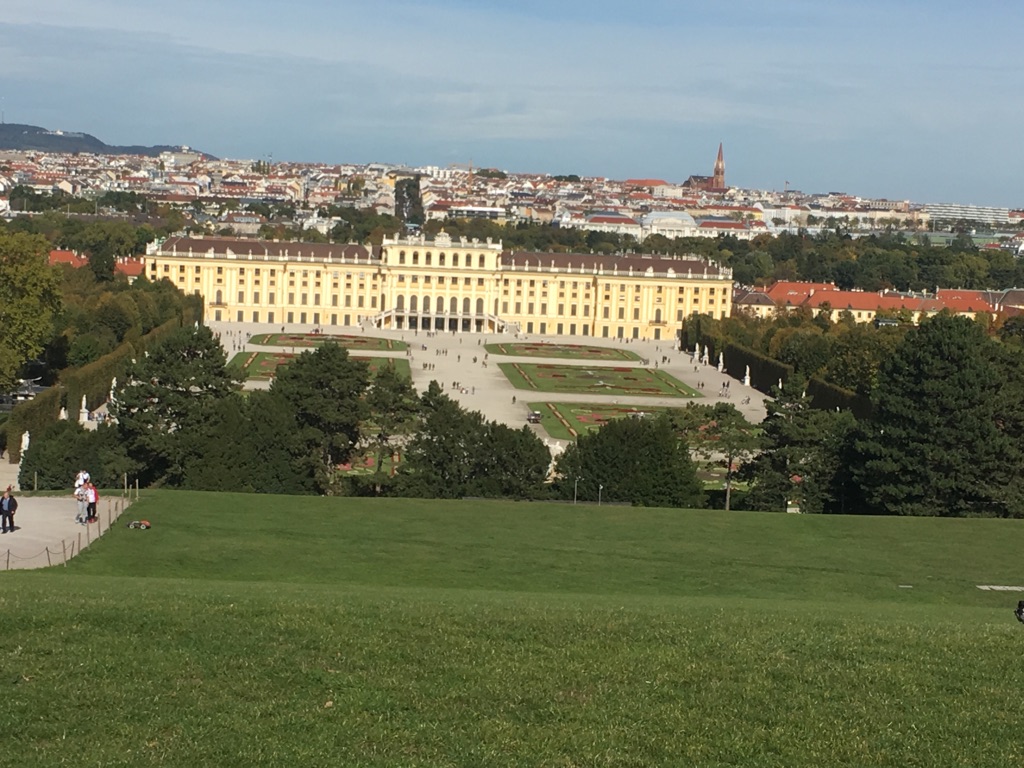The Danube River headwaters are in the Black Forest in Western Germany, and it flows 2900 km, through 10 countries, before draining in the Black Sea.

Map above, with outdated political boundaries, is annotated with the ports of call mentioned in this blog. Today is the easternmost stop at Belgrade, Serbia.
Serbia’s Plight
On Feb. 23, 2019 Serbian protesters held their 12th weekly demonstration against president Aleksandar Vucic in Belgrade.
These demonstrations were reportedly modest in size — protest organizers estimate around 10,000 participants in each. The protesters grievances are: perceived government corruption and opaqueness and a lack of media transparency. In Serbia, protests against Vucic have persisted every weekend since late December, with marchers often defying bitterly cold weather. Demonstrators are denying any connections with political parties or organizations and are demanding new elections, increased transparency in the Serbian state and an end to government control of the media.
This spate of protests indicates that citizens in one of Europe's poorest countries have grown increasingly frustrated with what they perceive as weak institutions, endemic corruption, and opaque governments and media. Addressing these issues will be critical for their prospects of one day joining the European Union. The European Commission and other EU institutions have repeatedly asked Balkan countries to strengthen anti-corruption efforts, fight organized crime and reduce political control of the judiciary before they join the bloc.
Ironically, as these countries' chances of joining the European Union appear to wane, their governments may be discouraged from introducing favorable reforms.
Source: Stratfor.

Grazing cows in front of an abandoned guard tower as we approach Belgrade, Serbia, after sailing 480 km from Budapest.
Patrol boats docked in Begrade.
Fortress Ruins.
The Romans conquered Serbia in the 2nd century BC.
Armies often fought in Belgrade; not because Serbia is gem, but because it was on the way to somewhere else (much like Belgium).
Between 1500 to 1800, the Ottomans took Serbia 4 times, and the Austrians took Serbia 4 times.
Each time the departing army razed the city.
Not a great place to live and raise a family.

Eternal Flame in Belgrade, a controversial memorial to the military and civilian victims of the NATO bombing in 1999.
During the NATO bombing of Yugoslavia in 1999, President Slobodan Milošević was charged by the International Criminal Tribunal for the former Yugoslavia with war crimes in connection to the wars in Bosnia, Croatia, and Kosovo. Milošević was arrested by Yugoslav federal authorities in March 2001 on suspicion of corruption, abuse of power, and embezzlement.
After Milošević's death, the International Court of Justice concluded in the Bosnian Genocide Case that there was no evidence linking him to genocide committed by Bosnian Serb forces during the Bosnian War.
However, the Court did find that Milošević and others in Serbia had committed a breach of the Genocide Convention by failing to prevent the genocide from occurring and for not cooperating in punishing the perpetrators of the genocide, in particular General Ratko Mladić.
Milošević's rule has been described by observers as authoritarian or autocratic.
Source: Wikipedia.

Above — some evidence remains of the UN bombing campaign to end ethnic cleansing in Kosovo.
During the ten weeks of the conflict, NATO aircraft flew over 38,000 combat missions.
Human Rights Watch concluded "that as few as 489 and as many as 528 Yugoslav civilians were killed in the ninety separate incidents in Operation Allied Force".
"Dual-use" targets, used by civilians and military, were attacked, including bridges across the Danube, factories, power stations, telecommunications facilities, the headquarters of Yugoslav Leftists, a political party led by Milošević's wife, and the Avala TV Tower.
Some protested that these actions were violations of international law and the Geneva Conventions.
NATO argued these facilities were potentially useful to the Yugoslav military and thus their bombing was justified.
The Hague Tribunal ruled that over 700,000 Kosovo Albanians were forcibly displaced by Yugoslav forces into neighboring Albania and Macedonia, with many thousands displaced within Kosovo.
The United Nations and international human rights organizations were convinced the crisis resulted from a policy of ethnic cleansing. Many accounts from both Serbs and Albanians identified Yugoslav security forces and paramilitaries as the culprits, responsible for systematically emptying towns and villages of their Albanian inhabitants by forcing them to flee.
Atrocities against civilians in Kosovo were the basis of United Nations war crimes charges against Milošević and other officials responsible for directing the Kosovo conflict.
Source: Wikipedia.

Police cordon keeps us away from parliament buildings, because Turkey’s President Erdogan is in town to announce some investments.
Parliament buildings.
Serbia is reliant on support from Russia, China and Turkey.
Crumbling concrete apartments from the Soviet era.
First class, modern apartments with ground floor commercial, with playgrounds and a riverfront promenade — is being built by Dubai money.
New bridges have been built.
10-story offices buildings are popping up.
We had a lovely dinner of traditional Serbian foods in old town, built in the 1870’s.
Old town.
Today we cycled 19 km.
